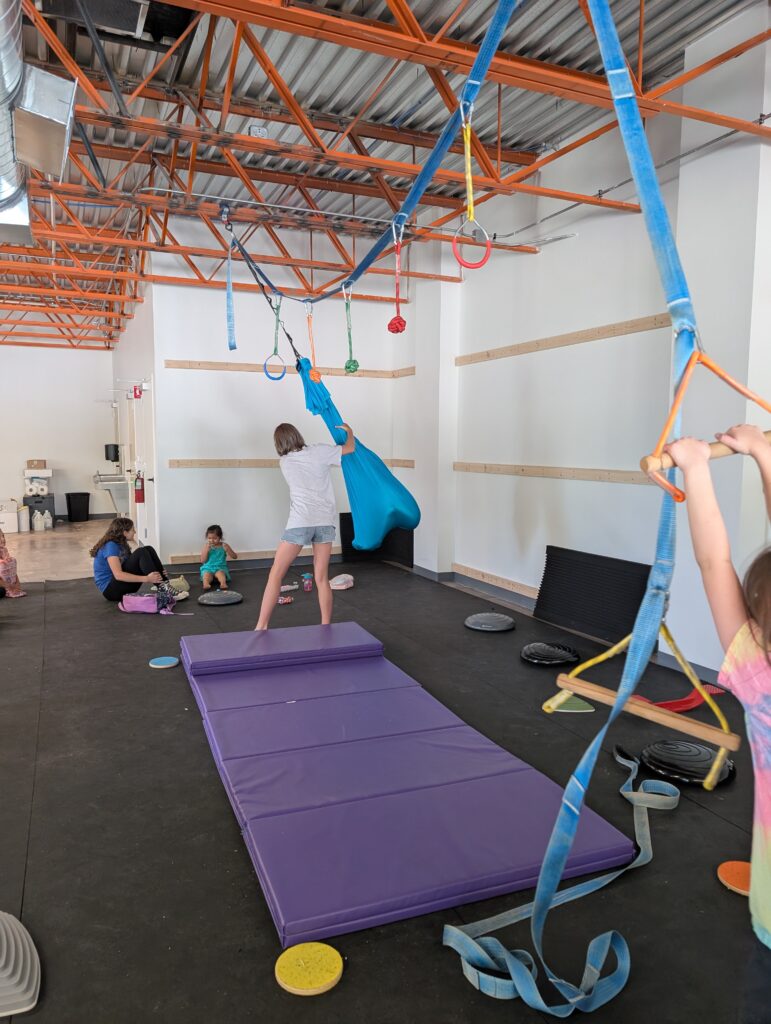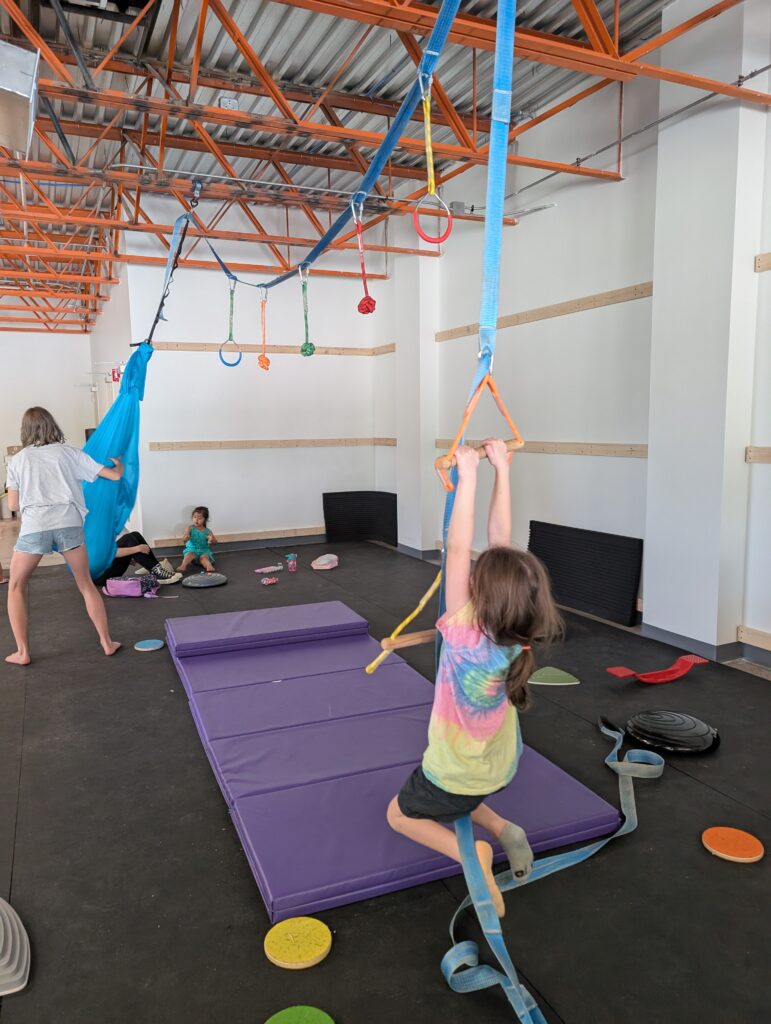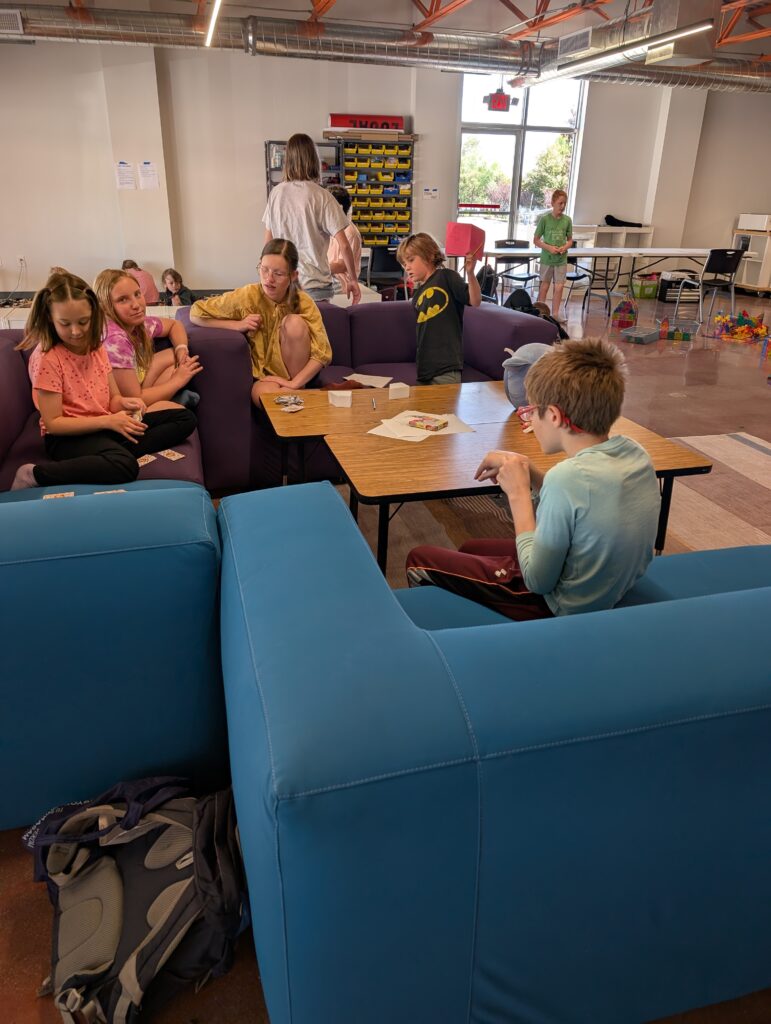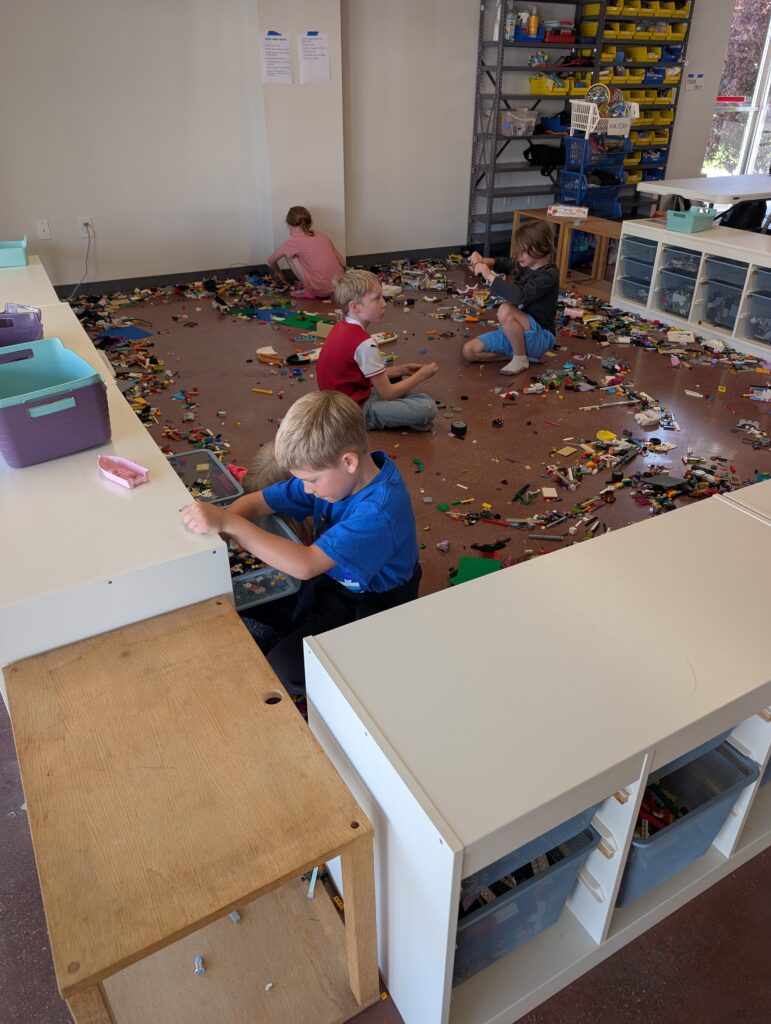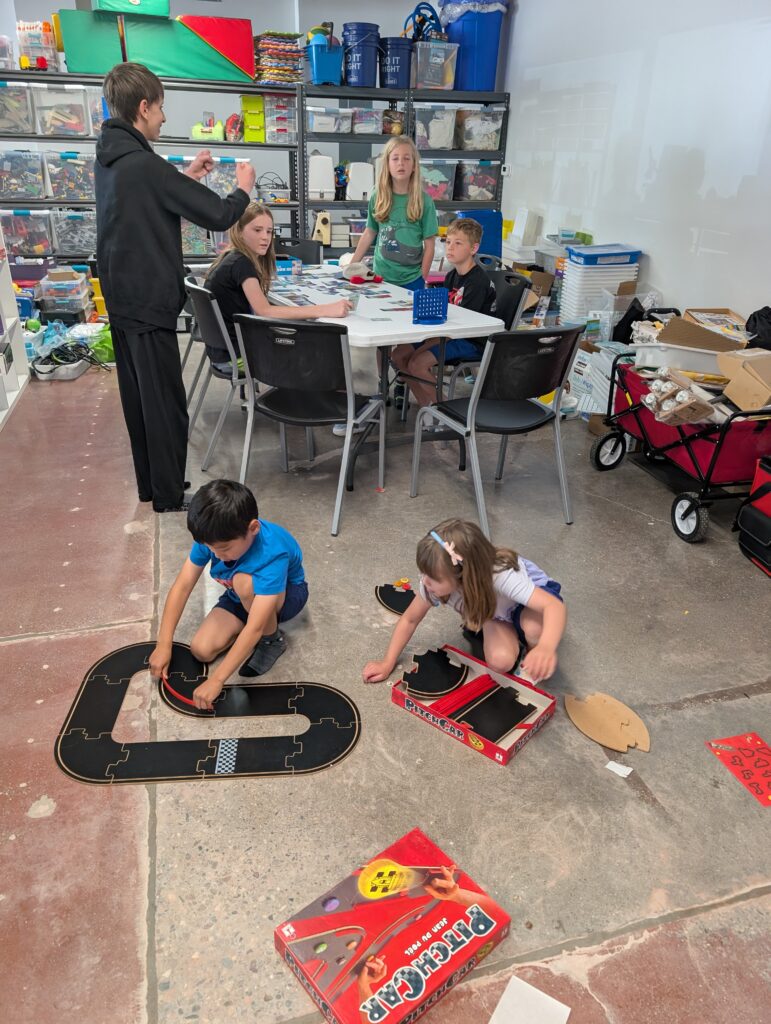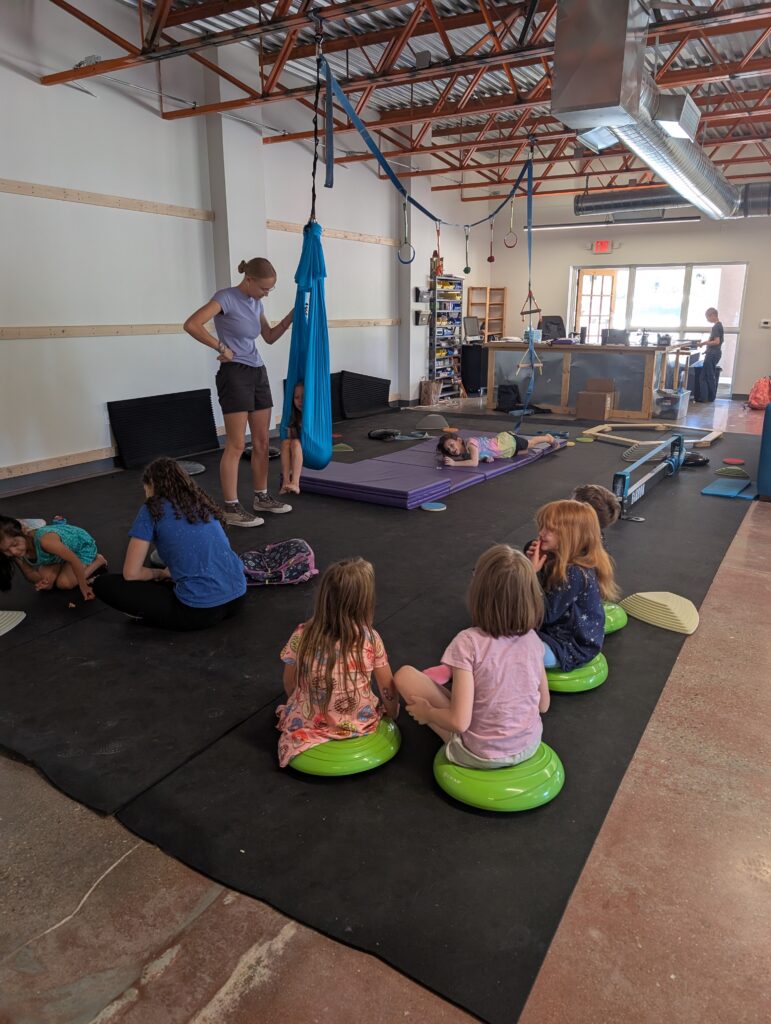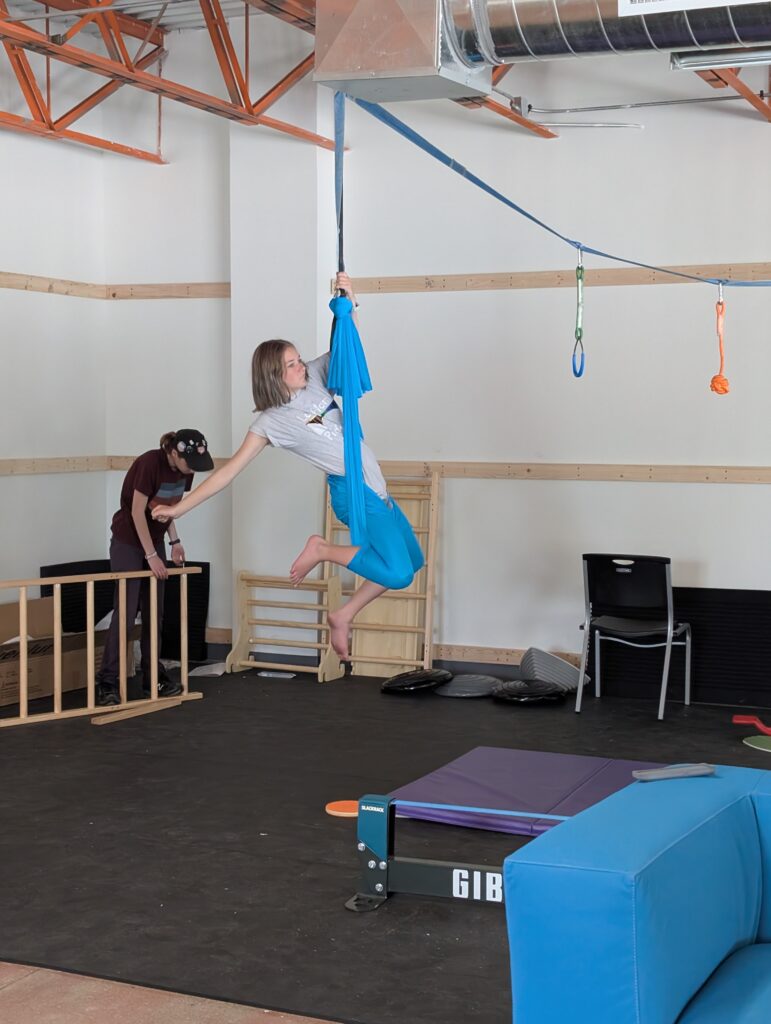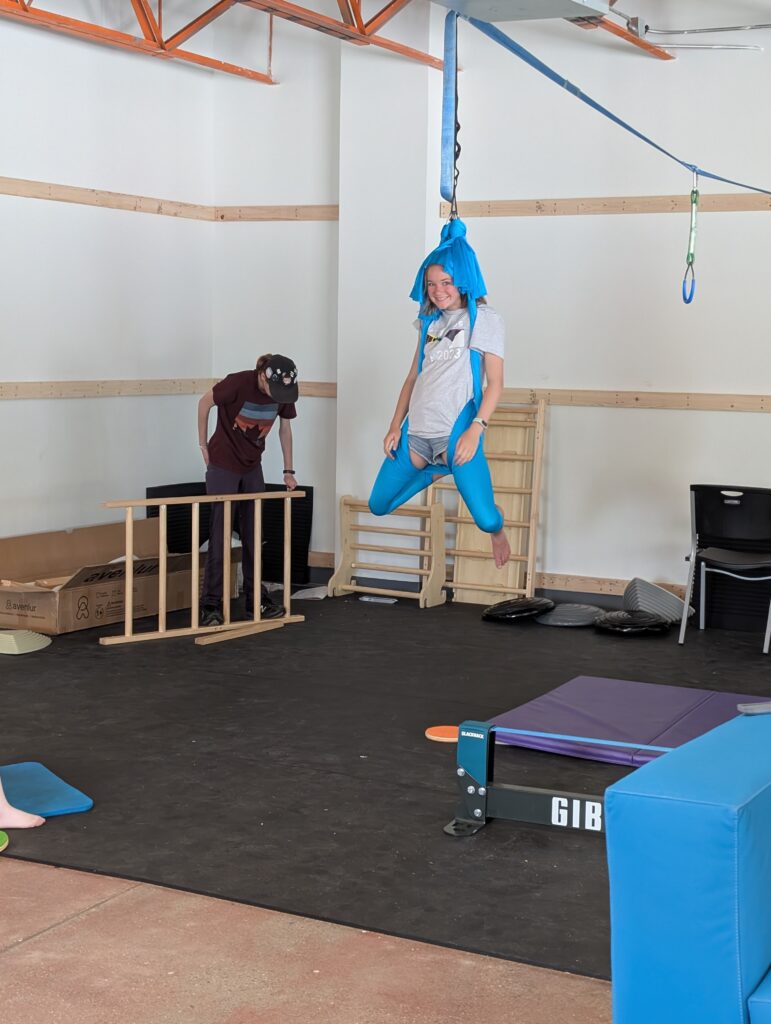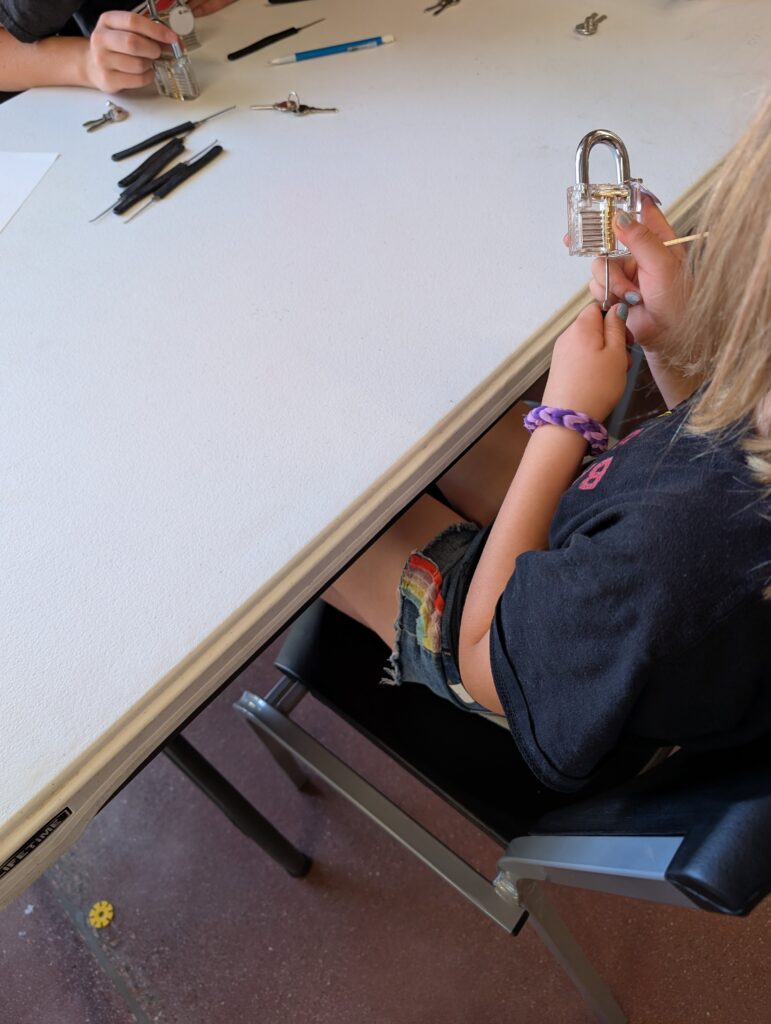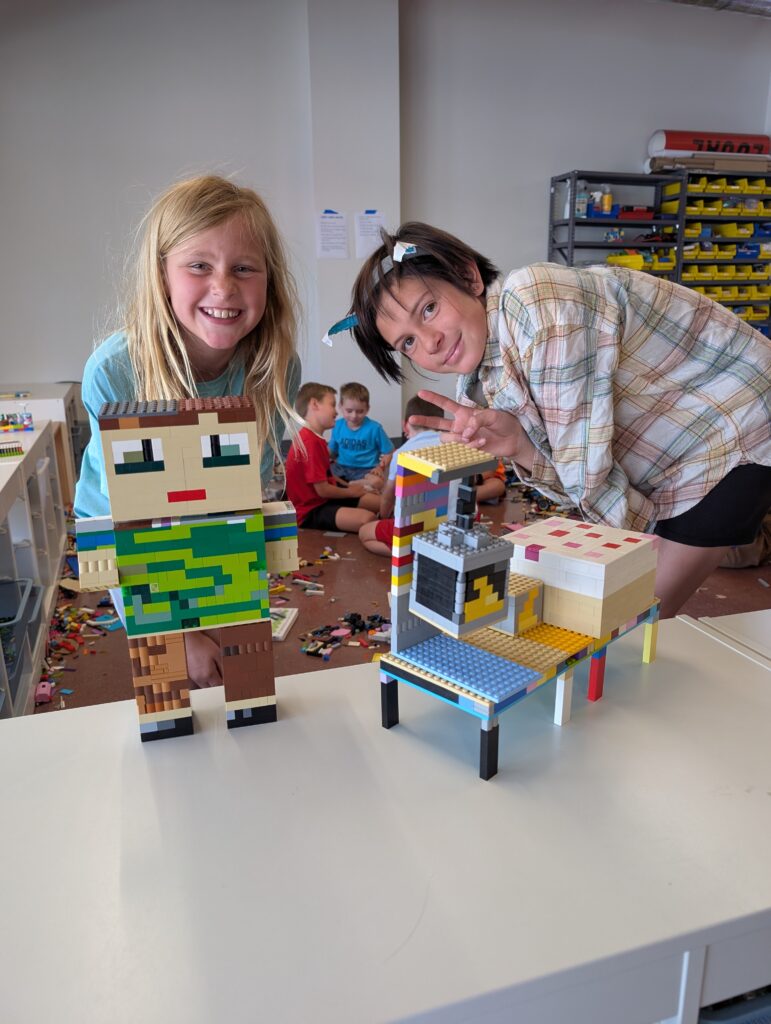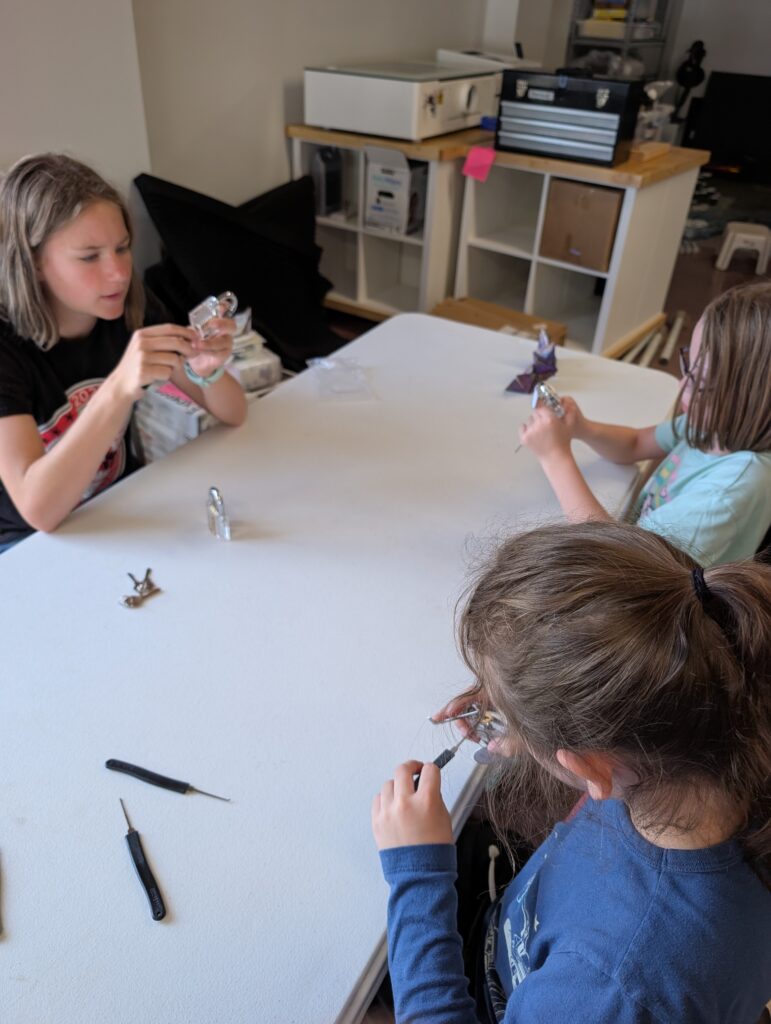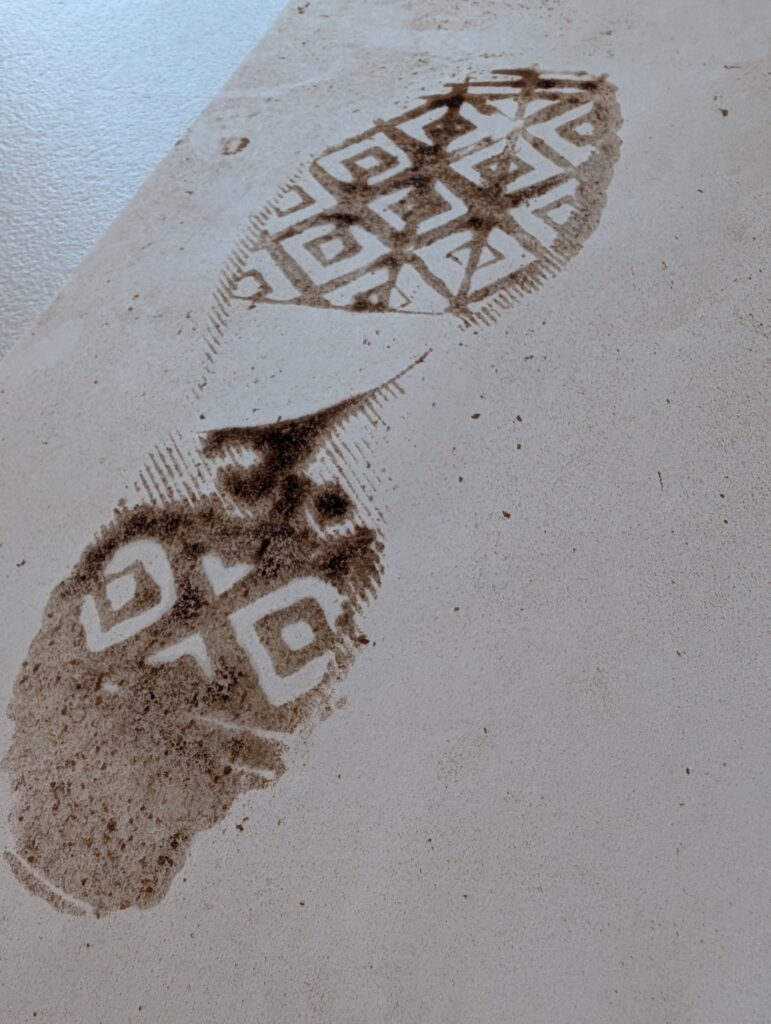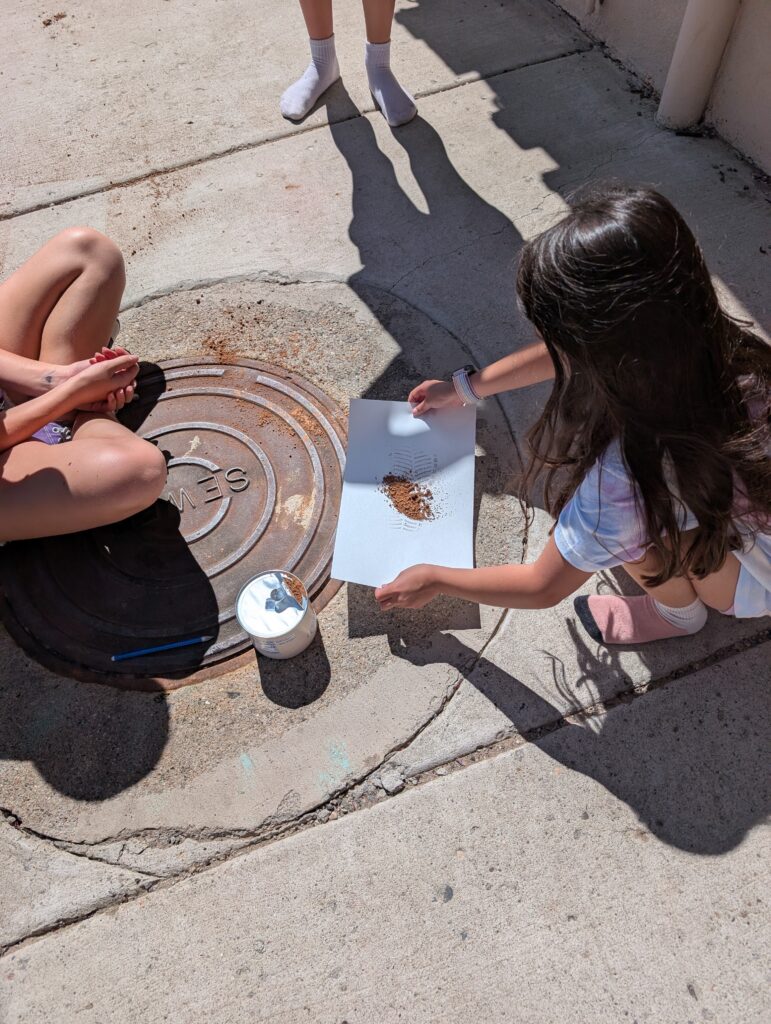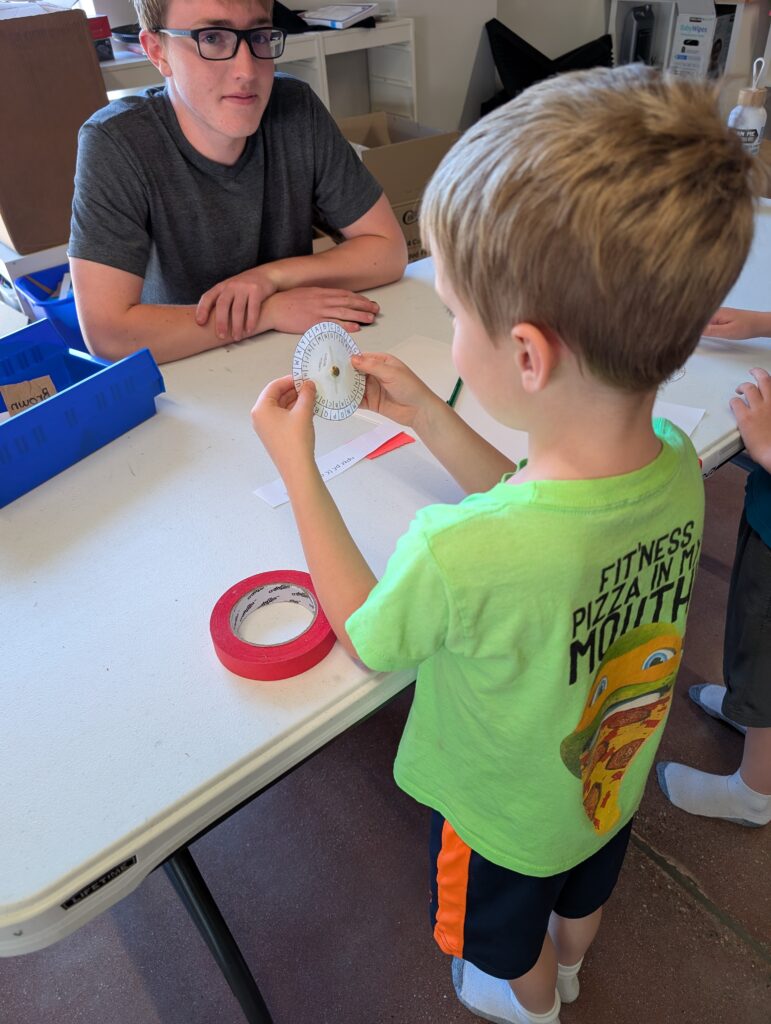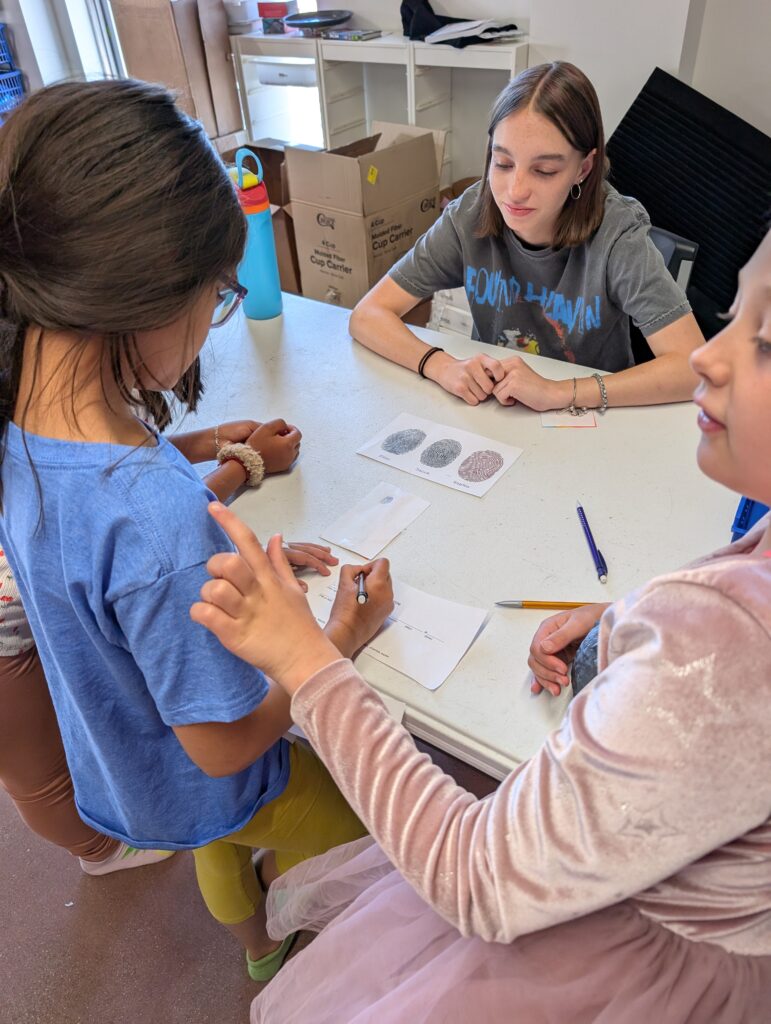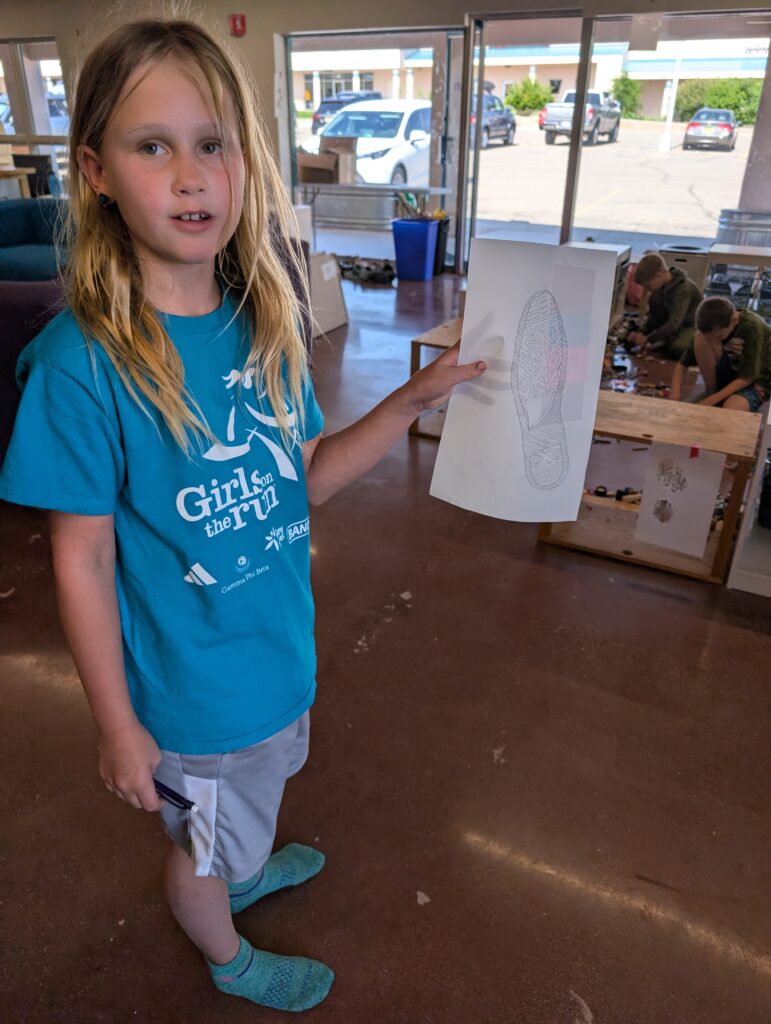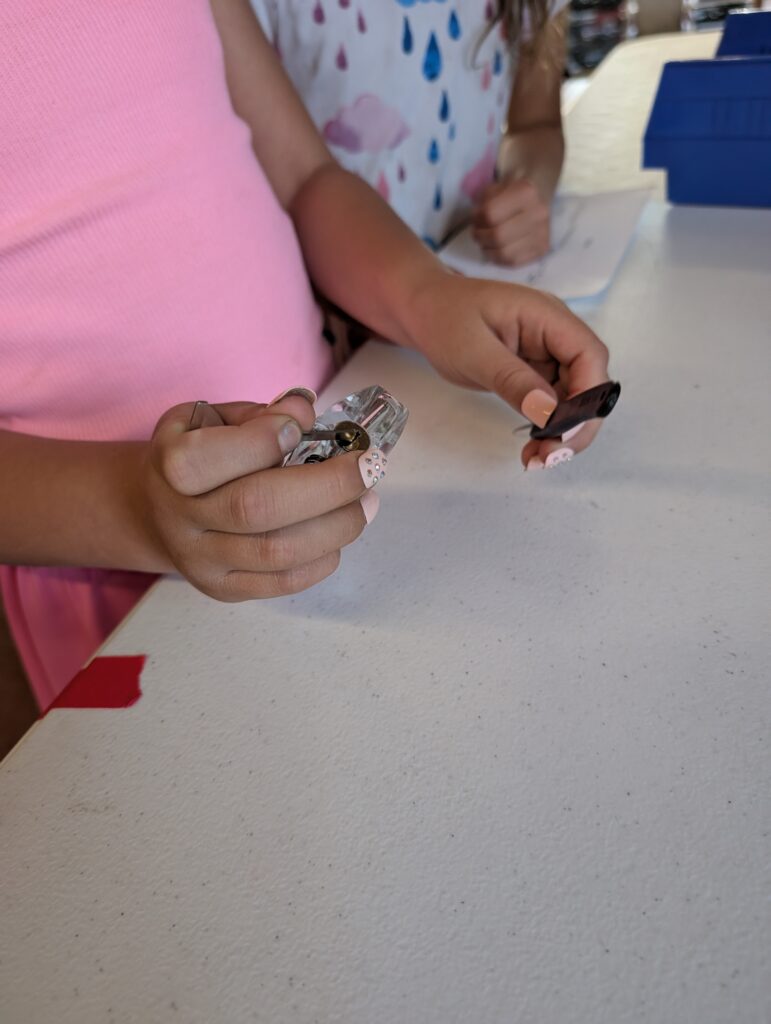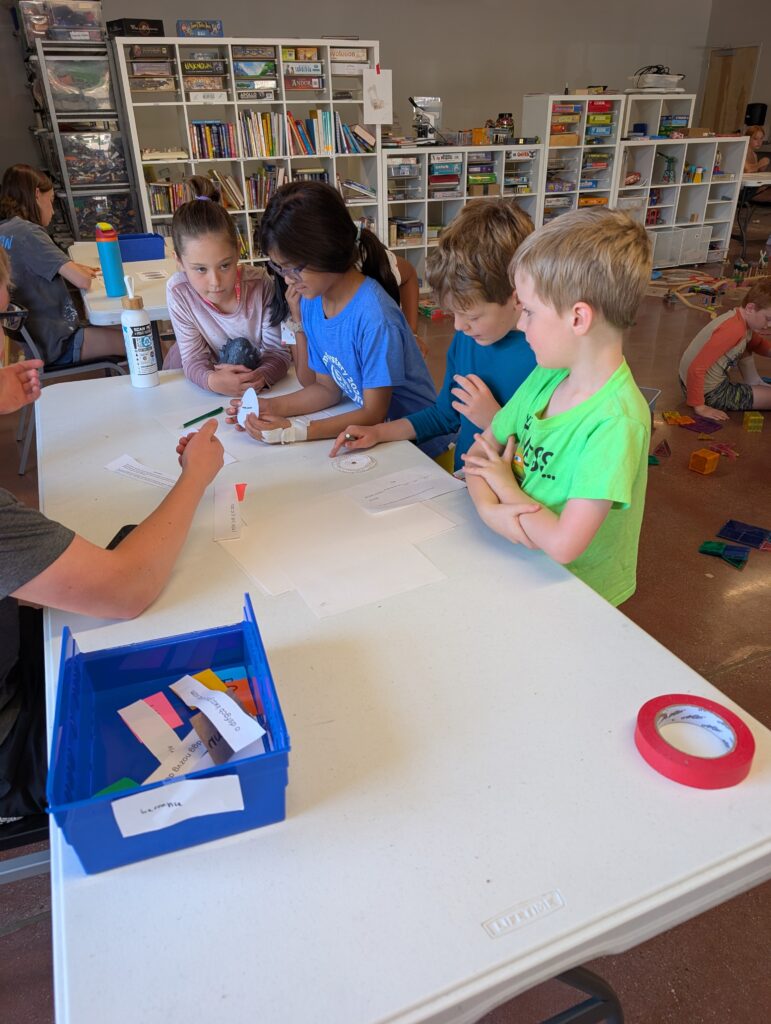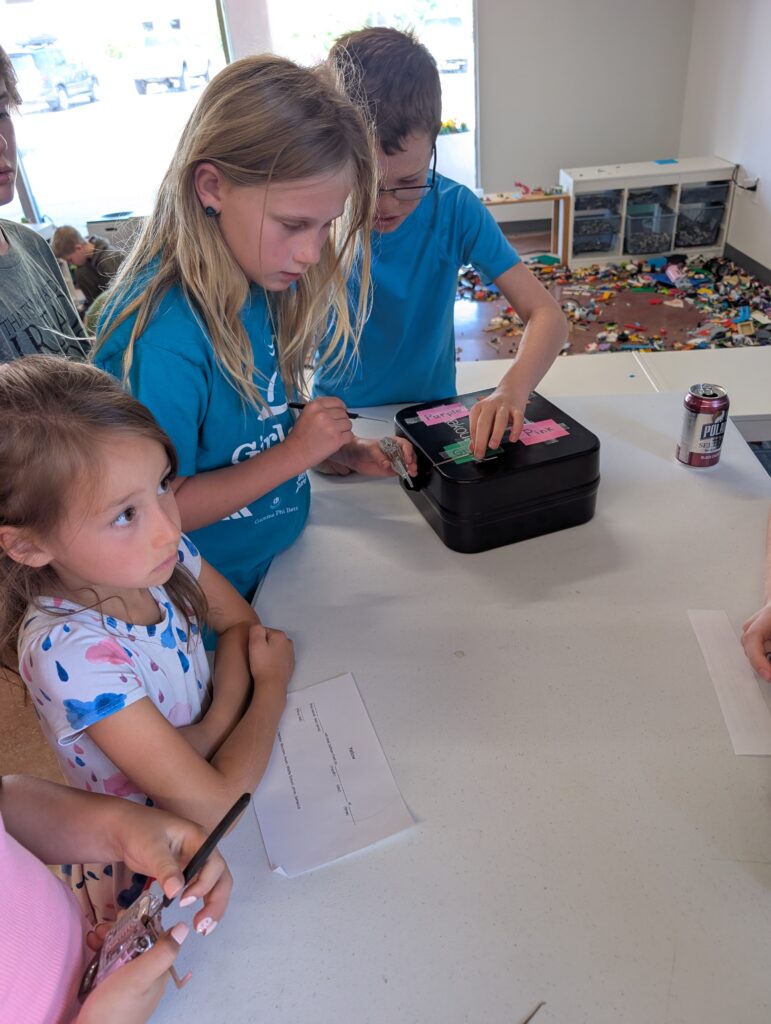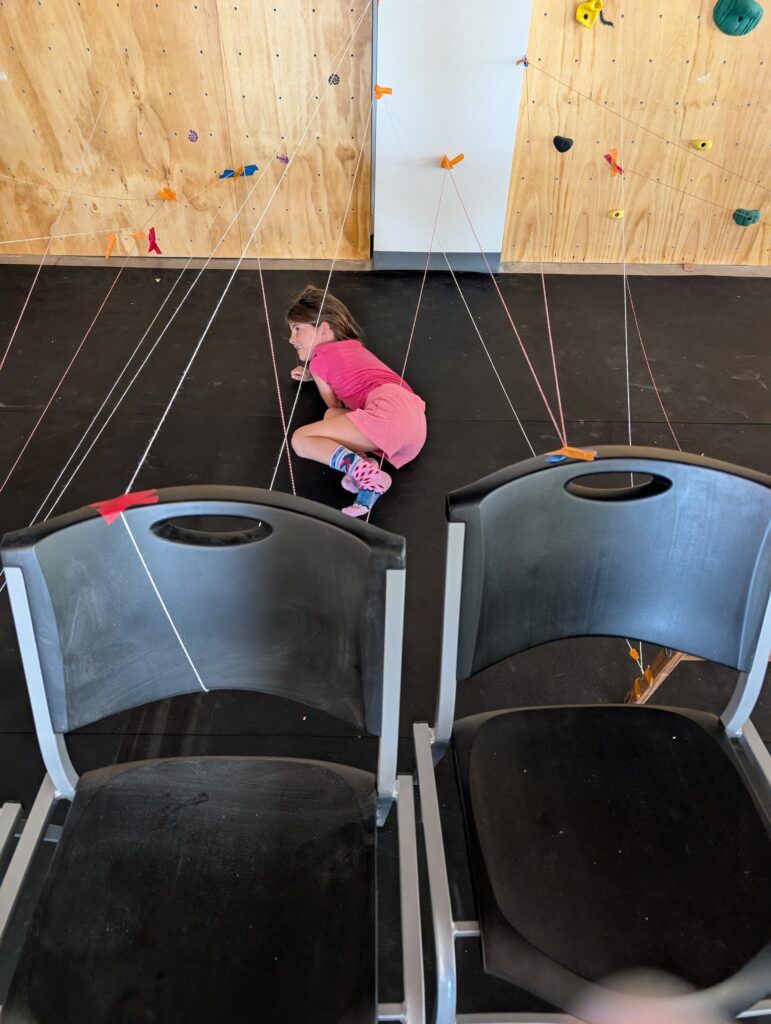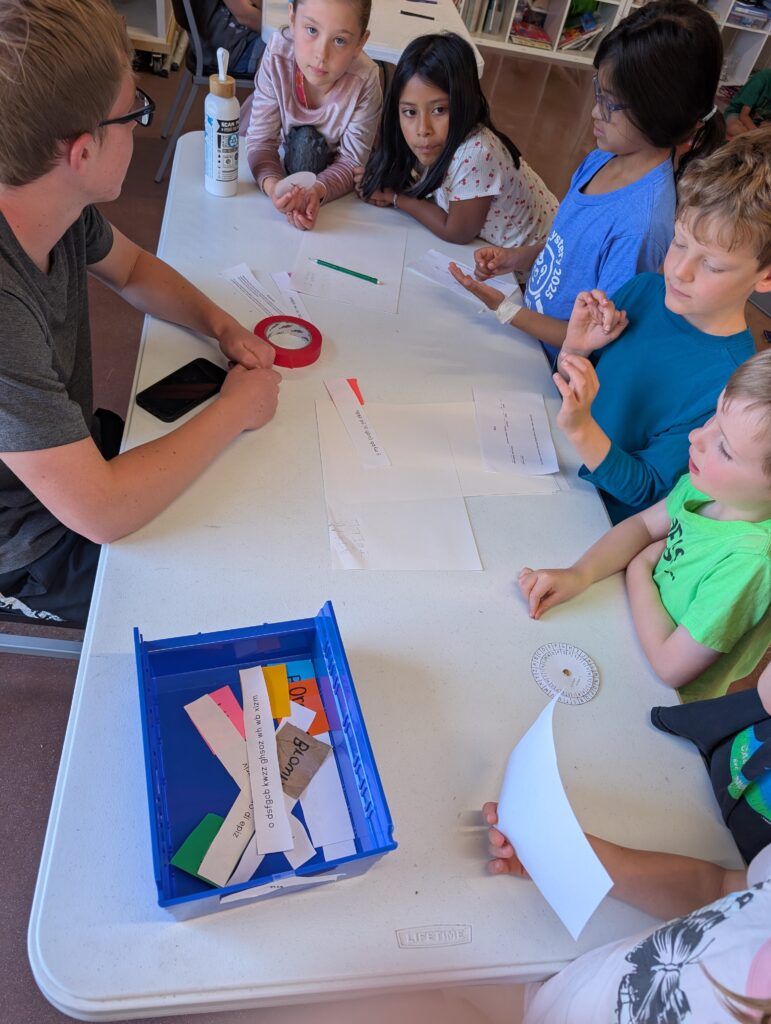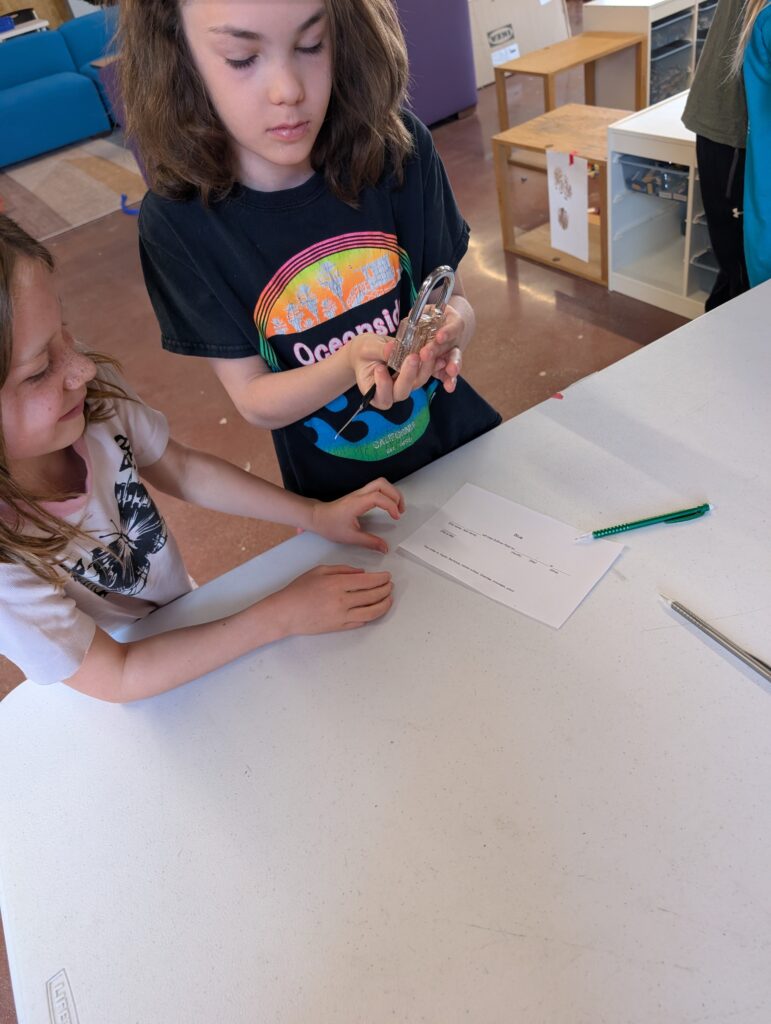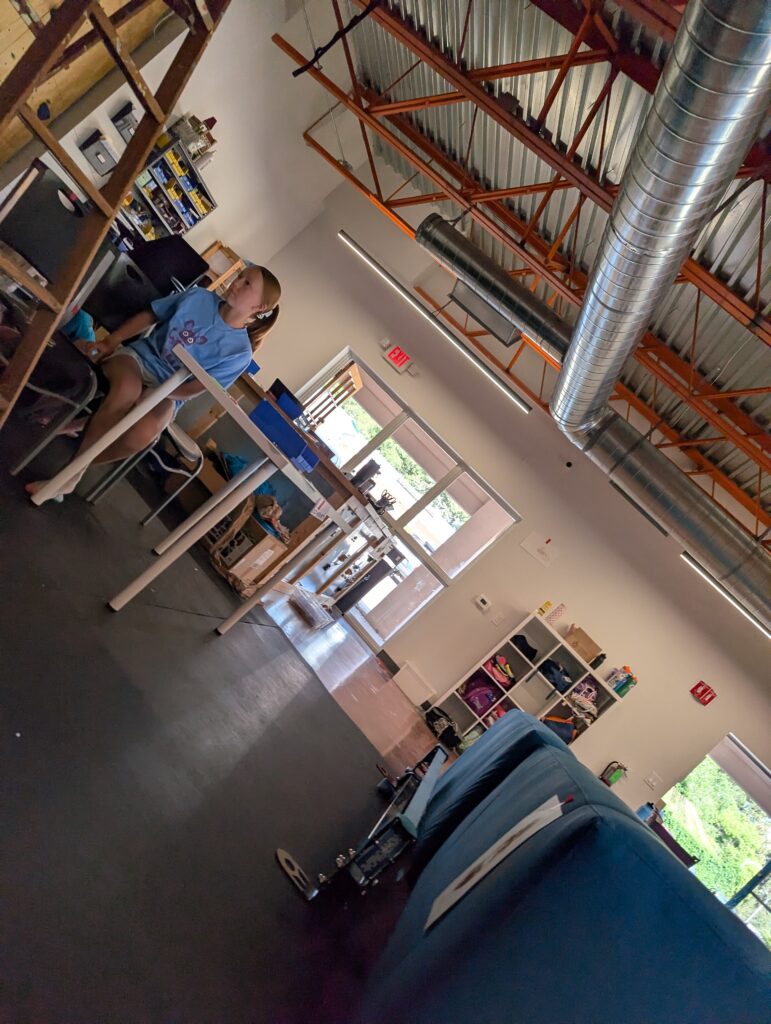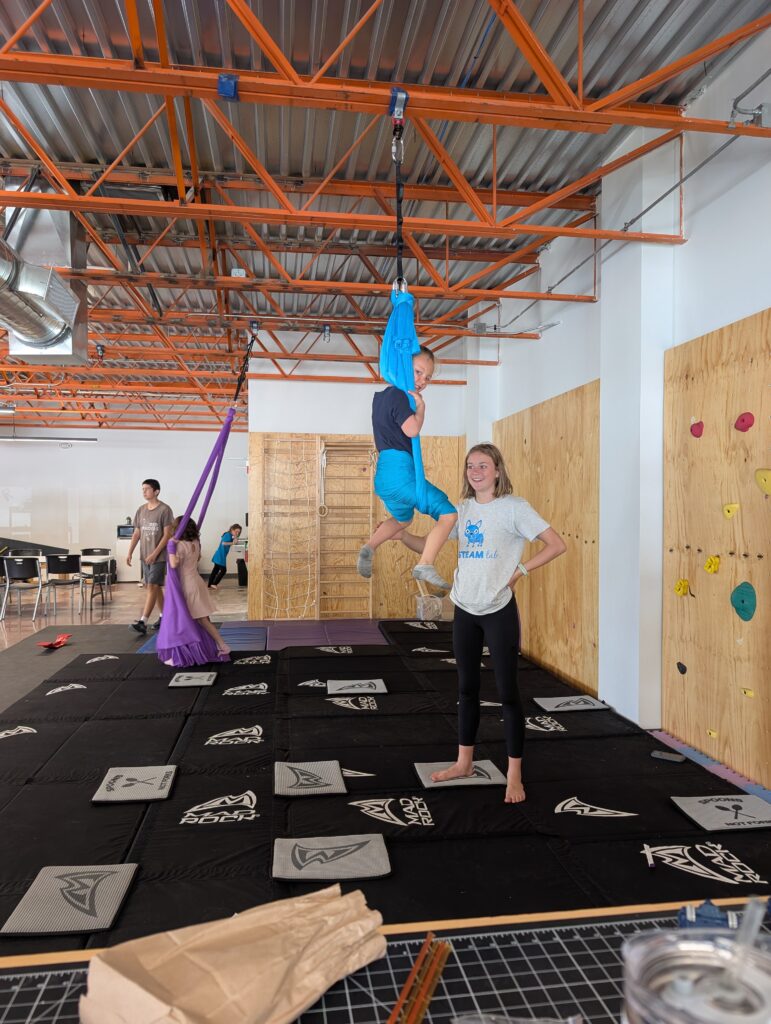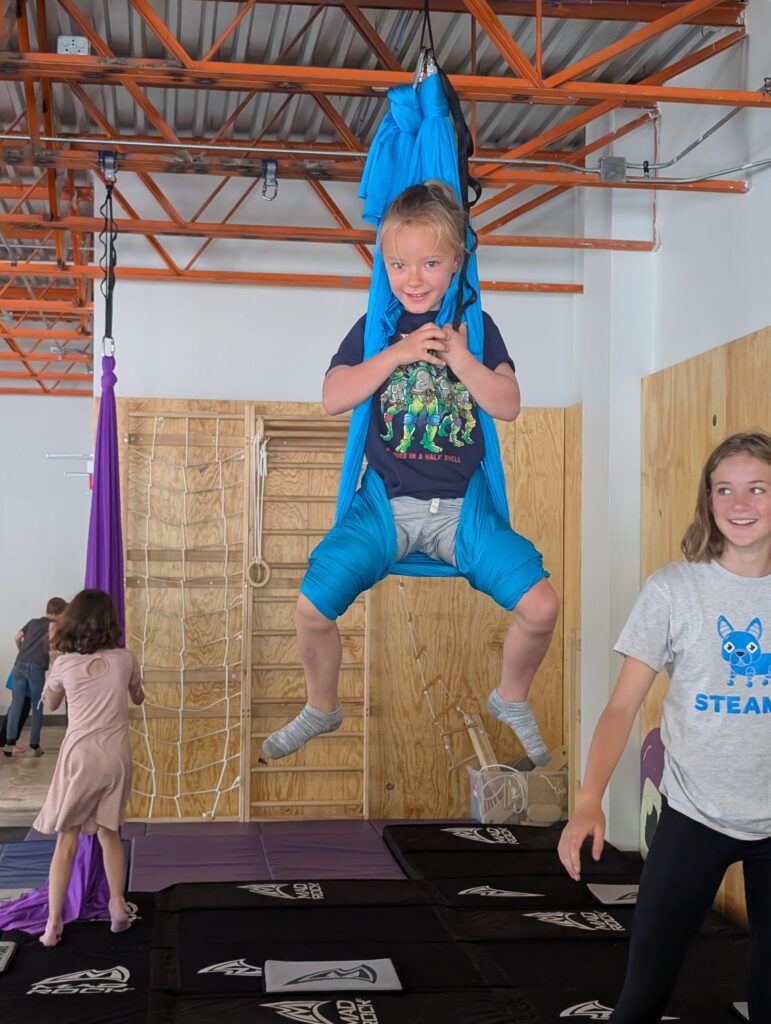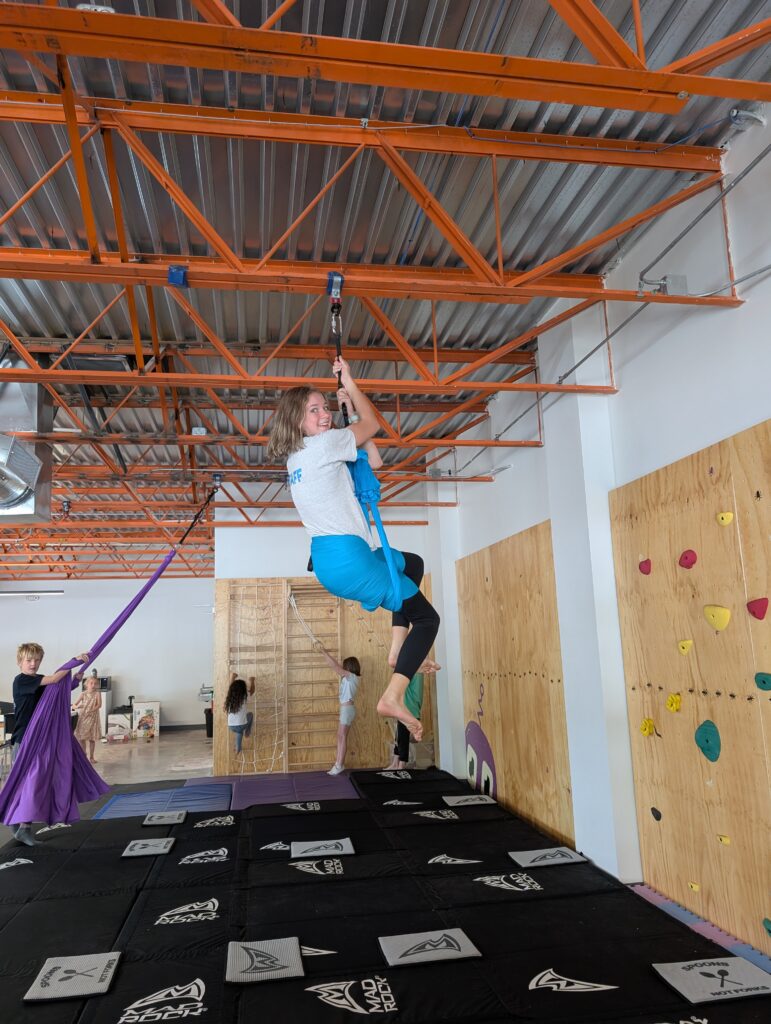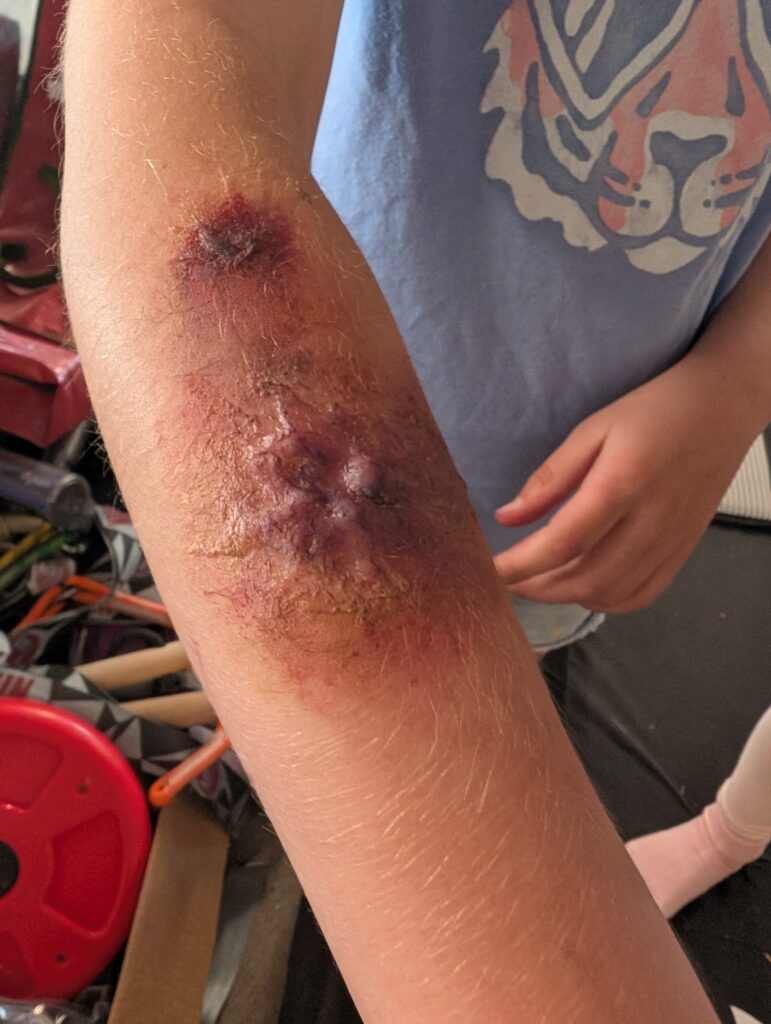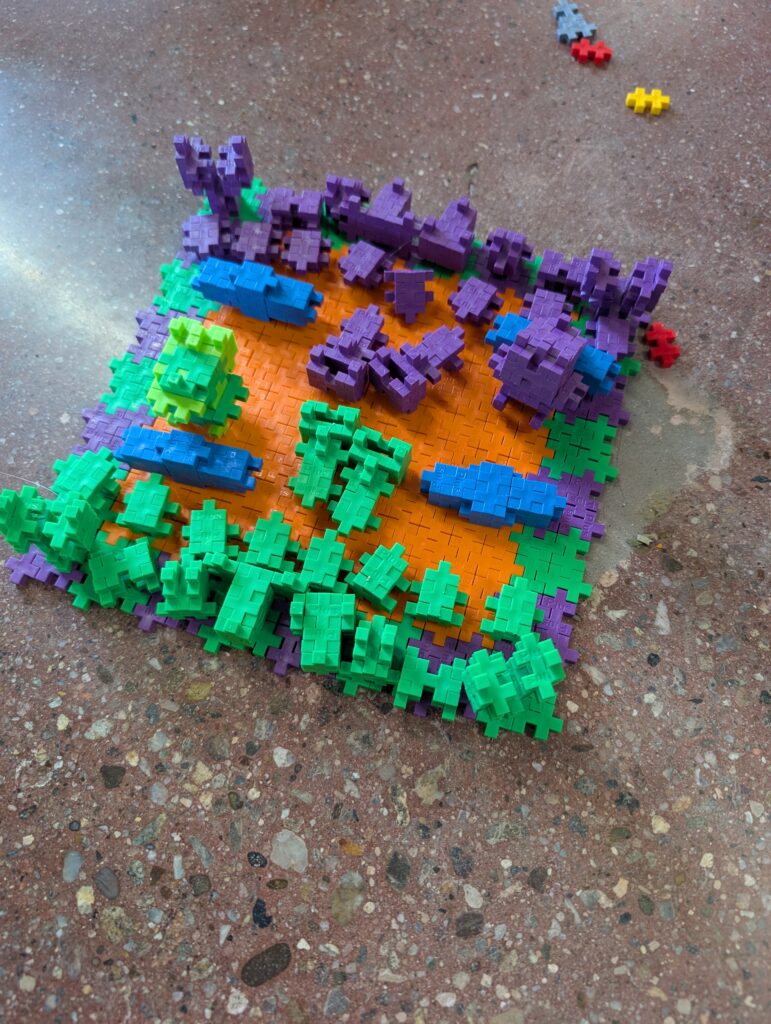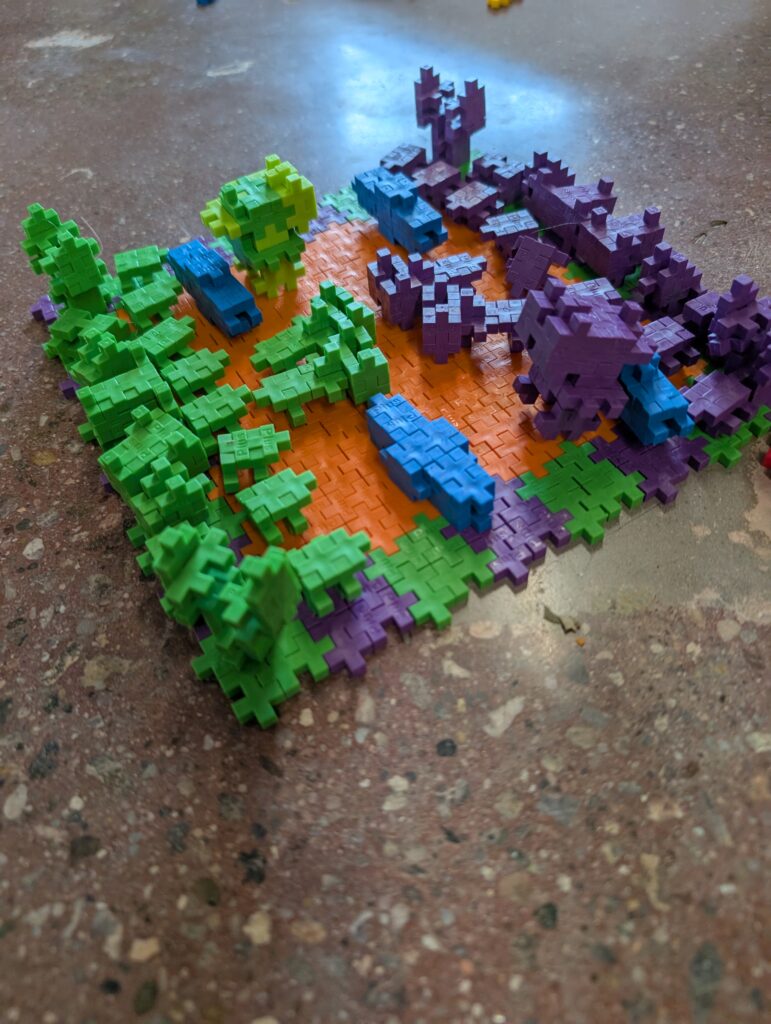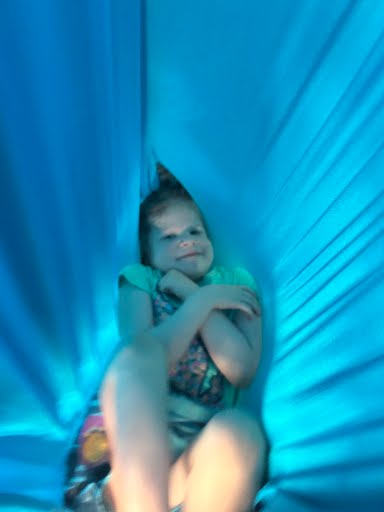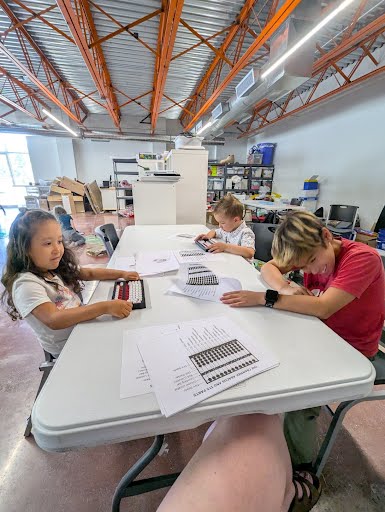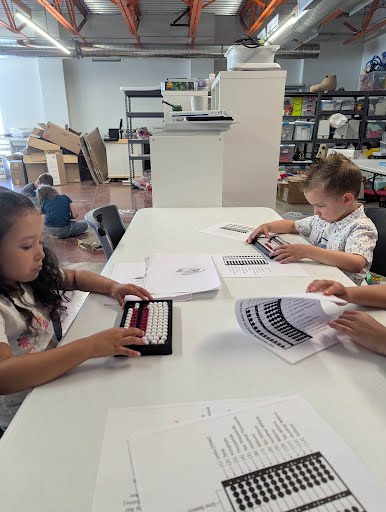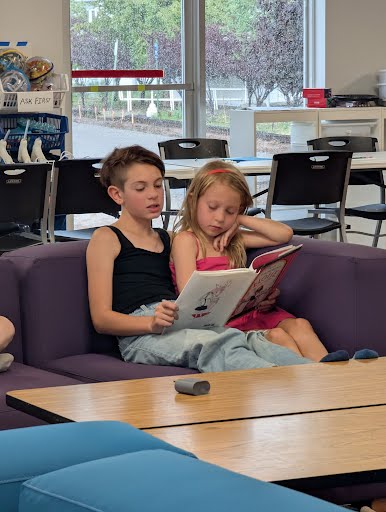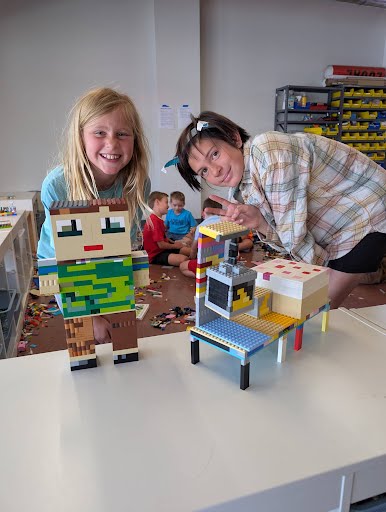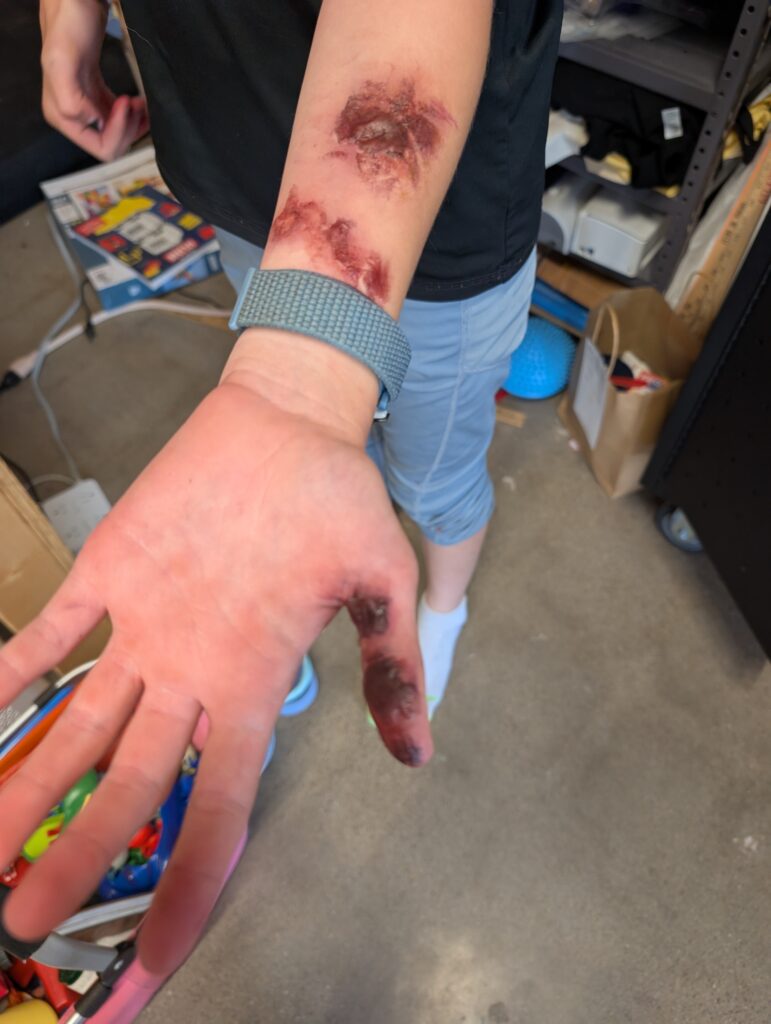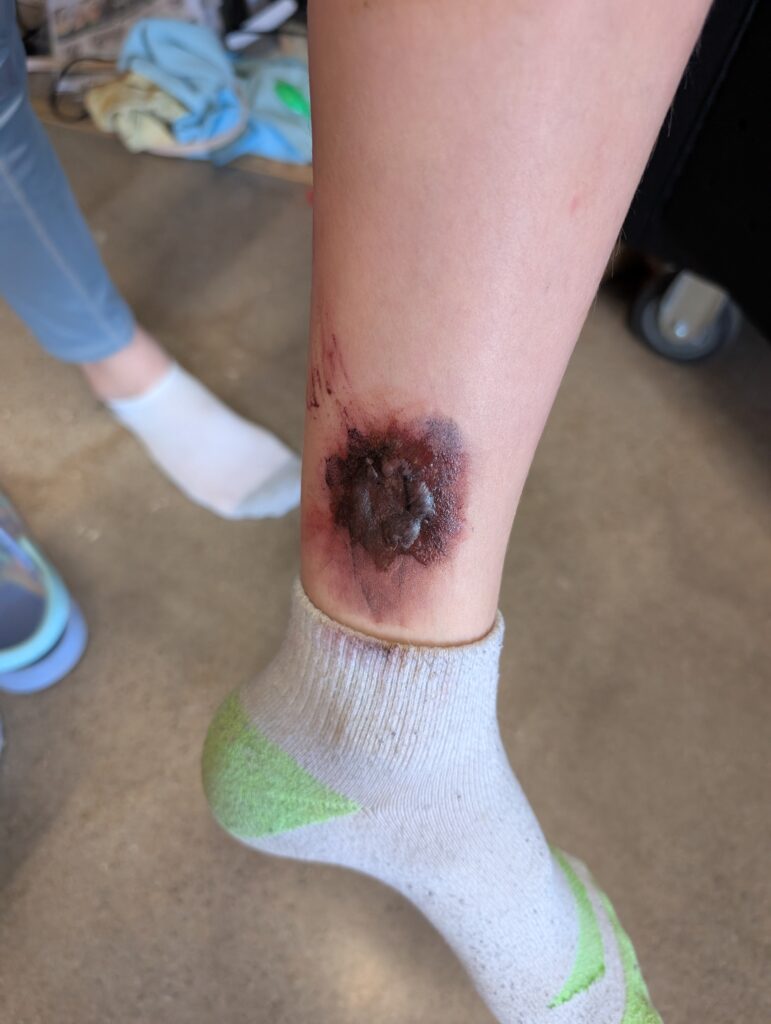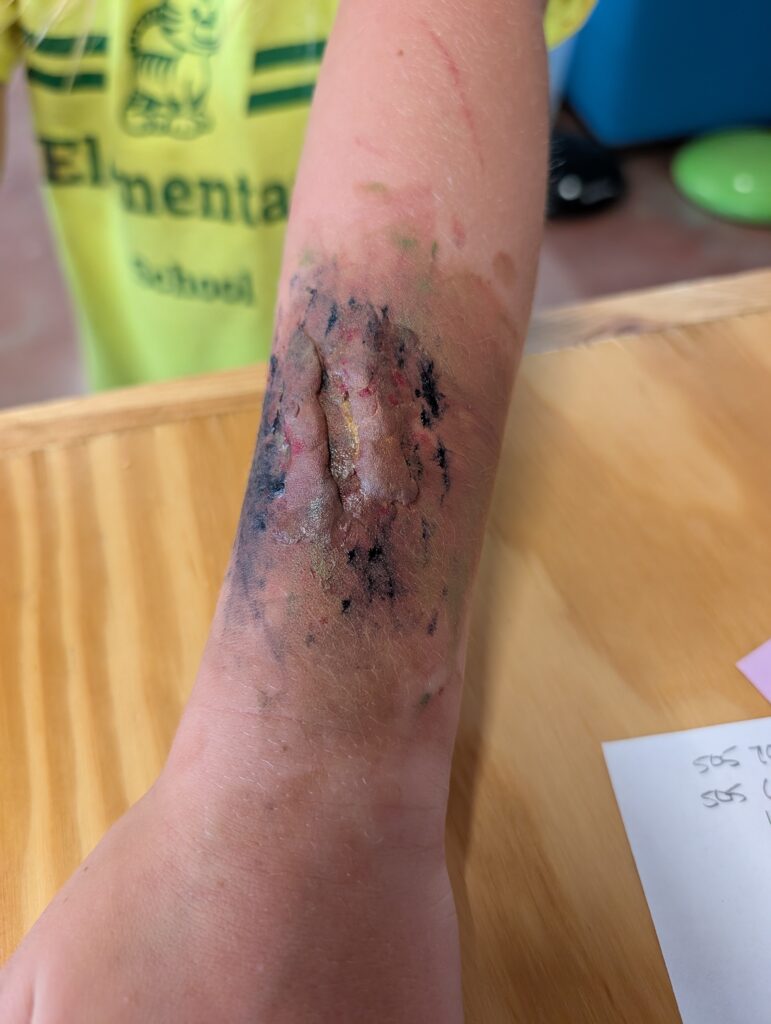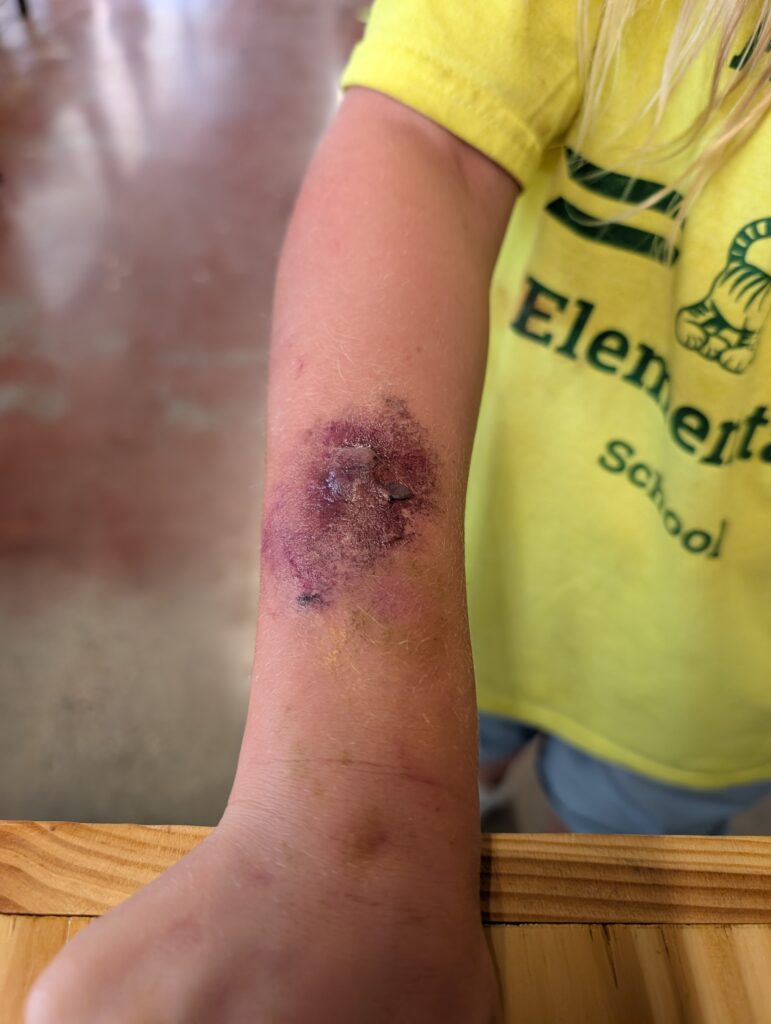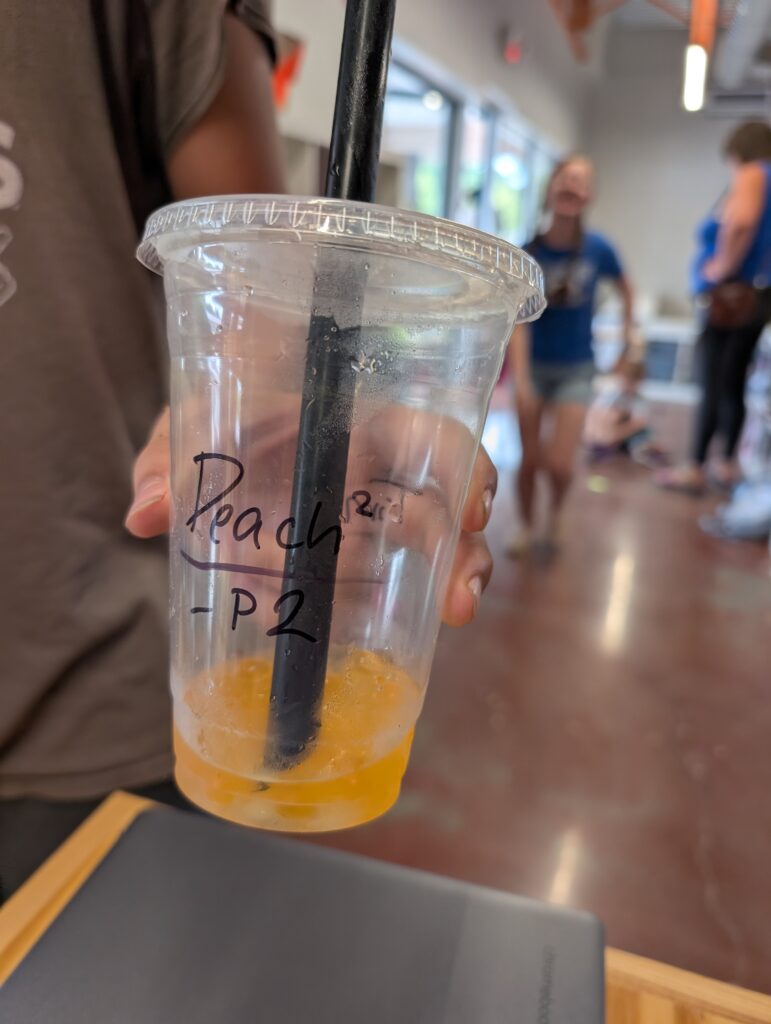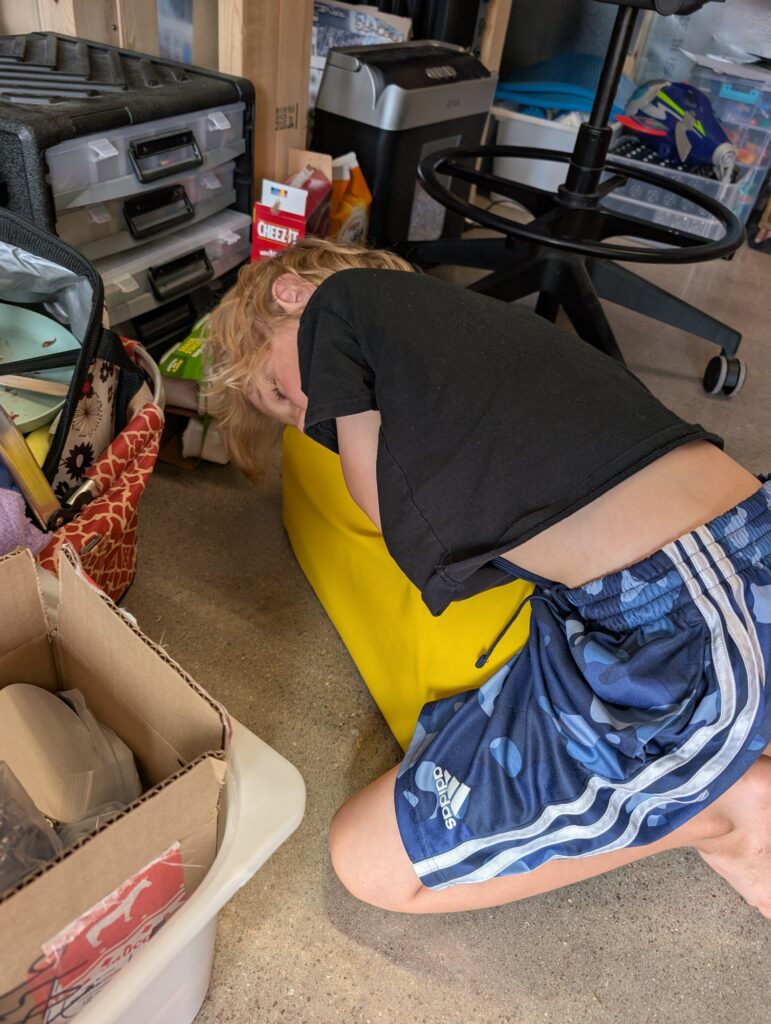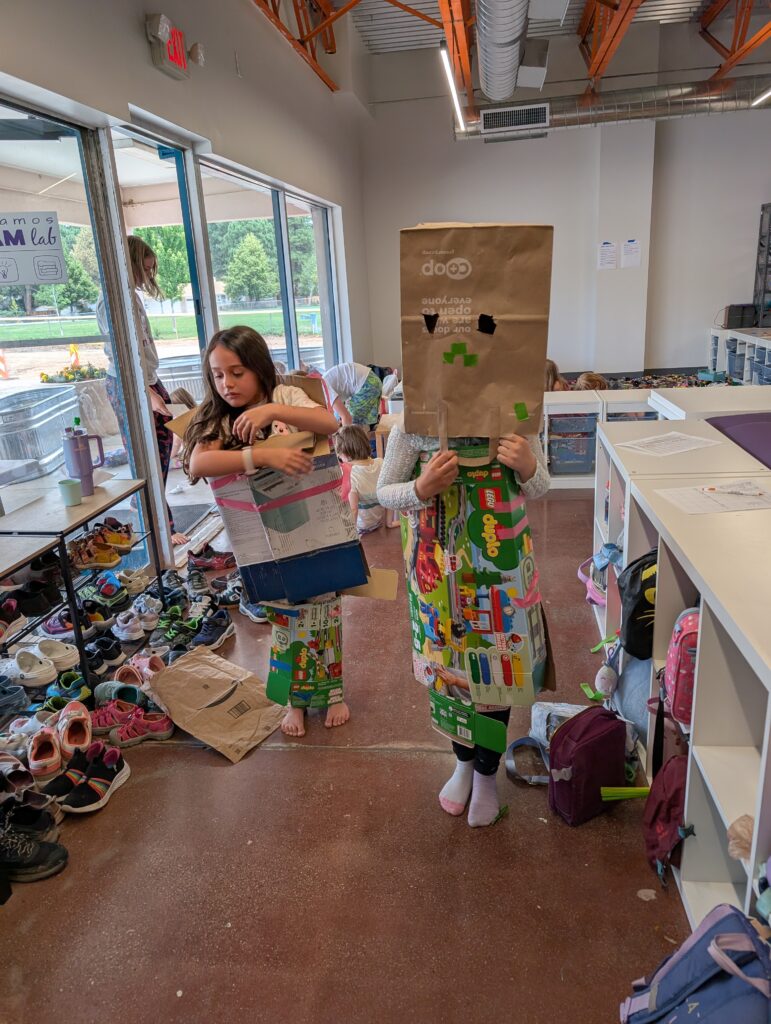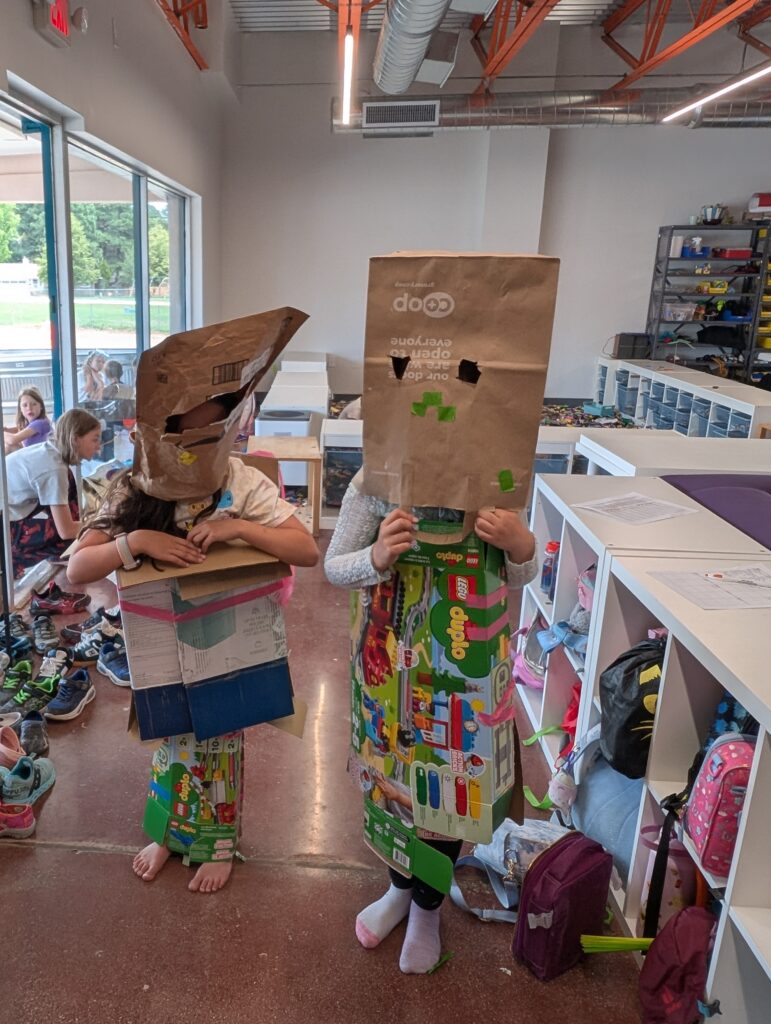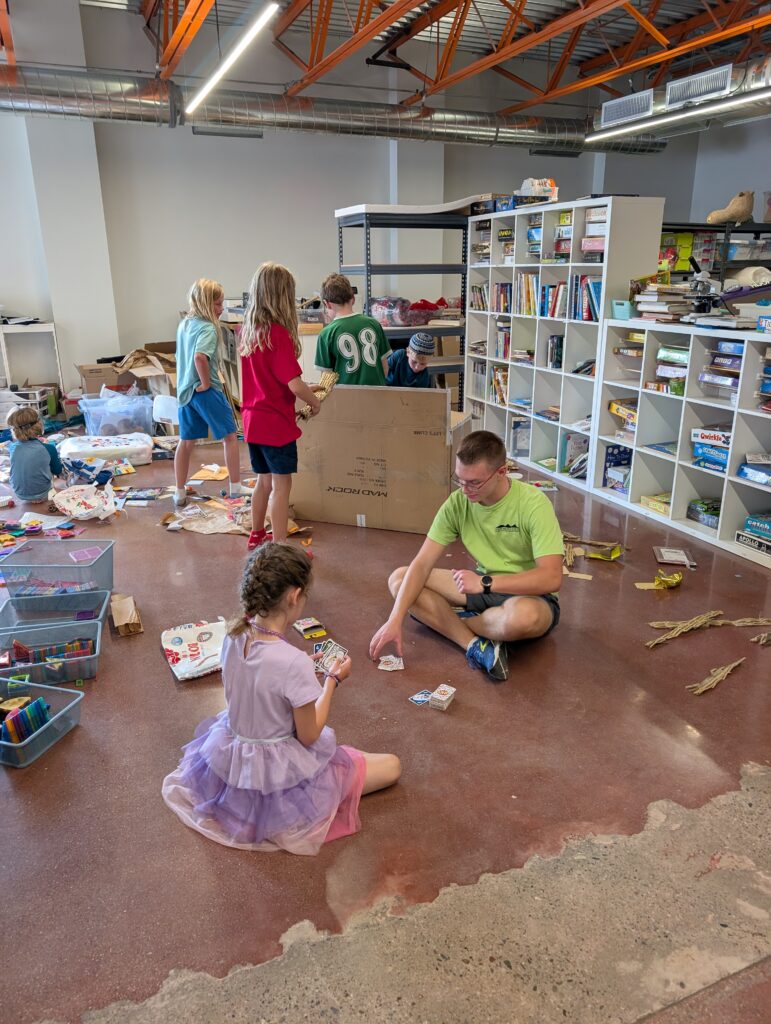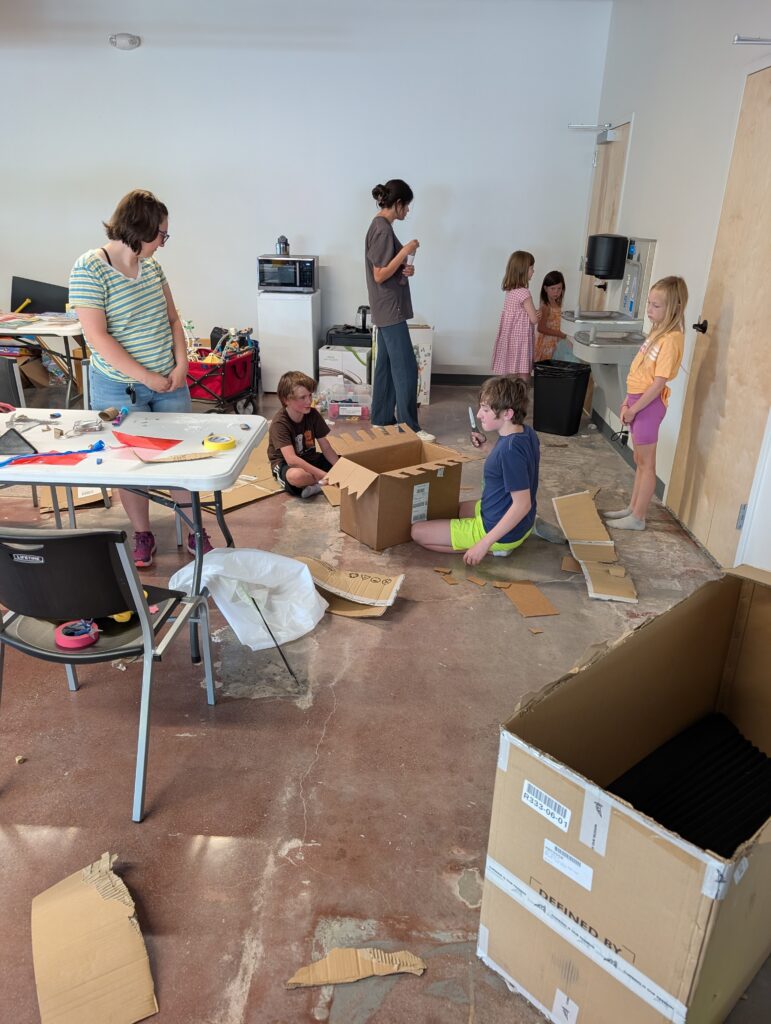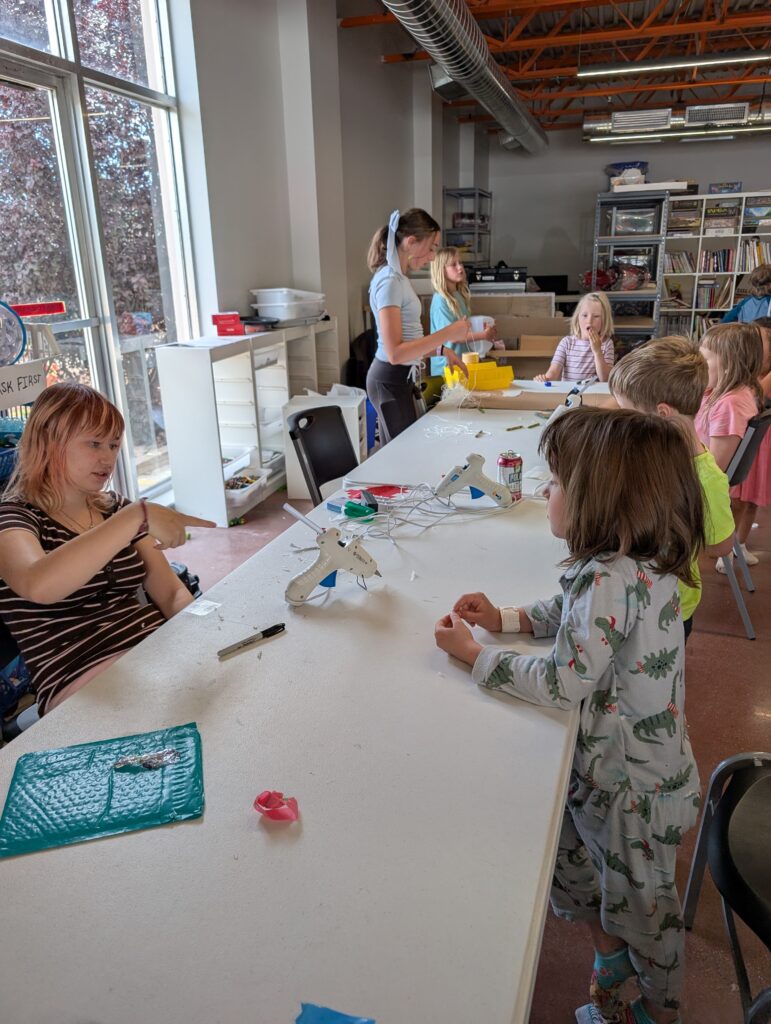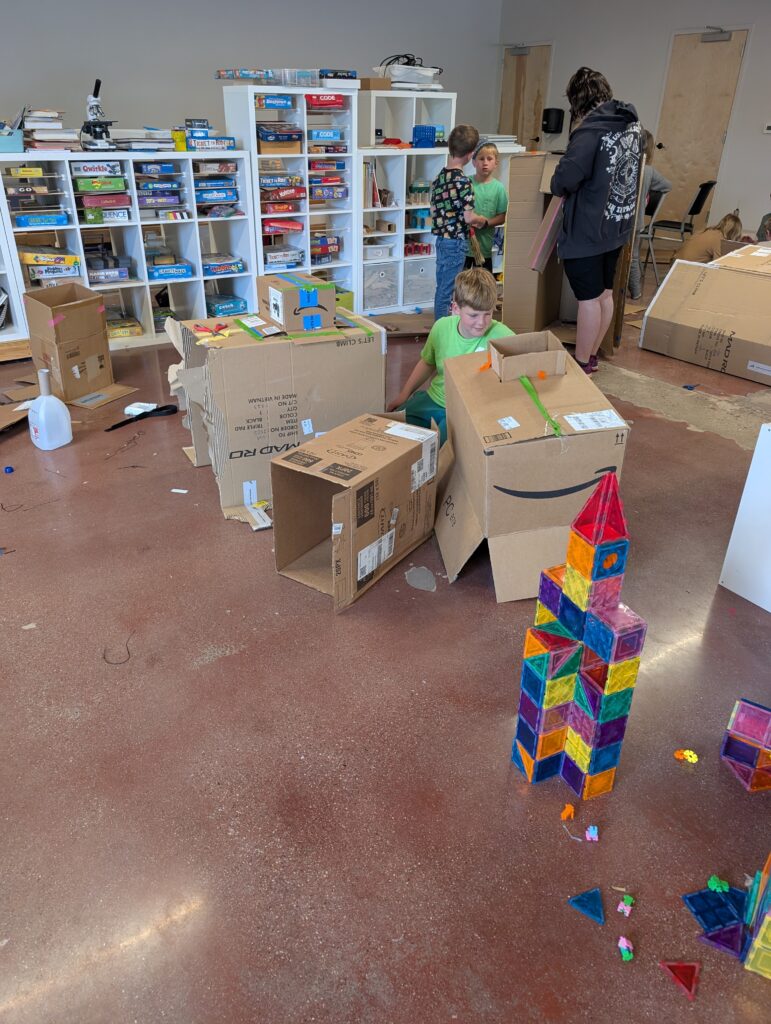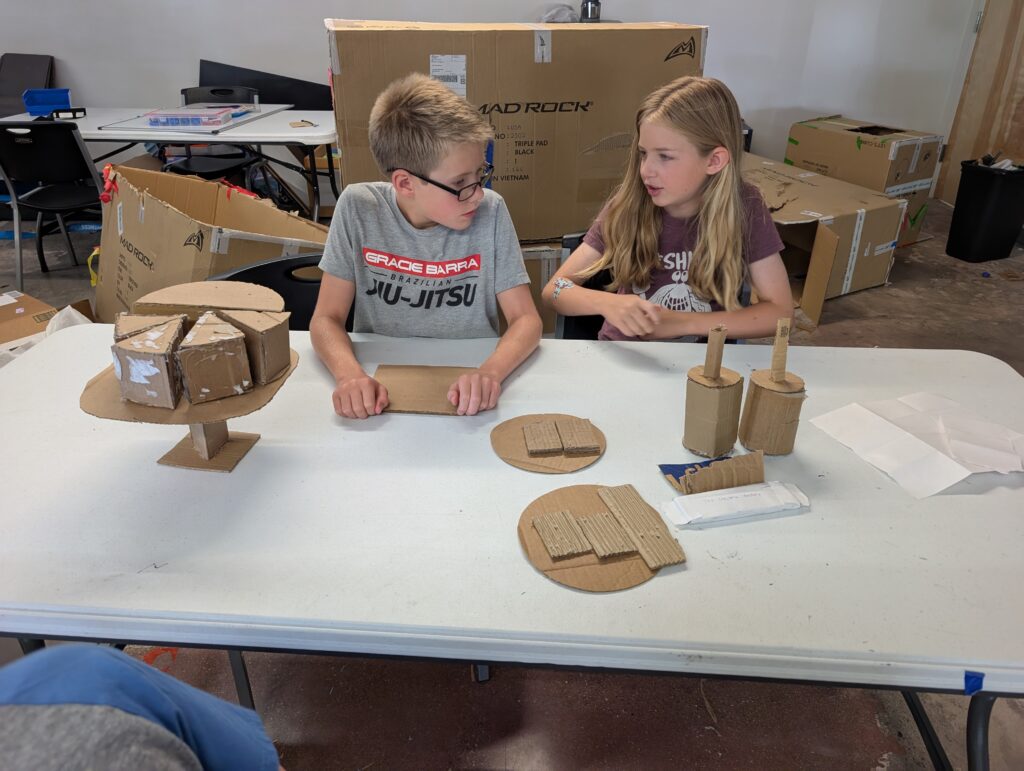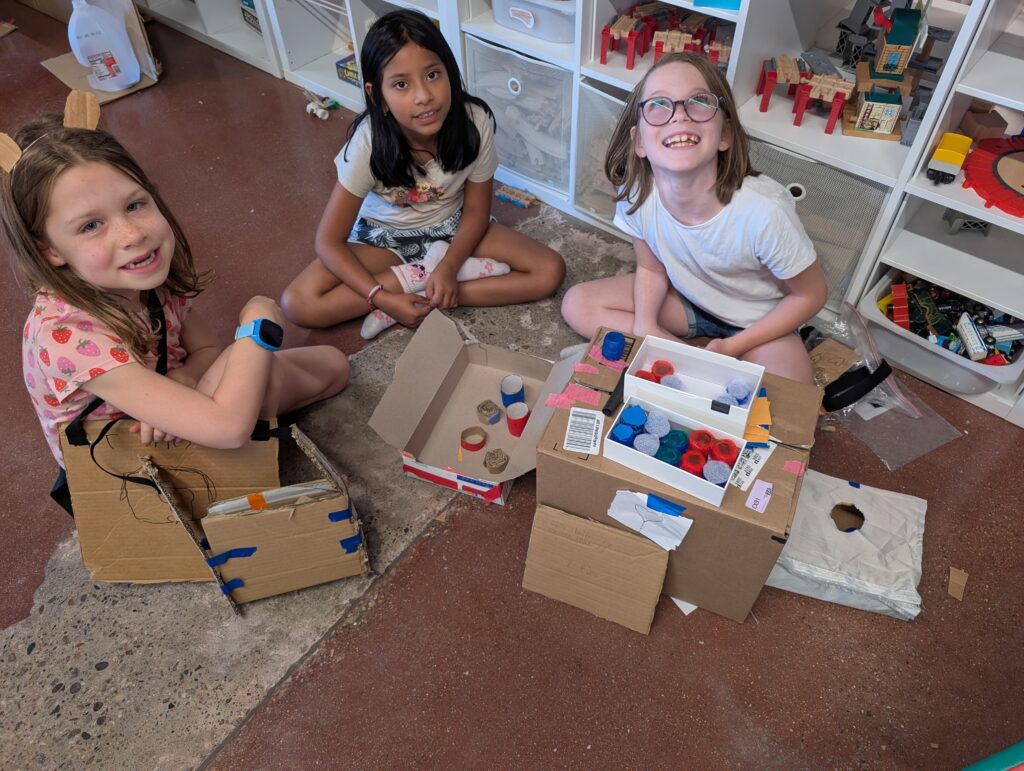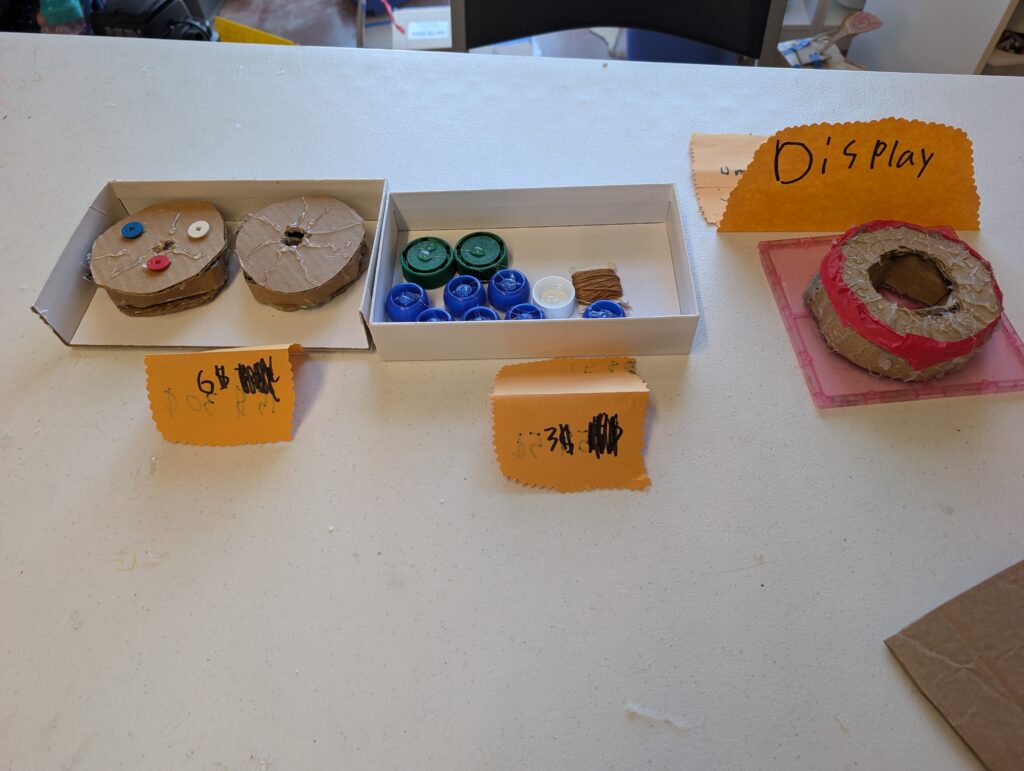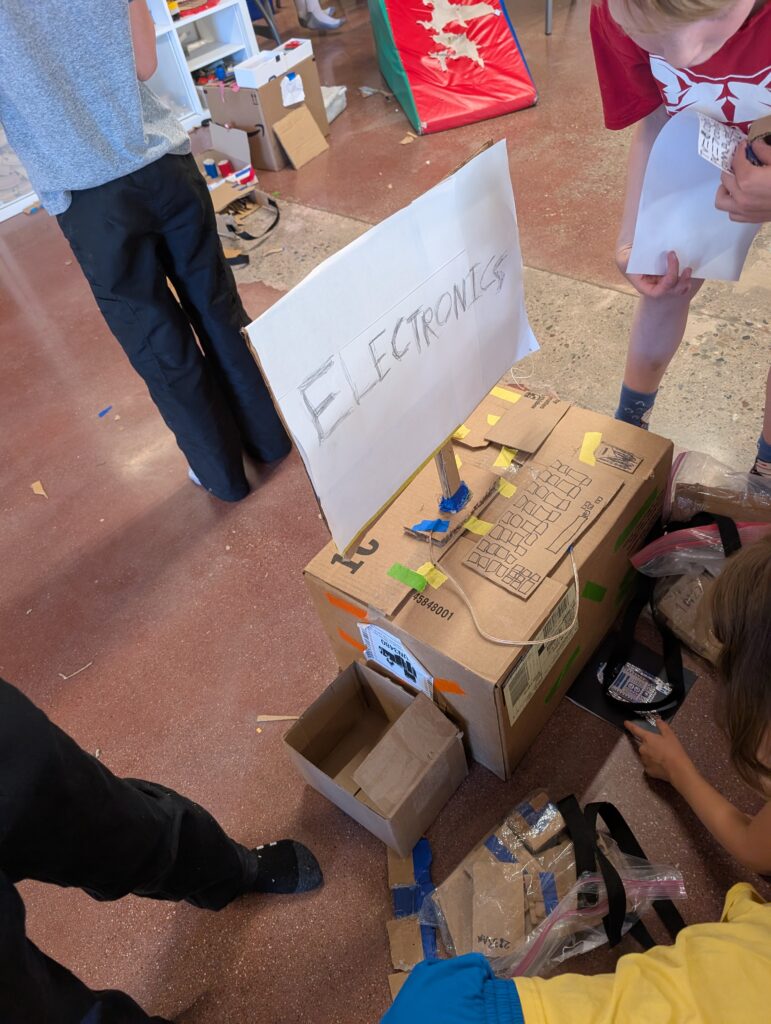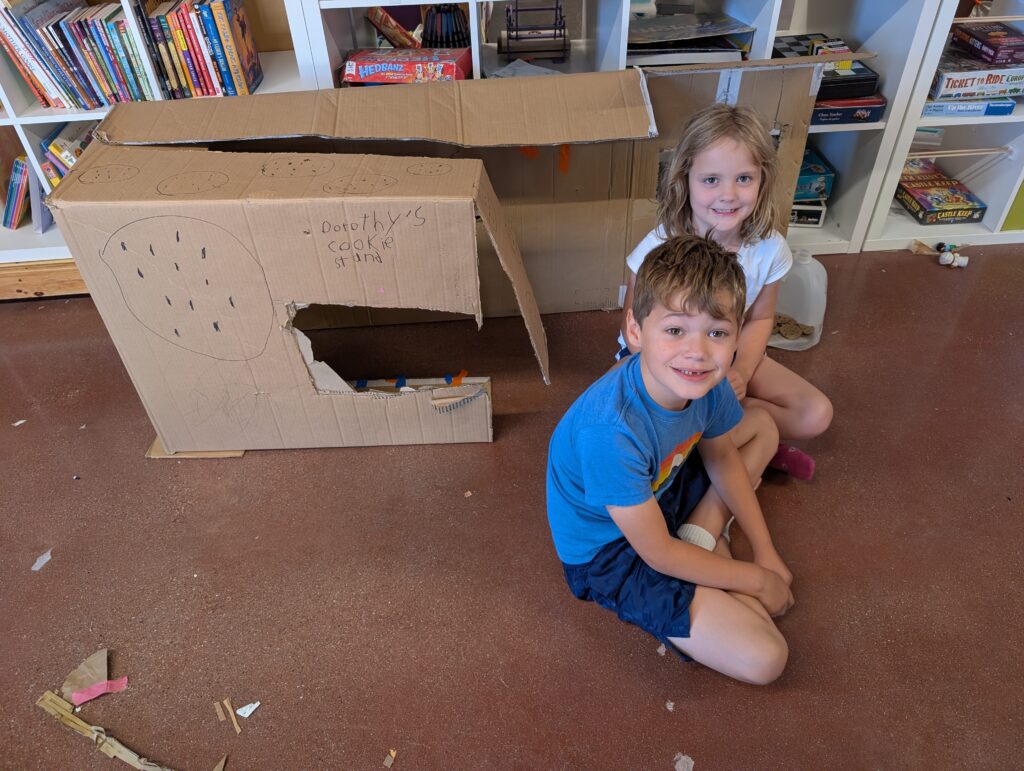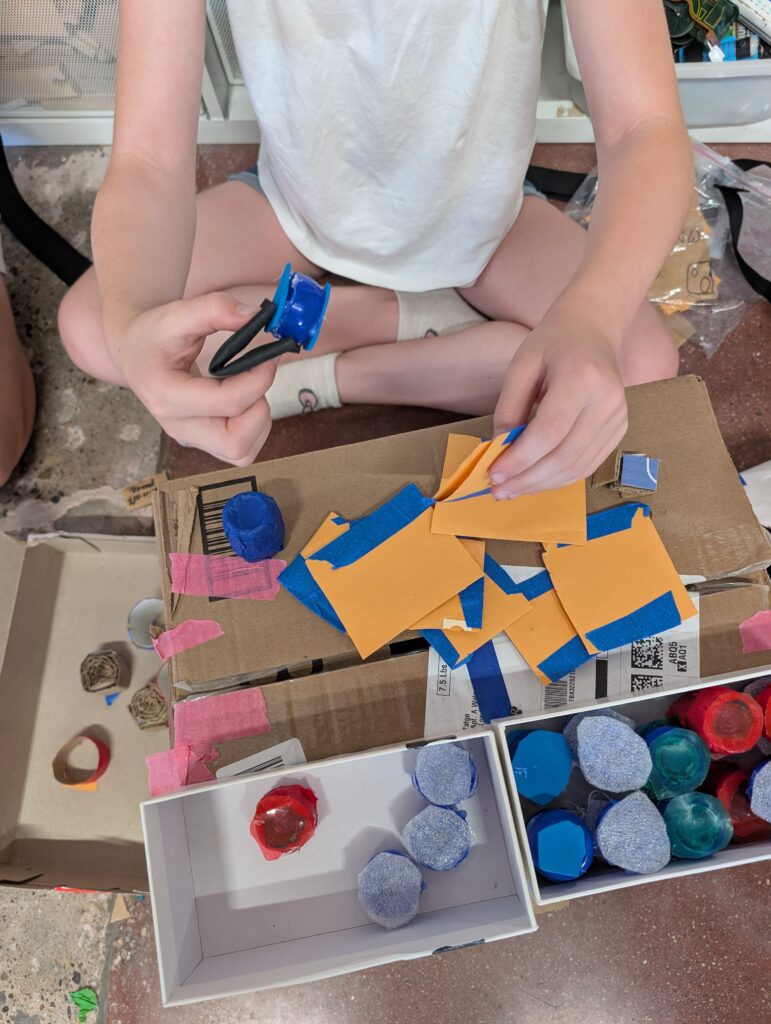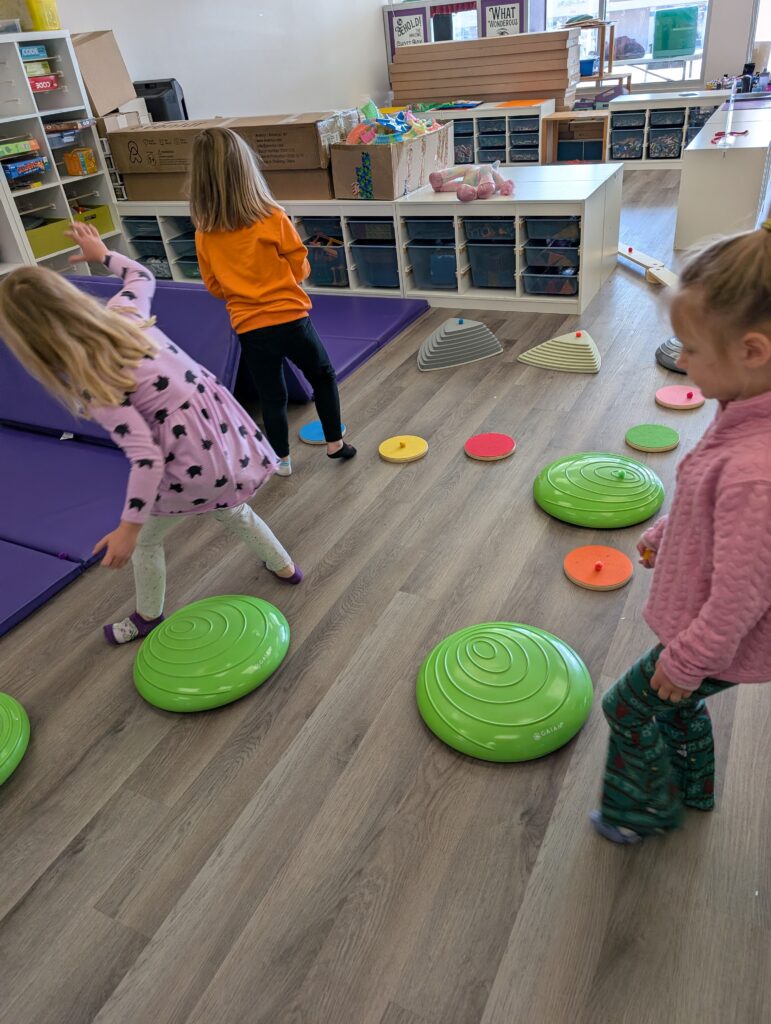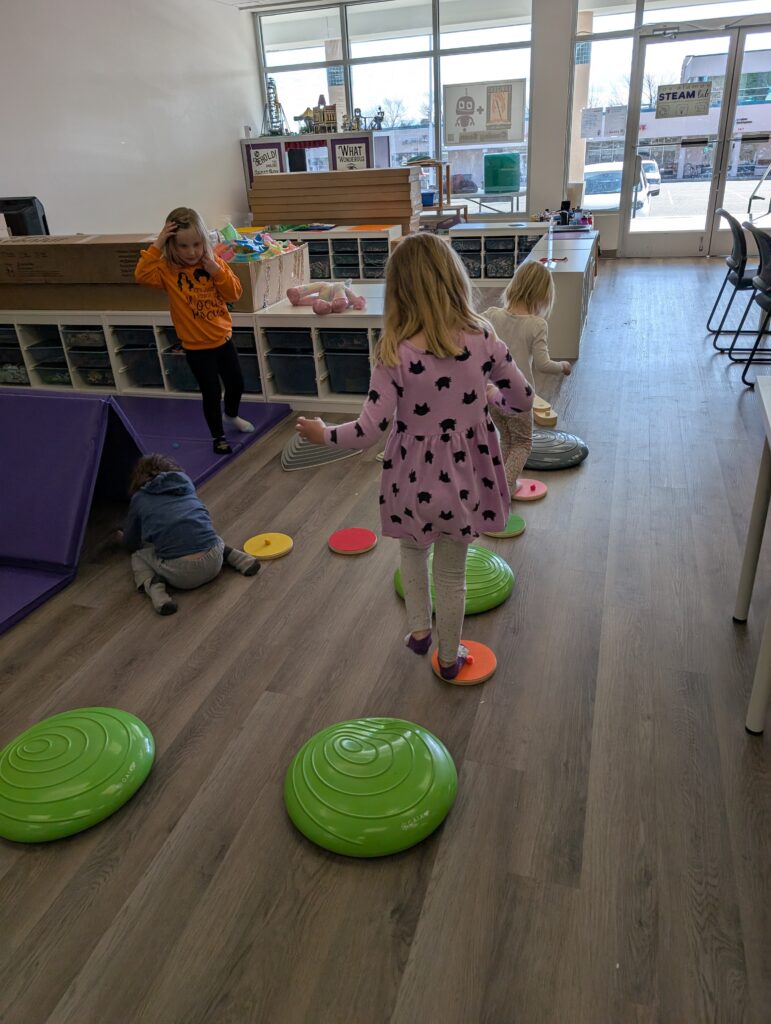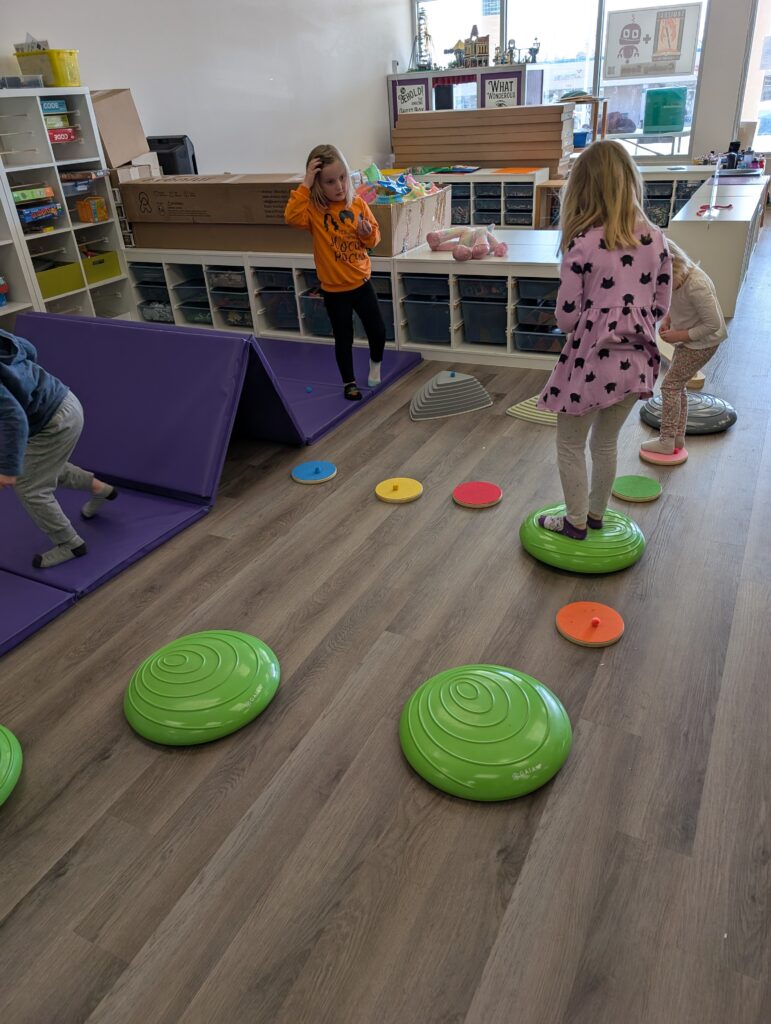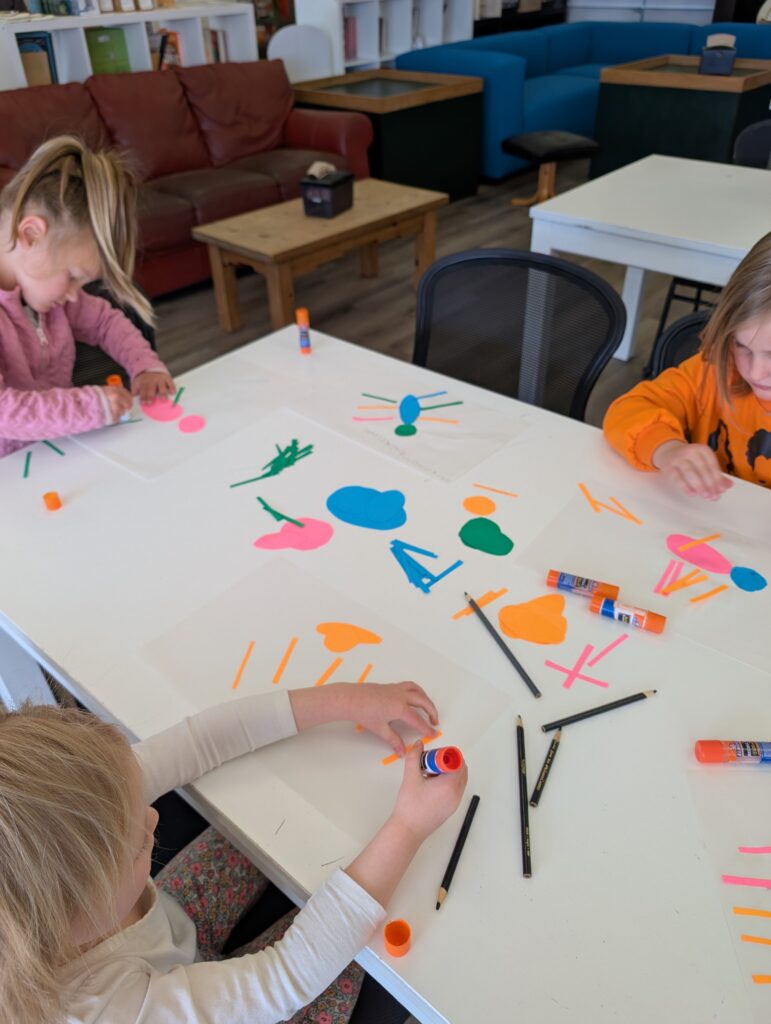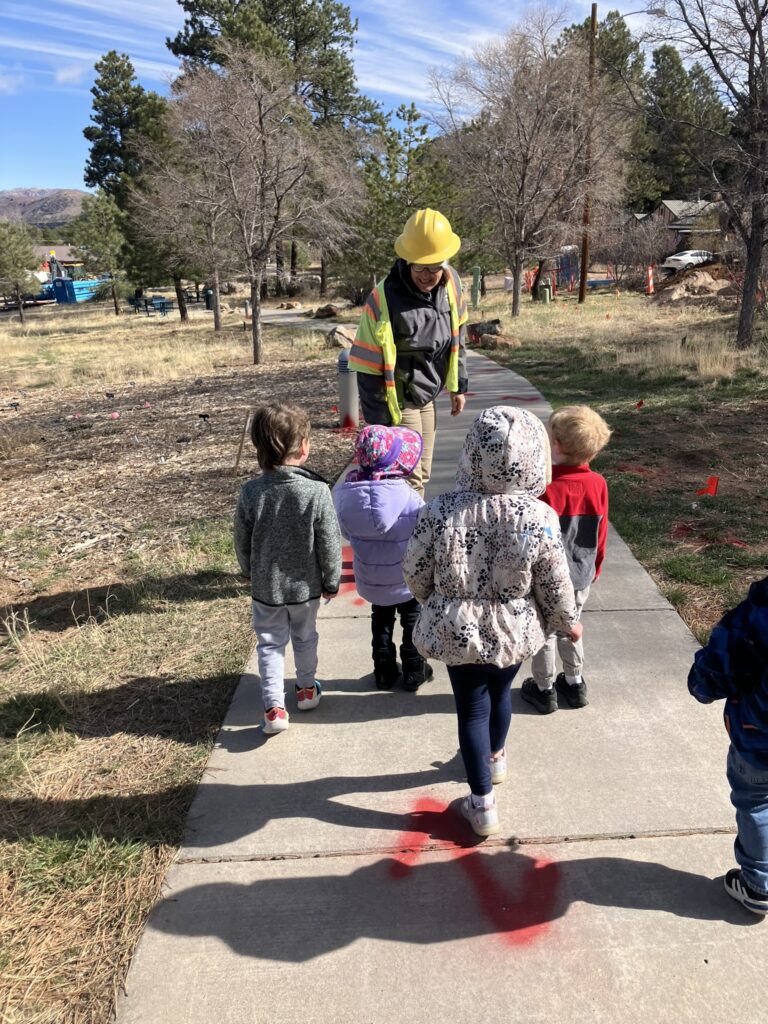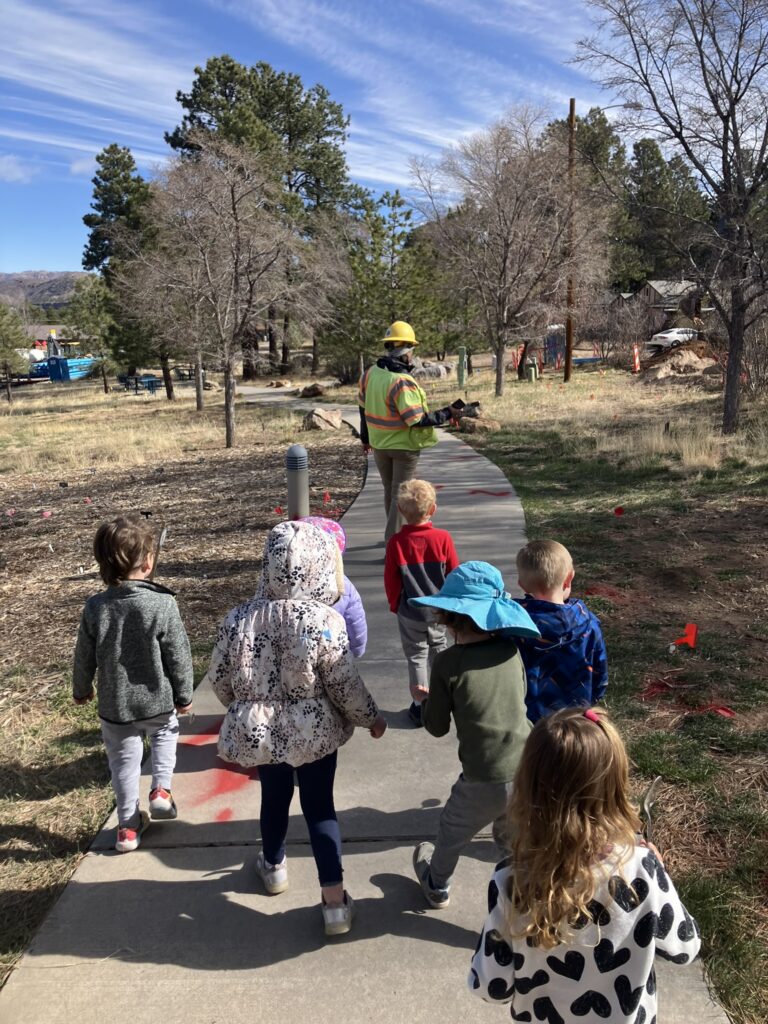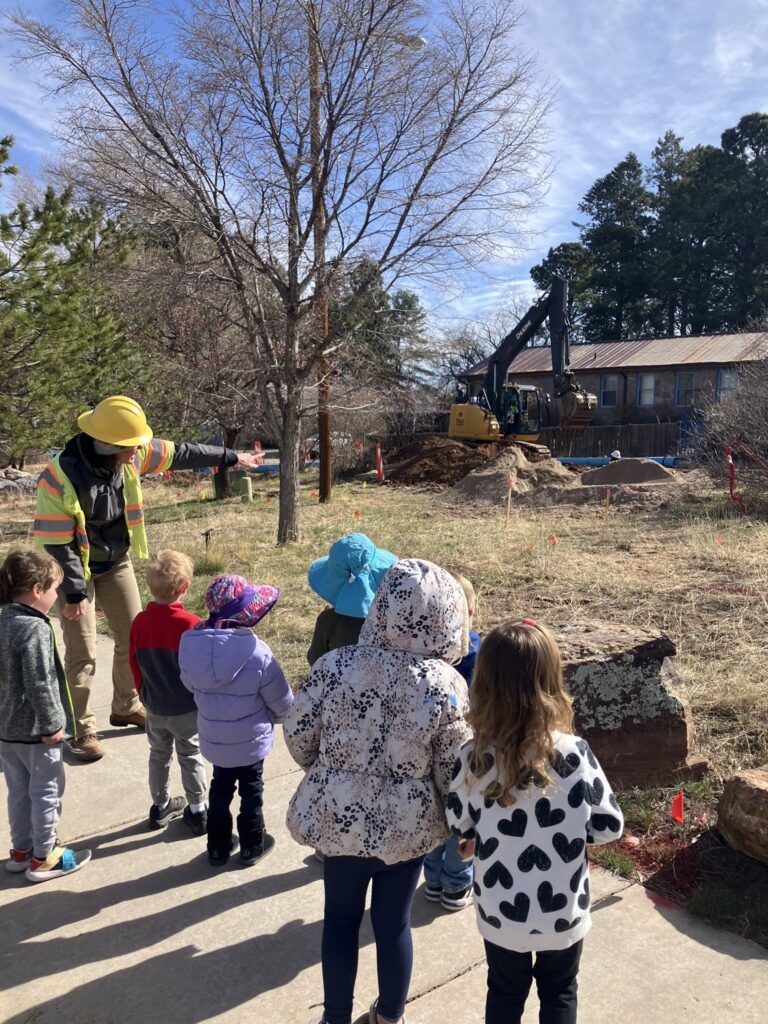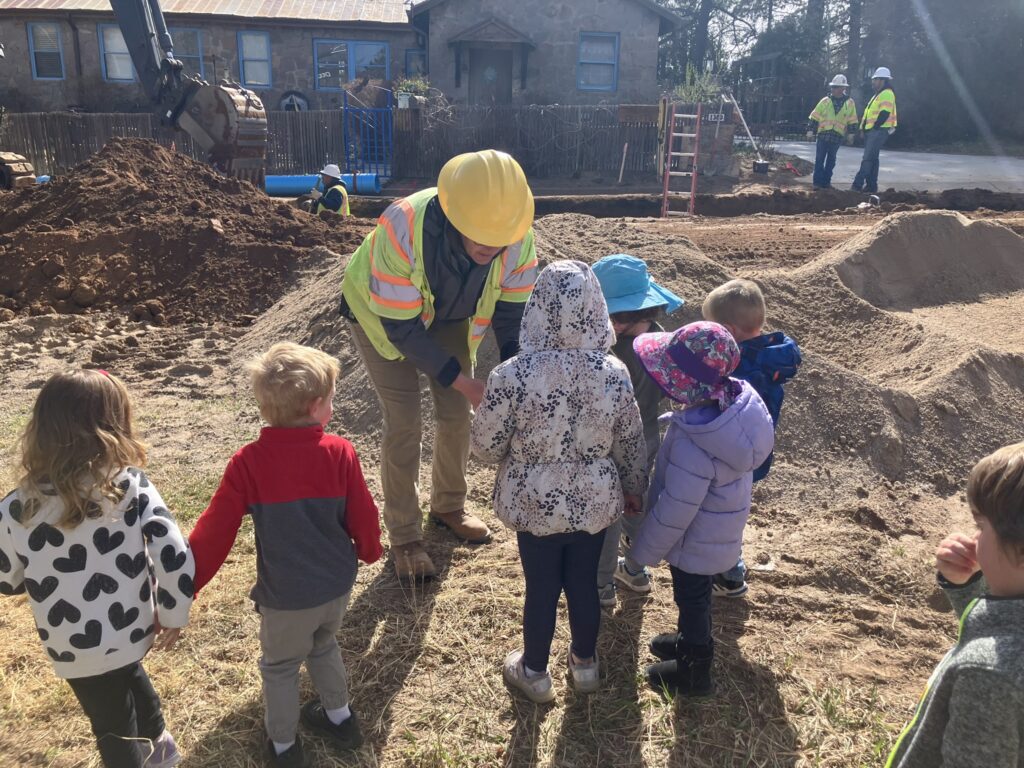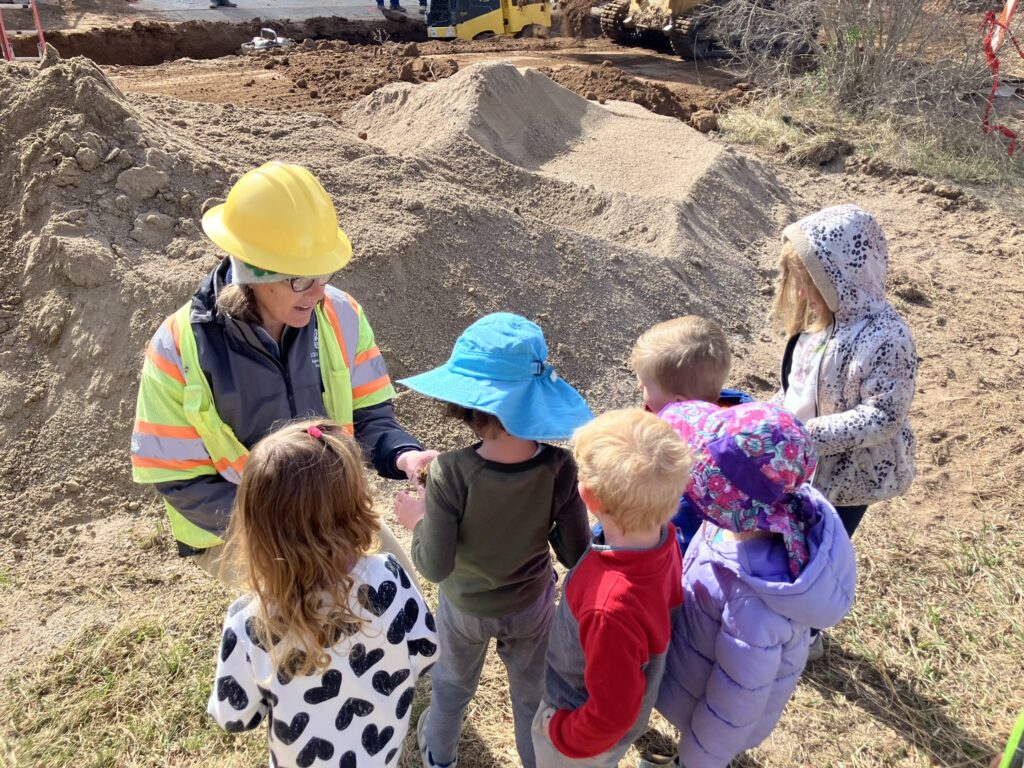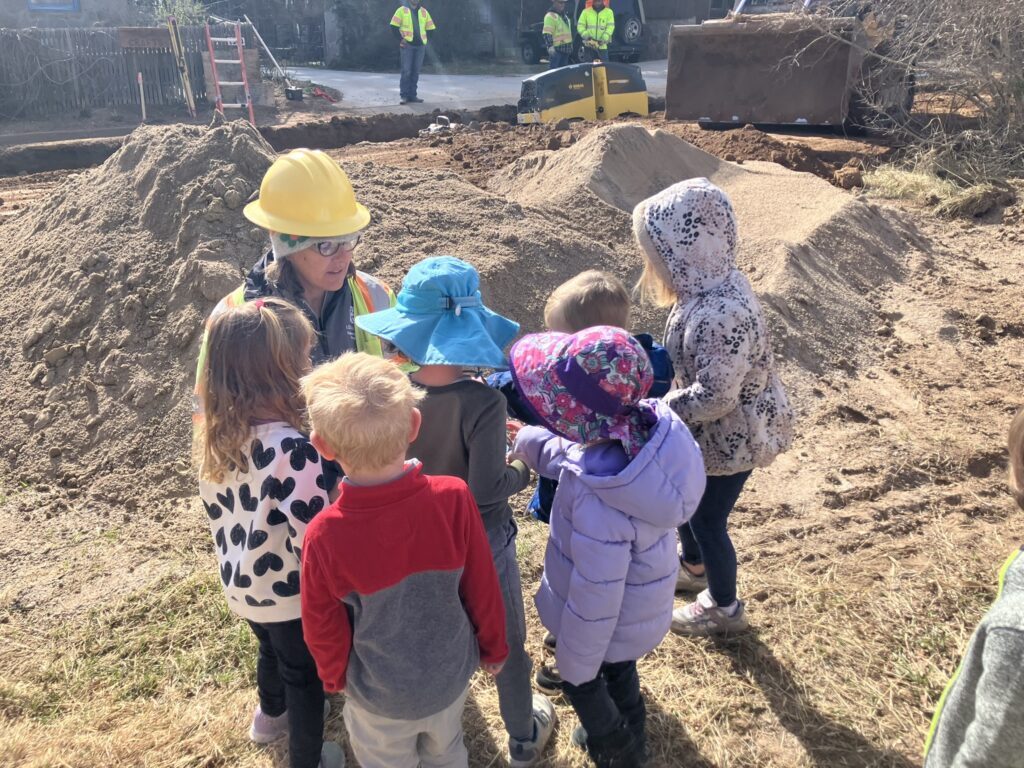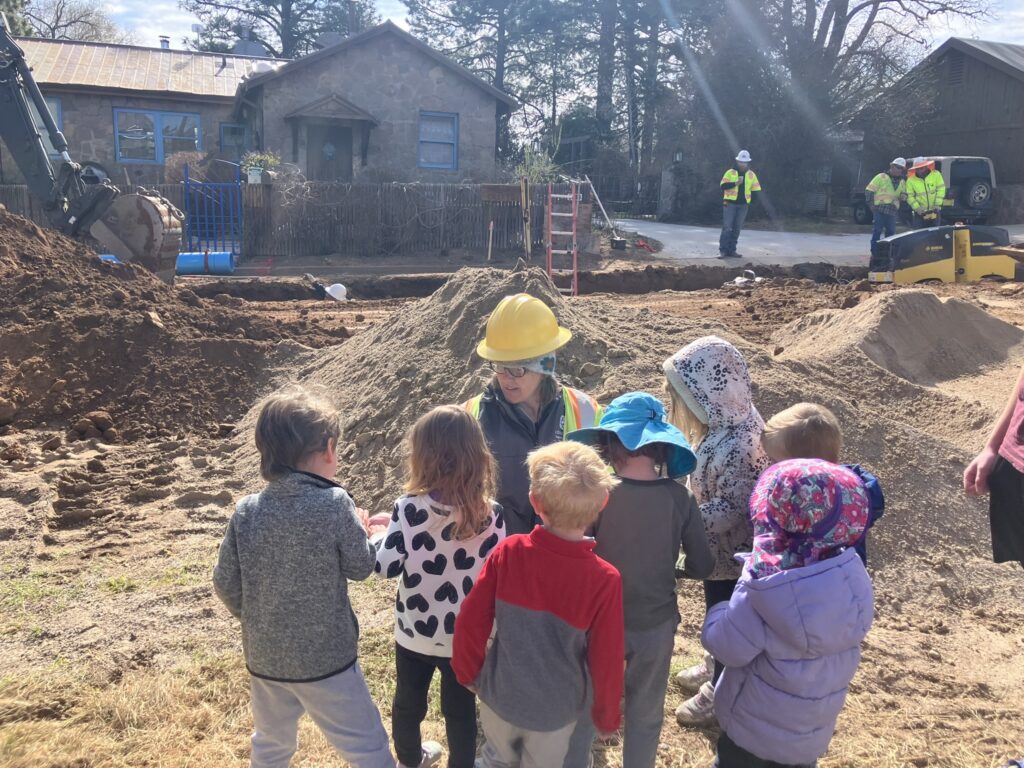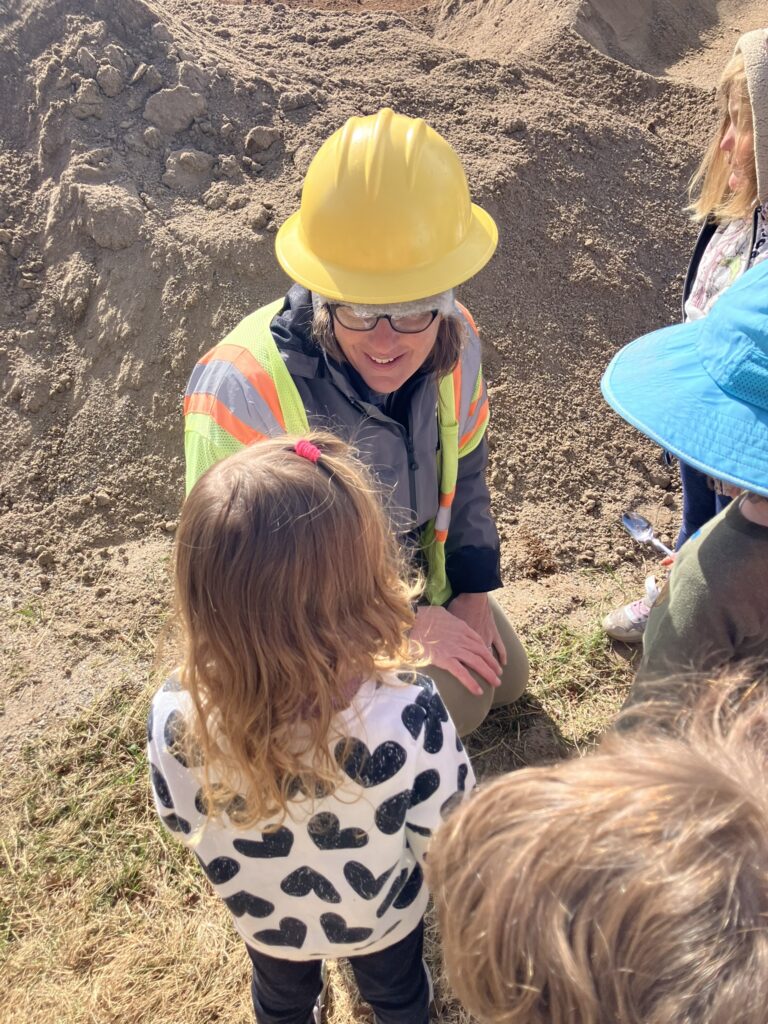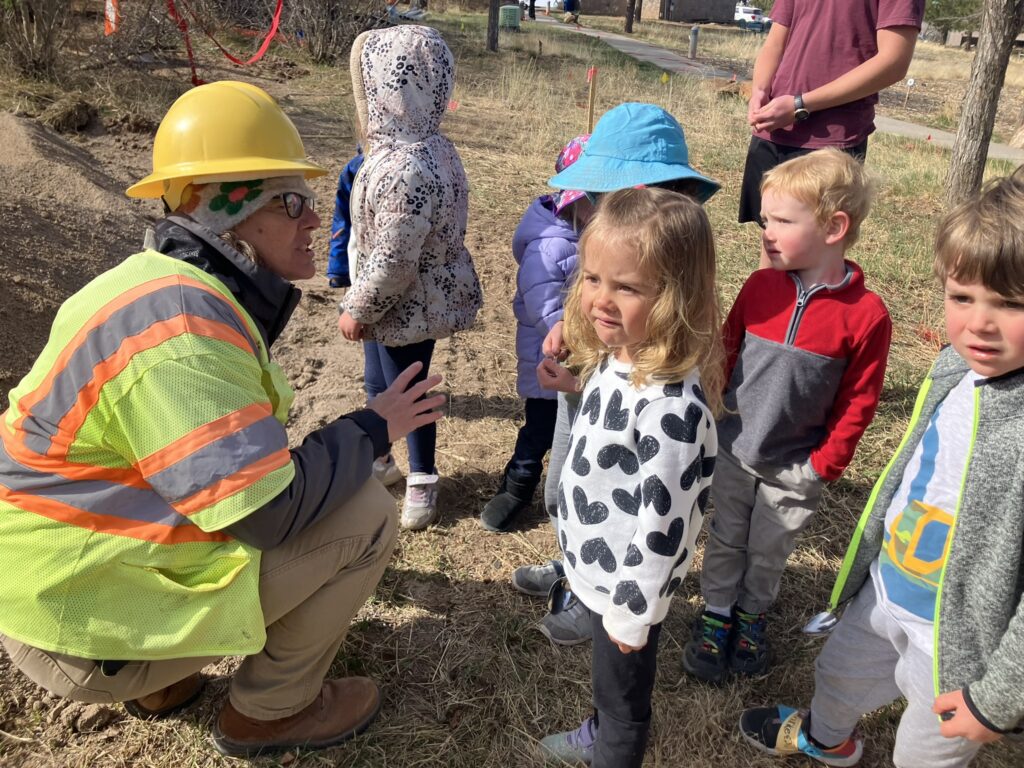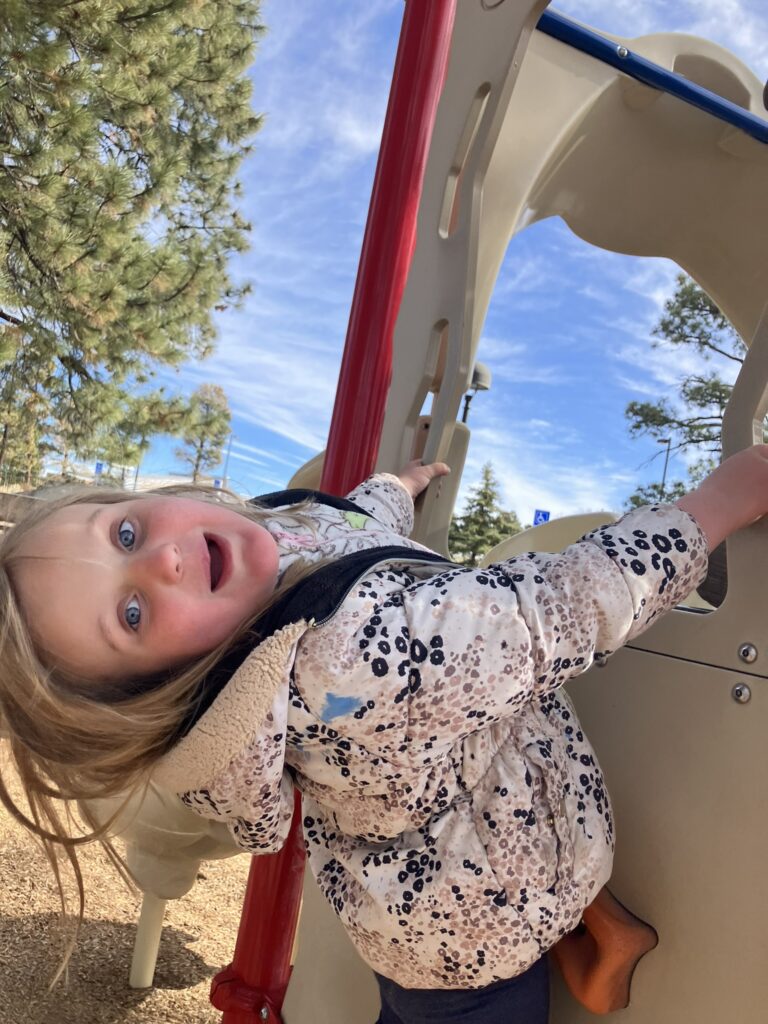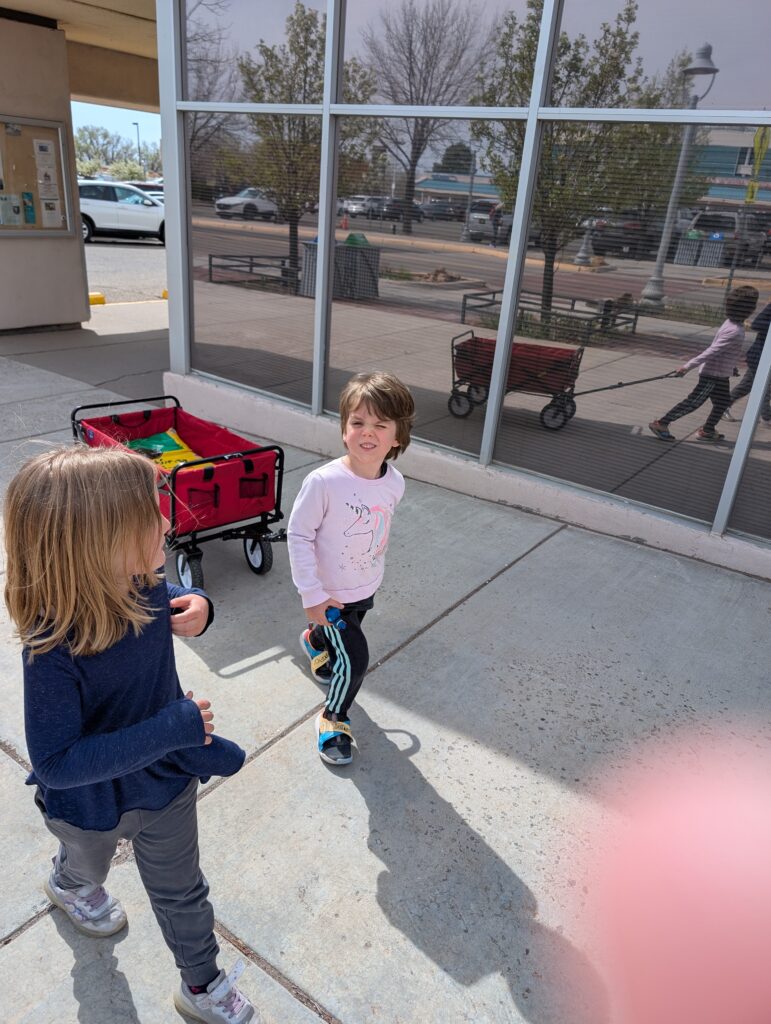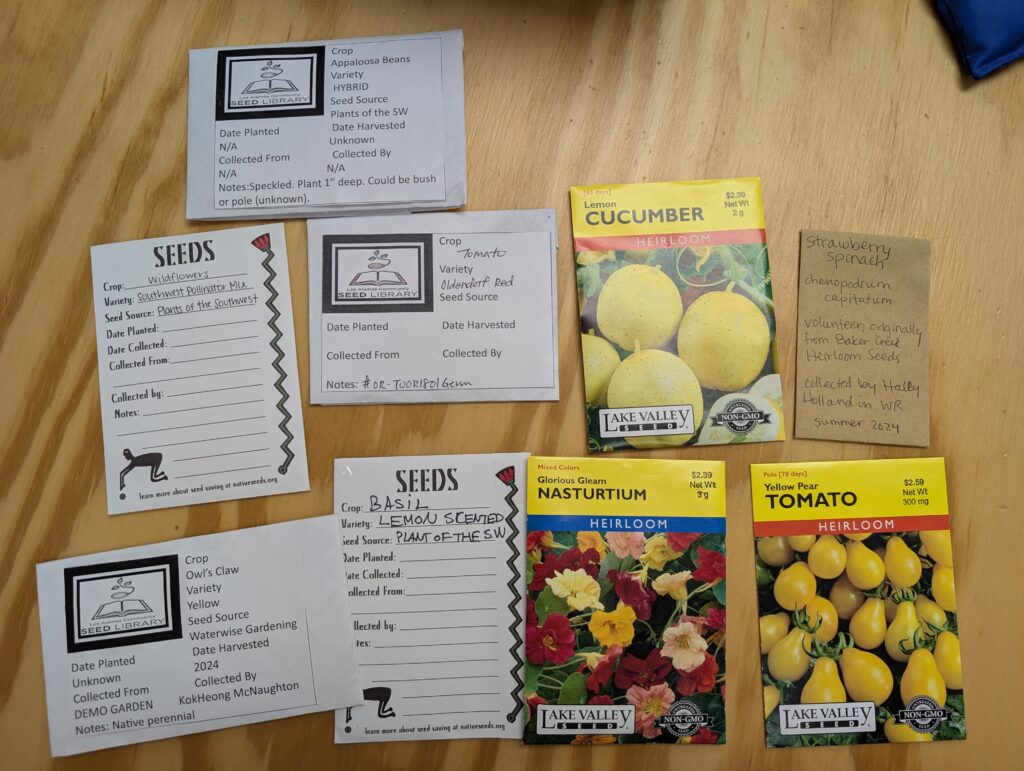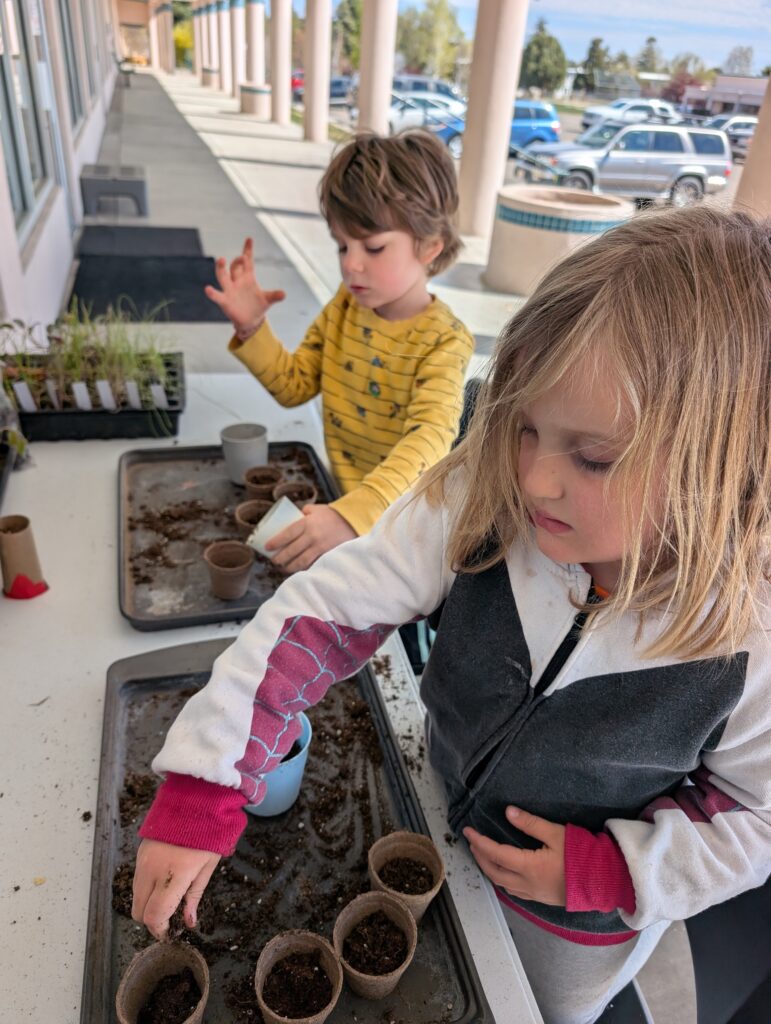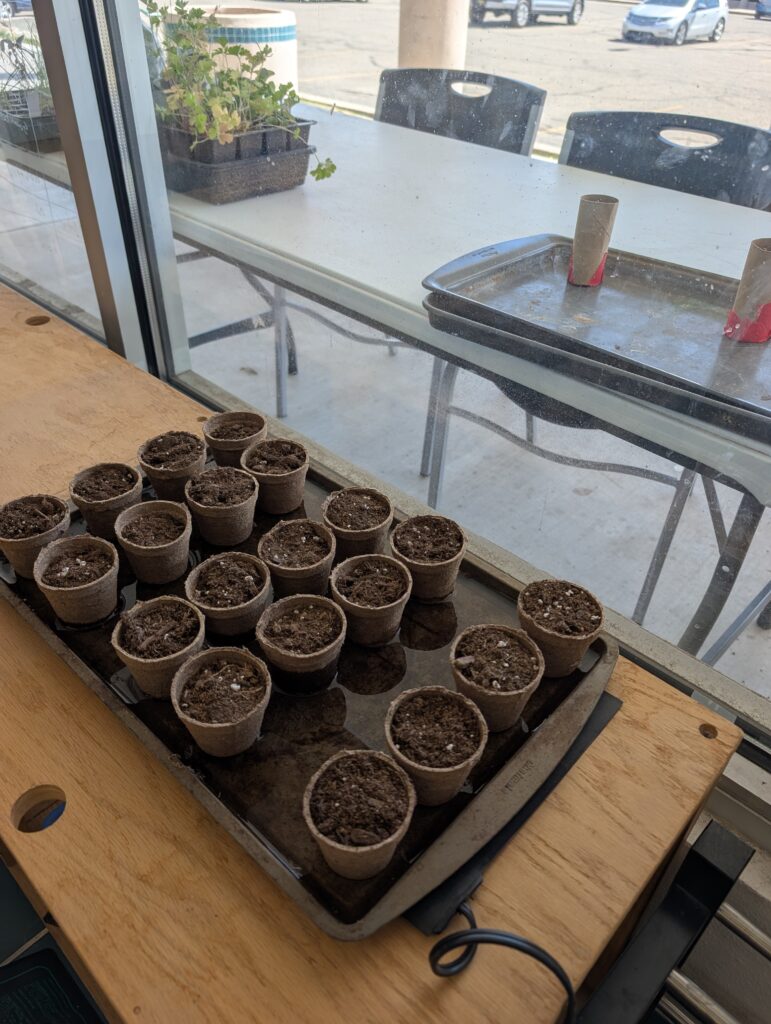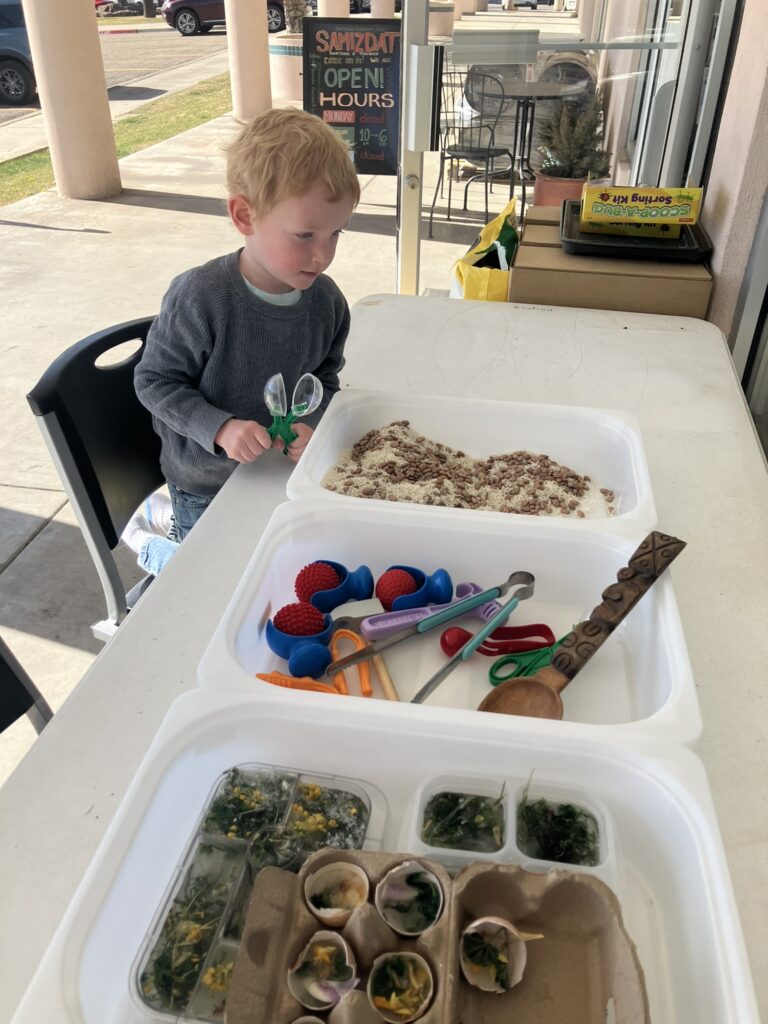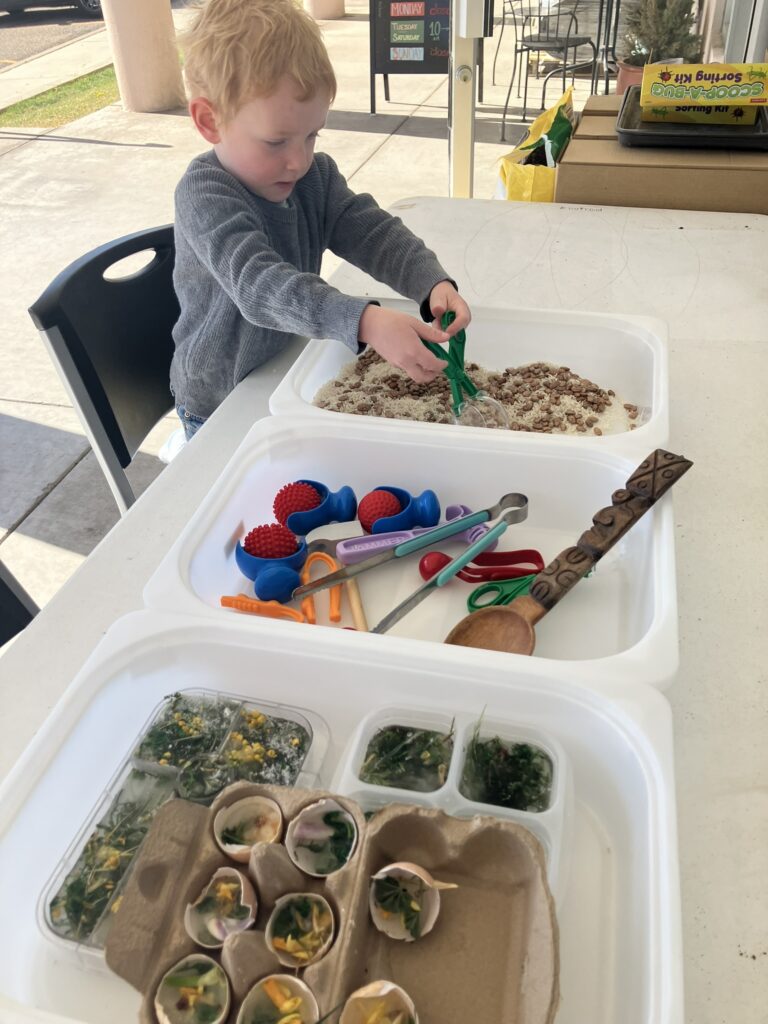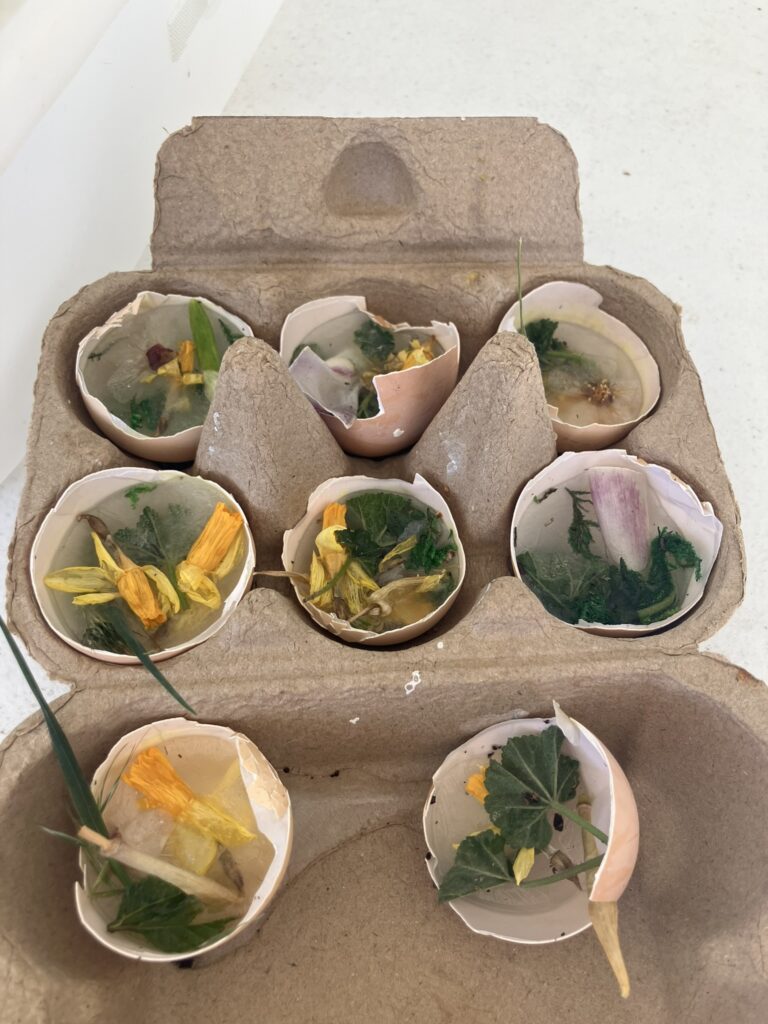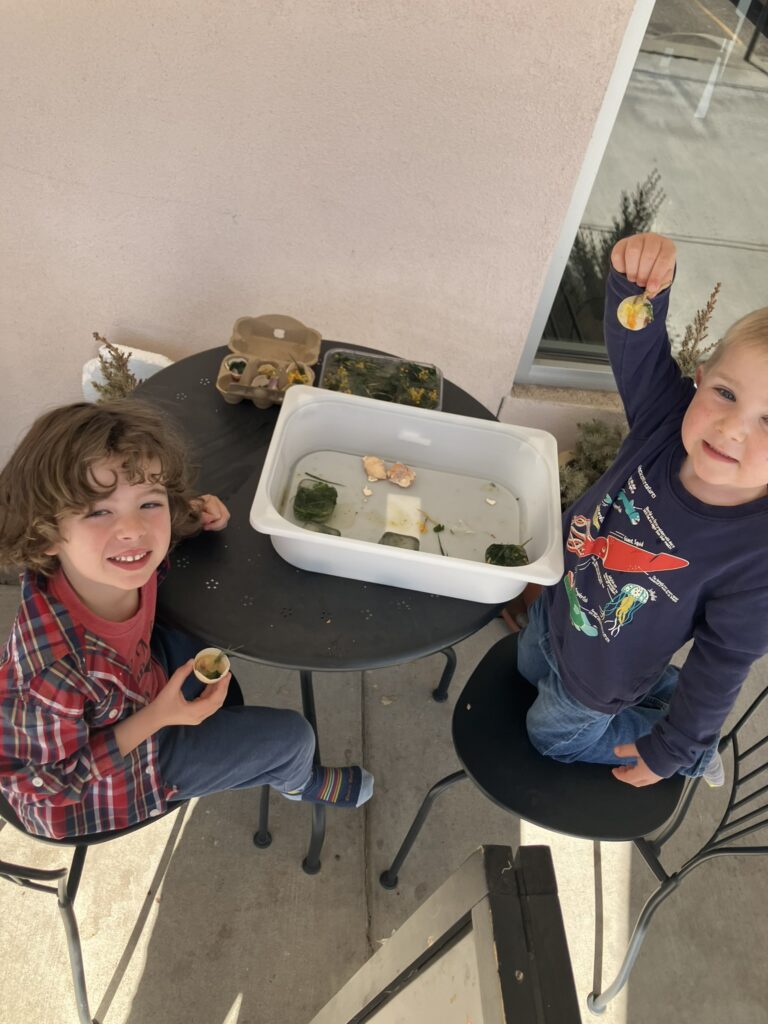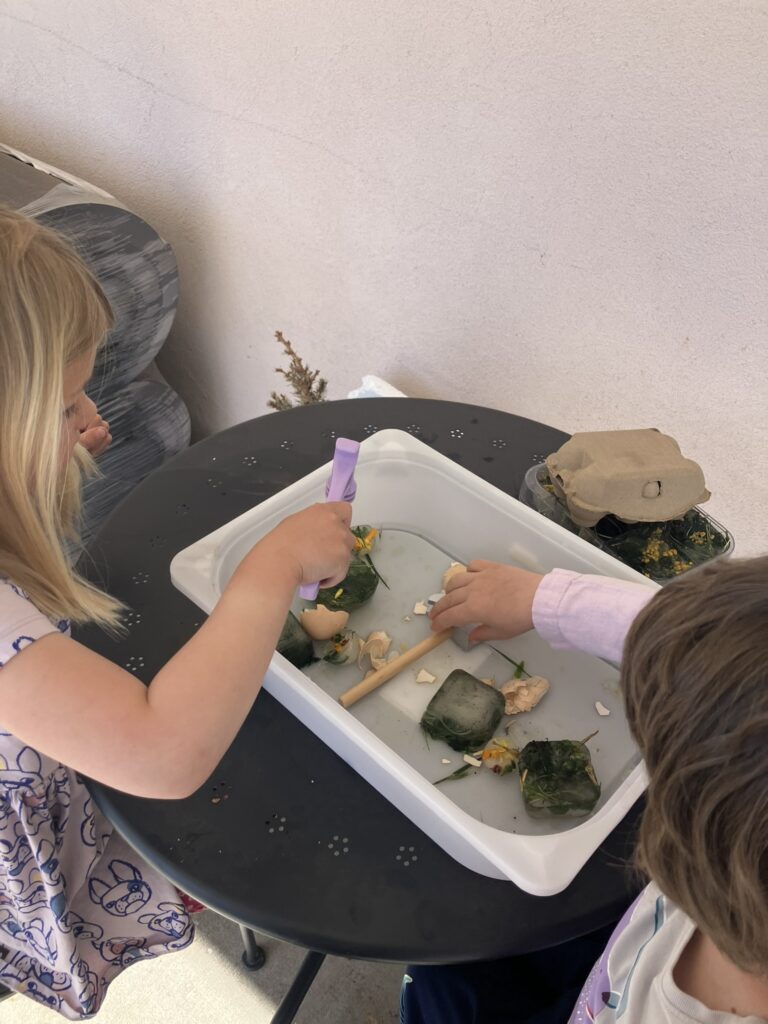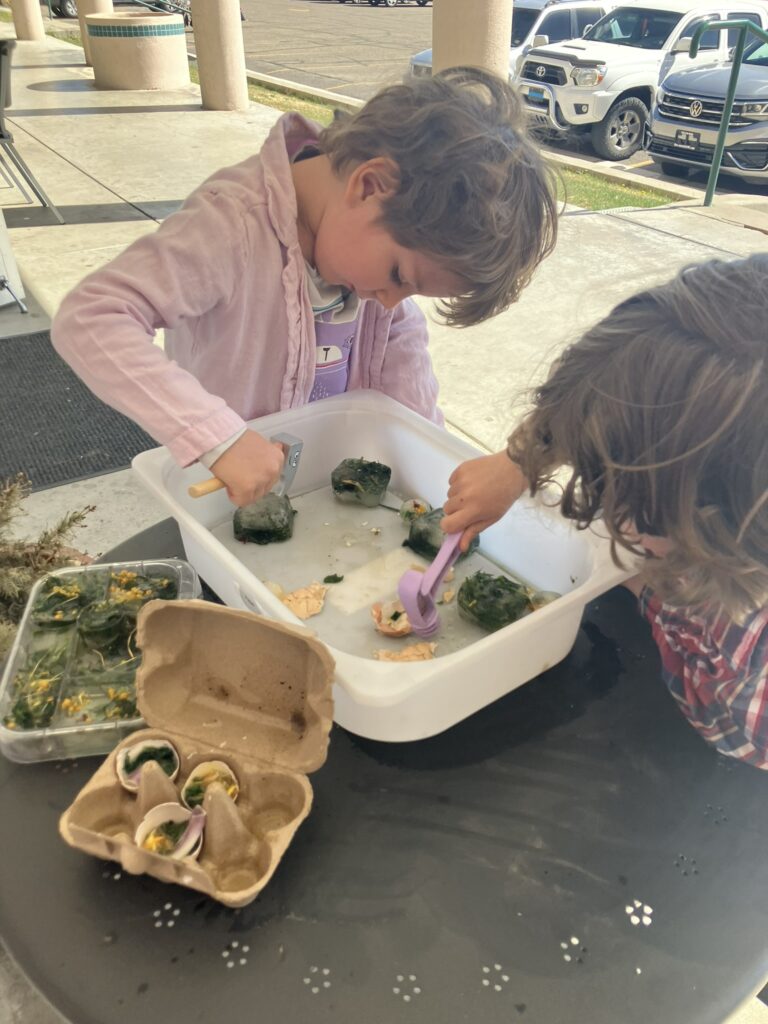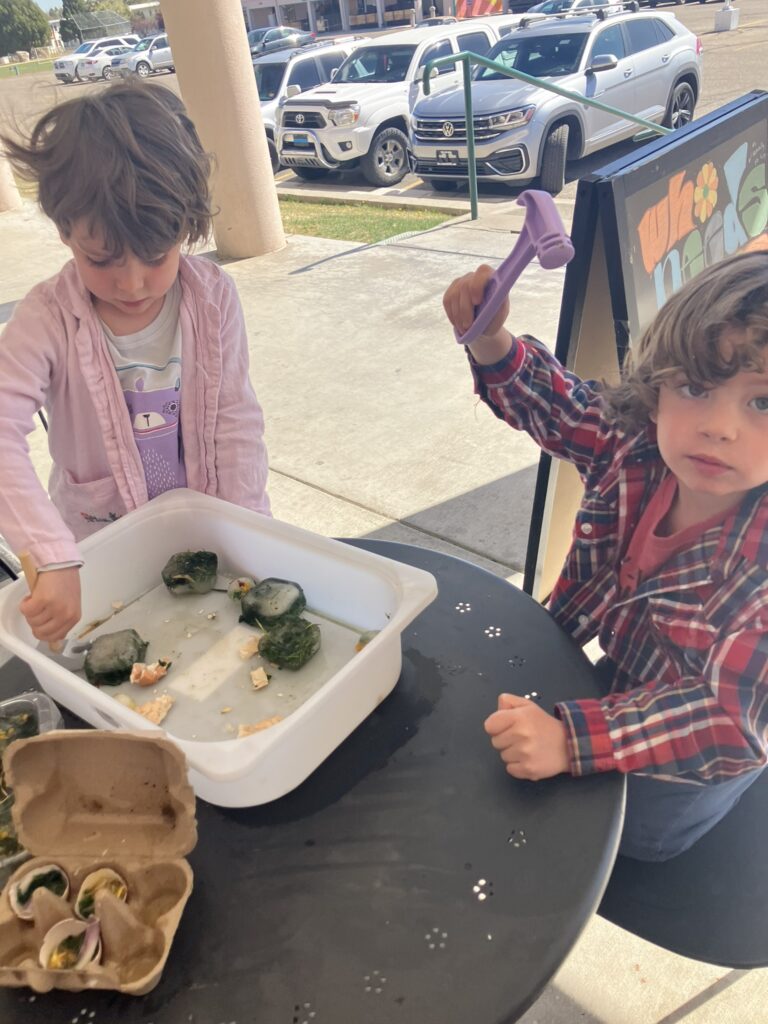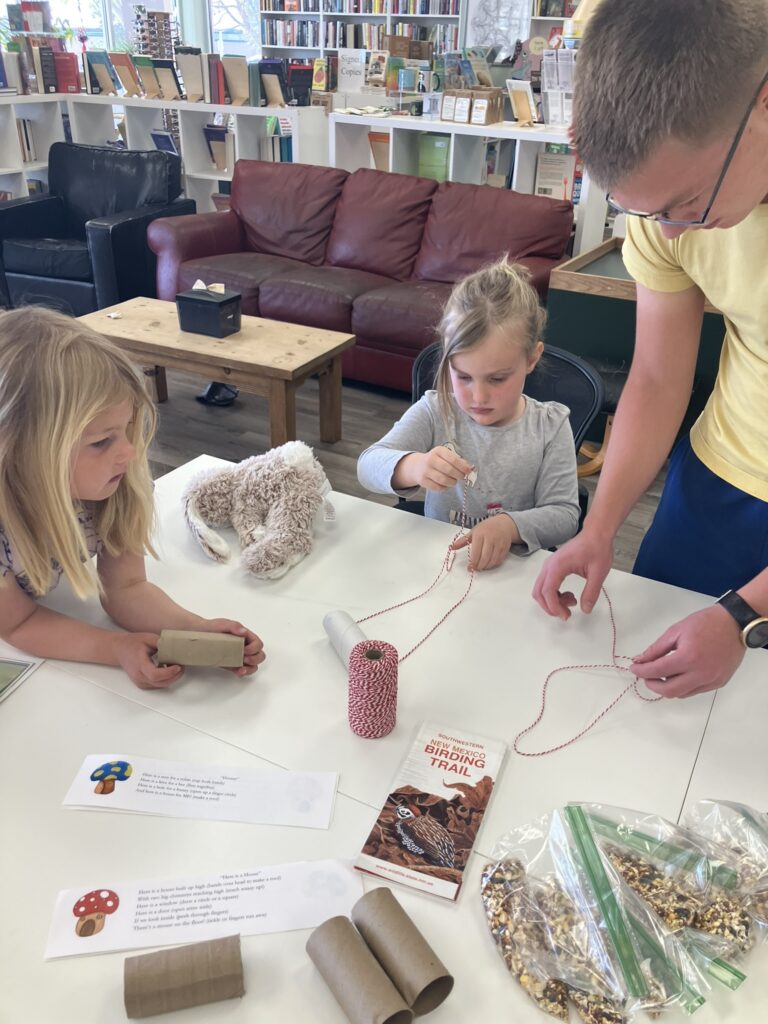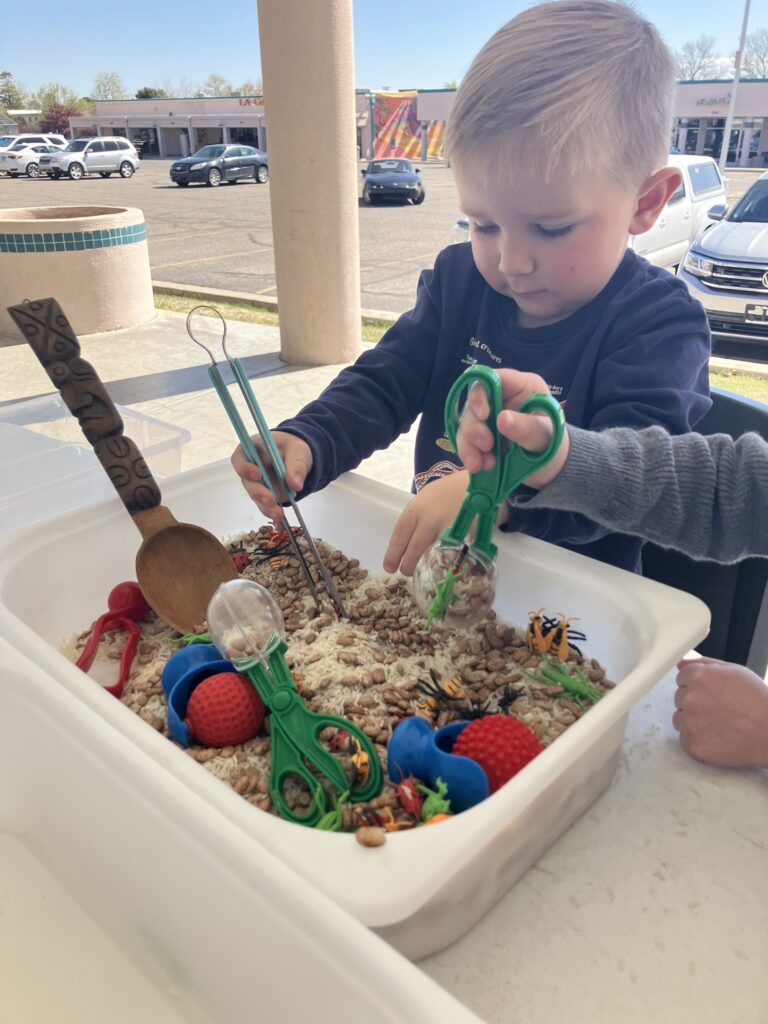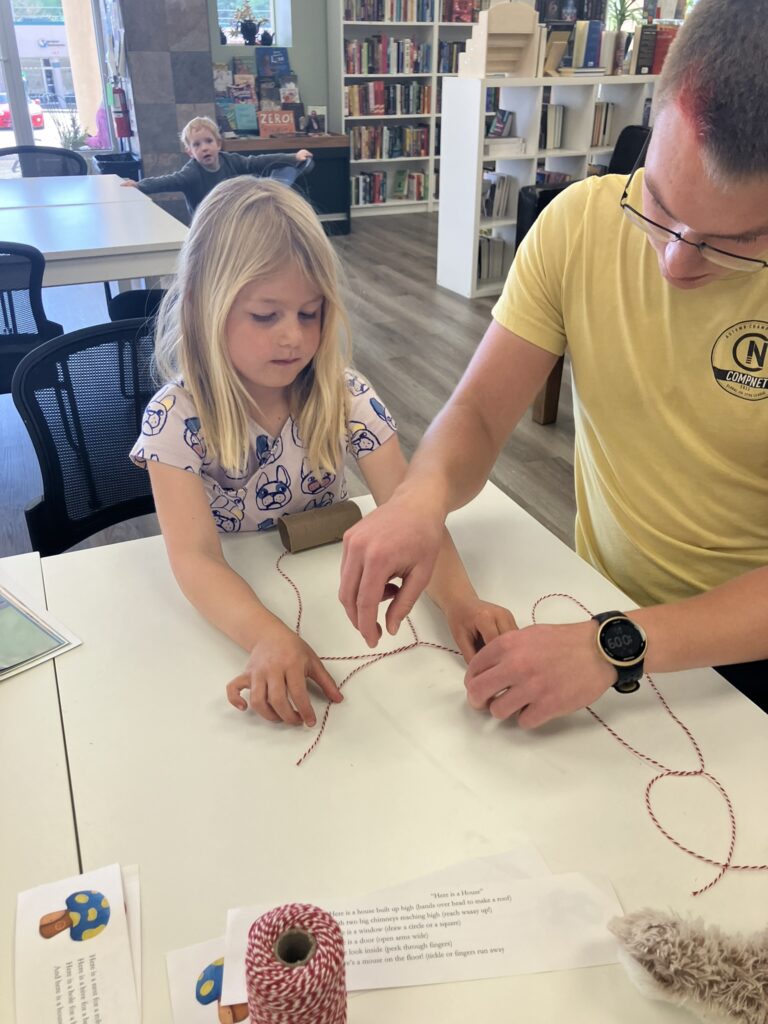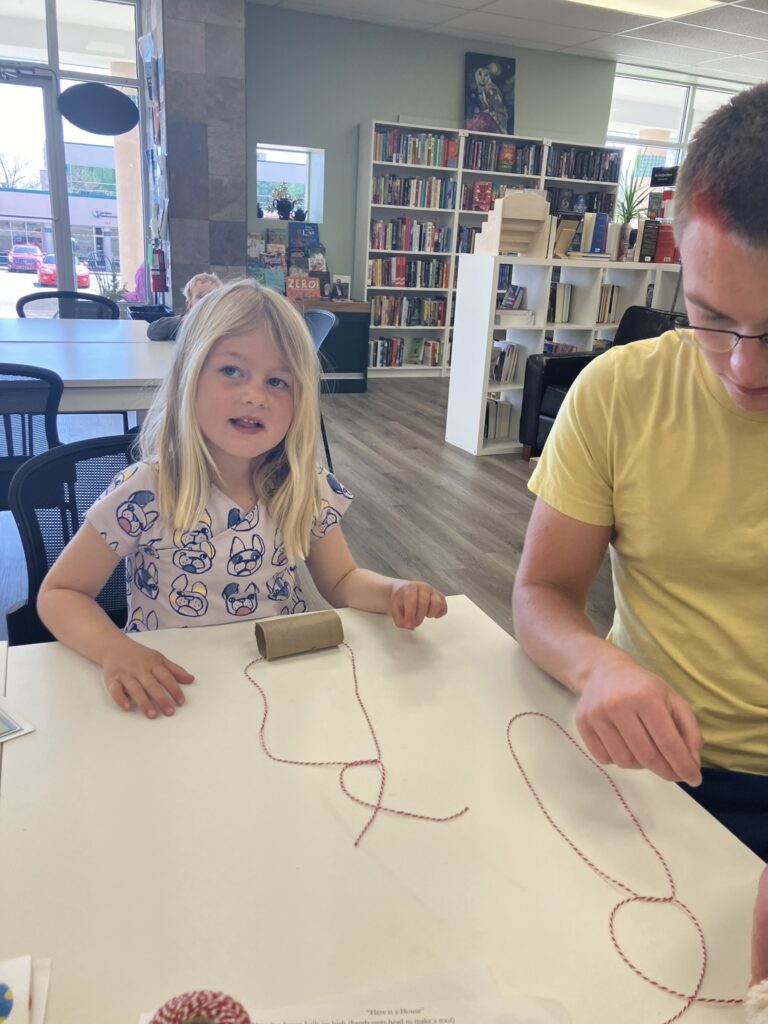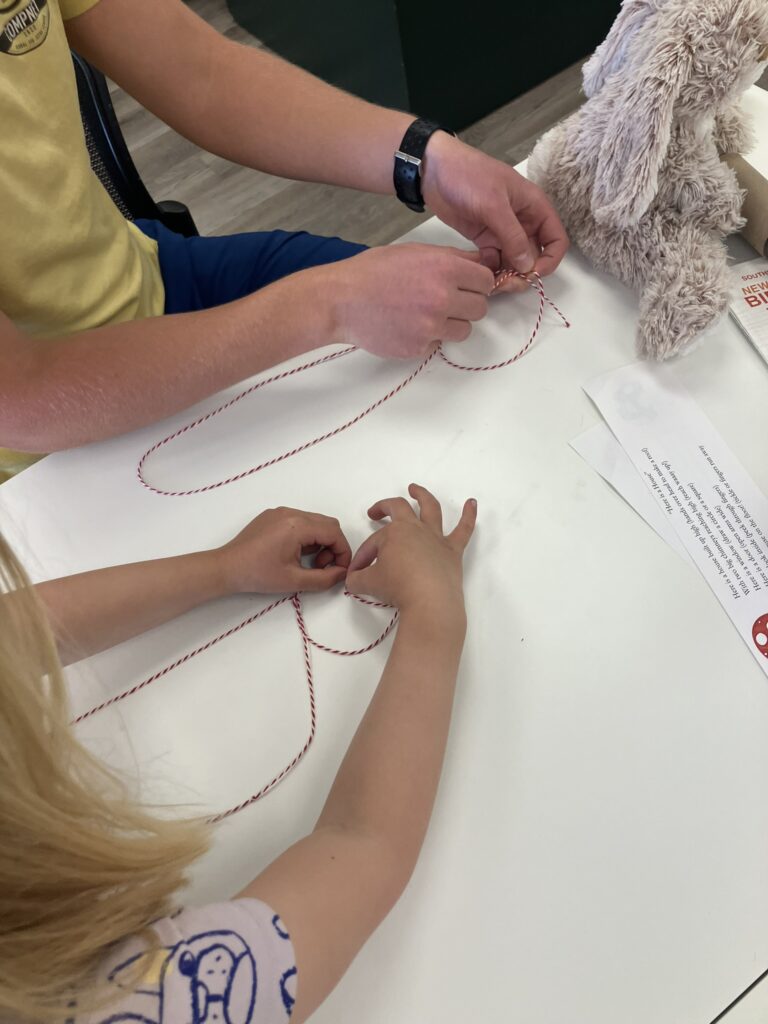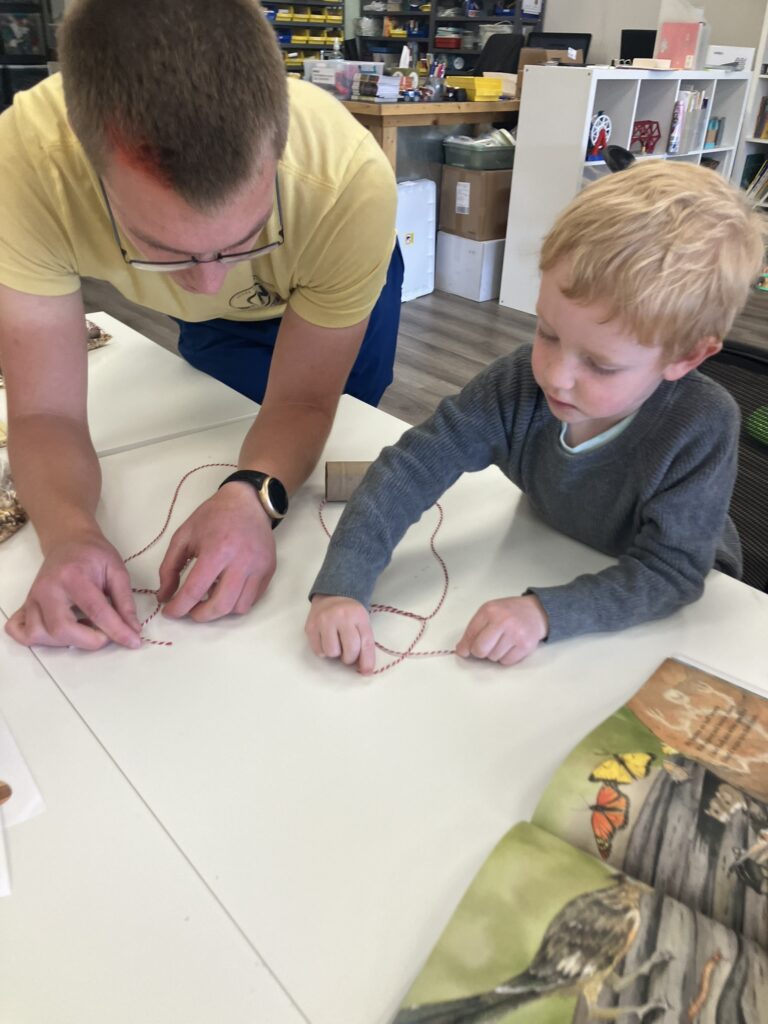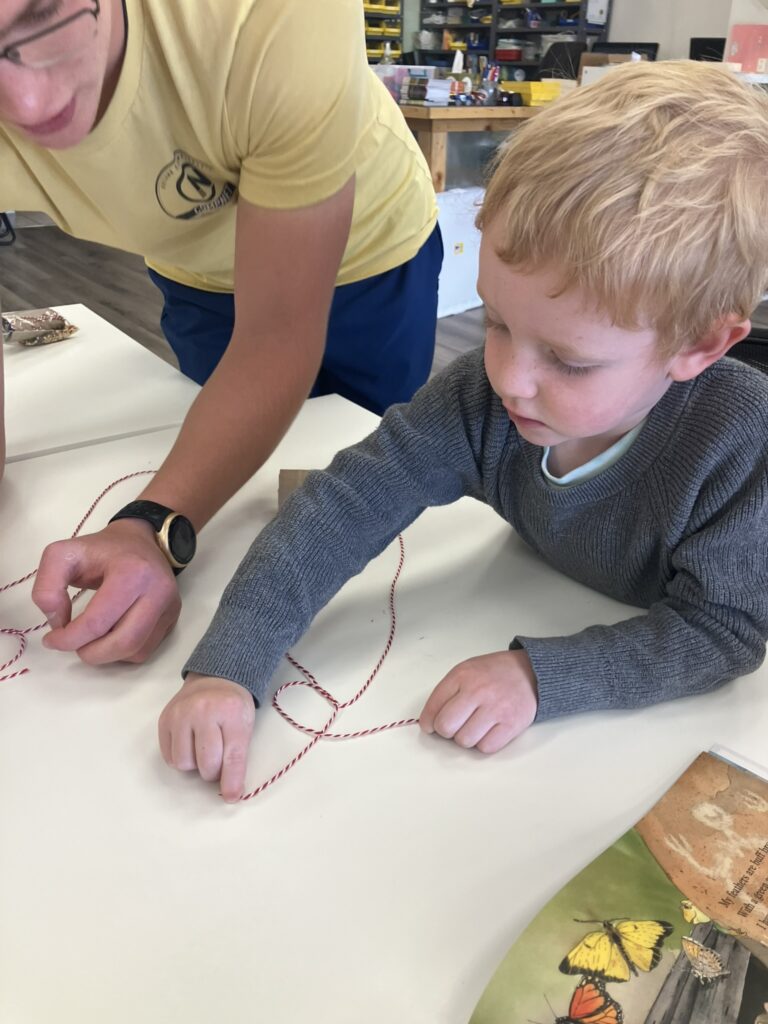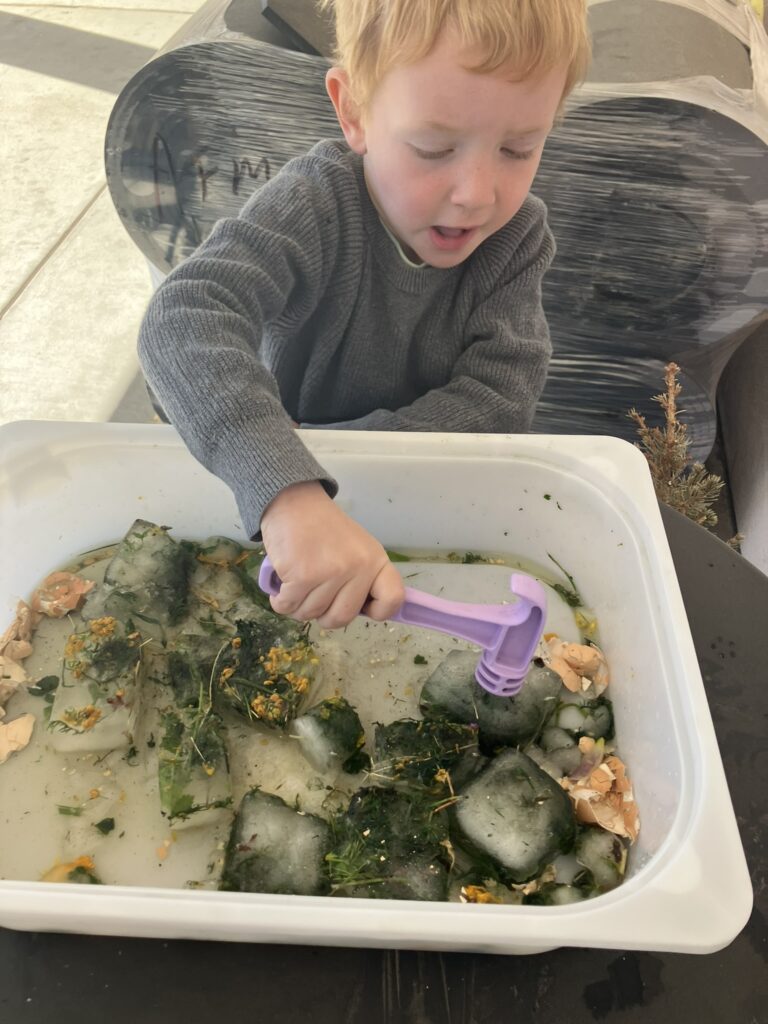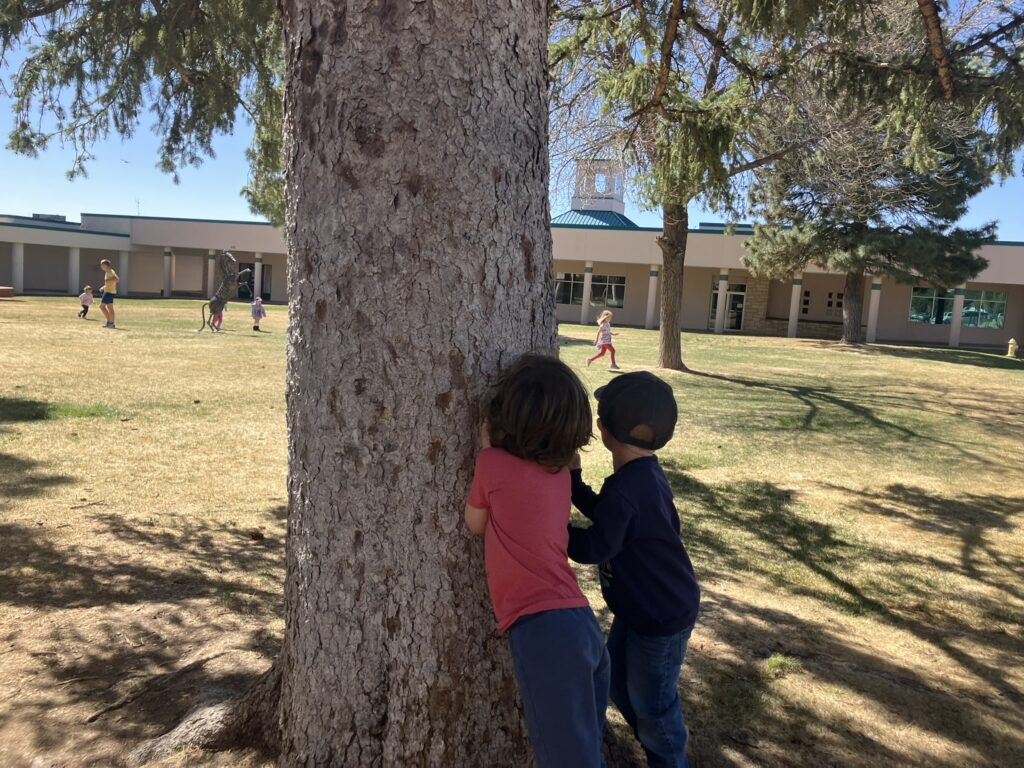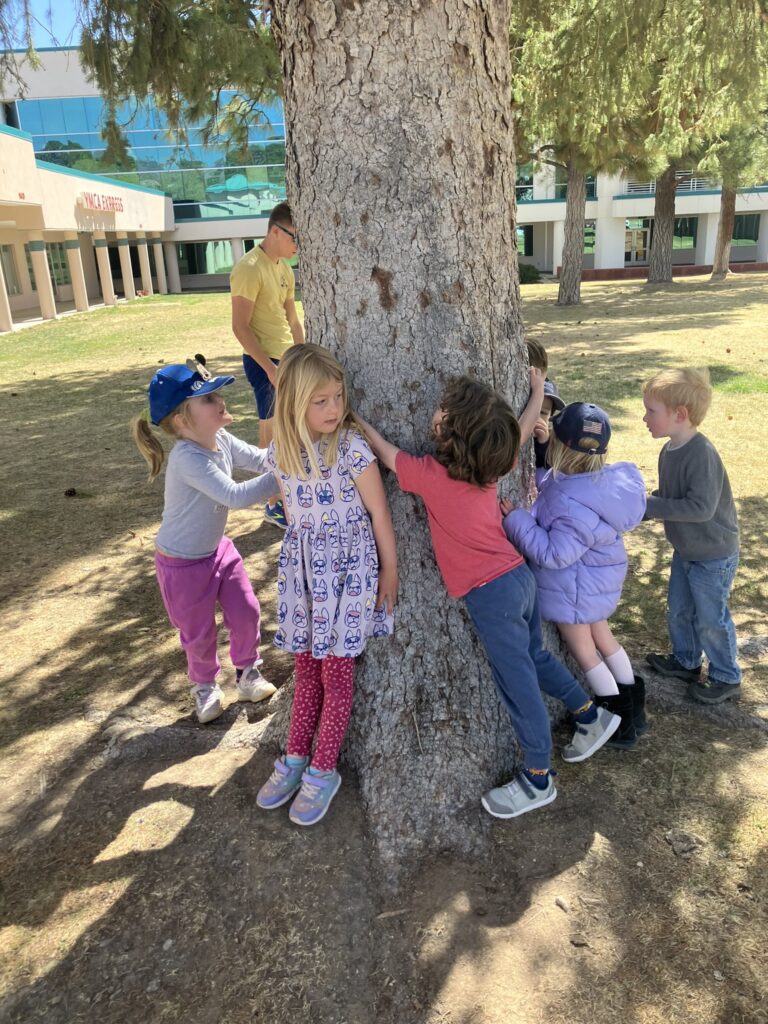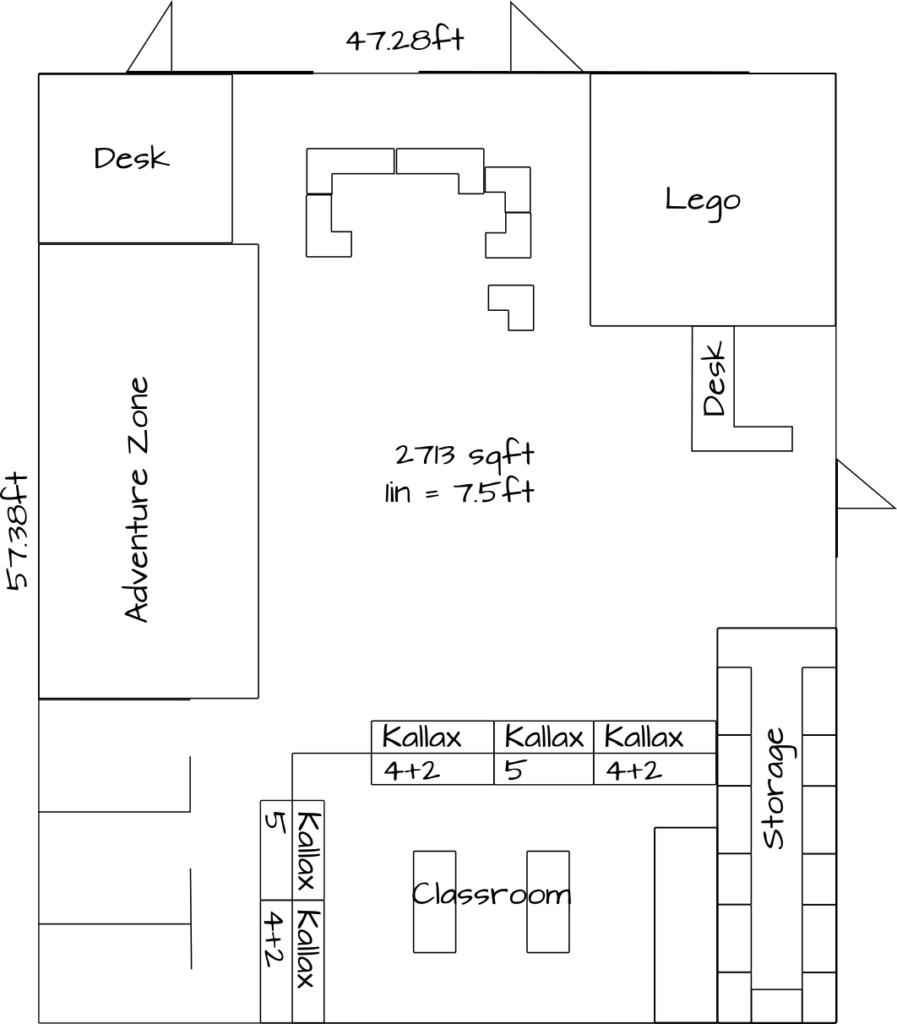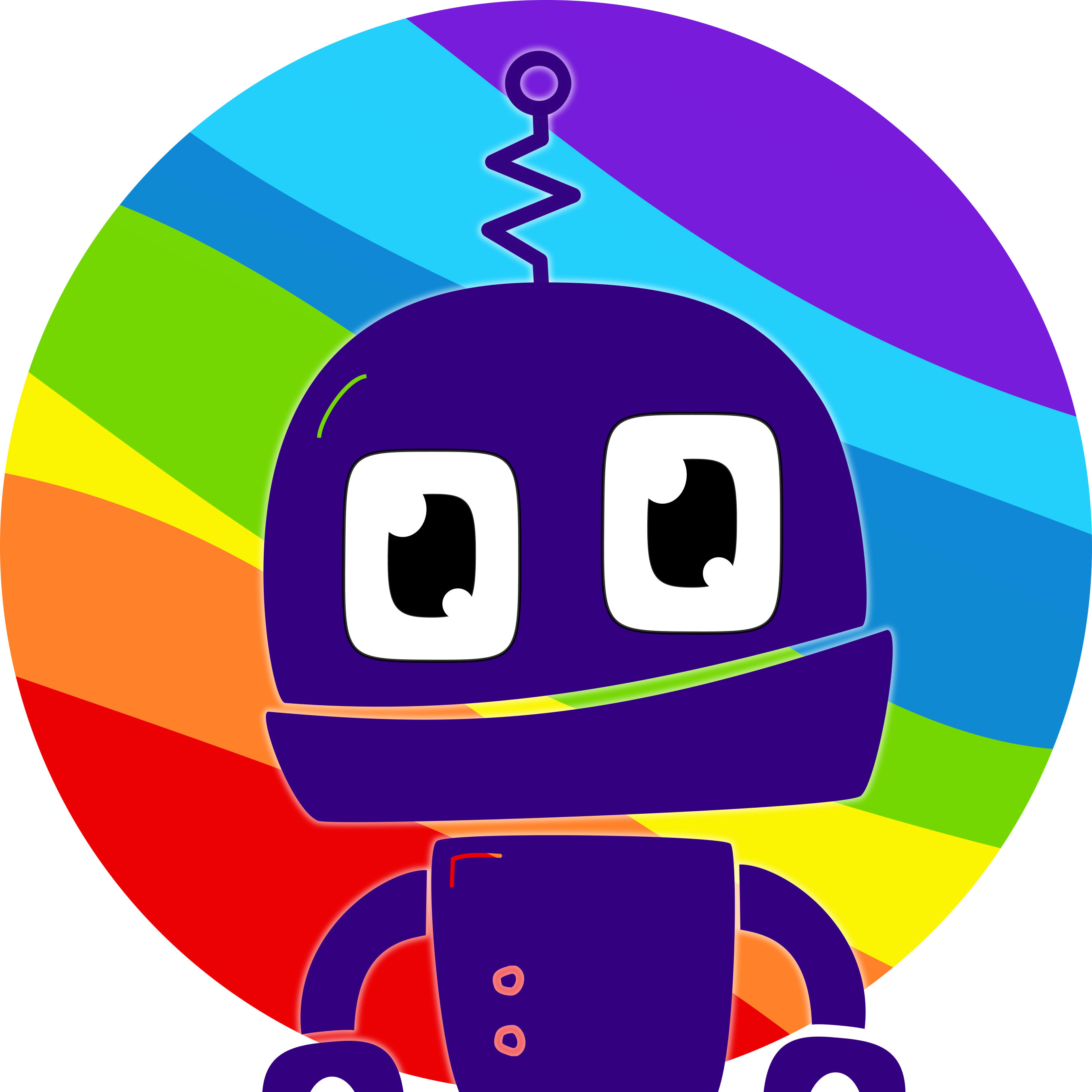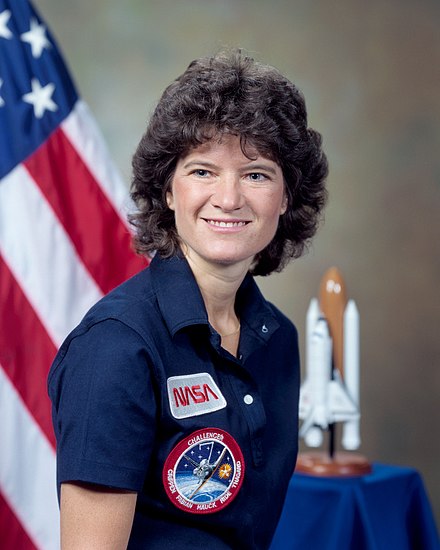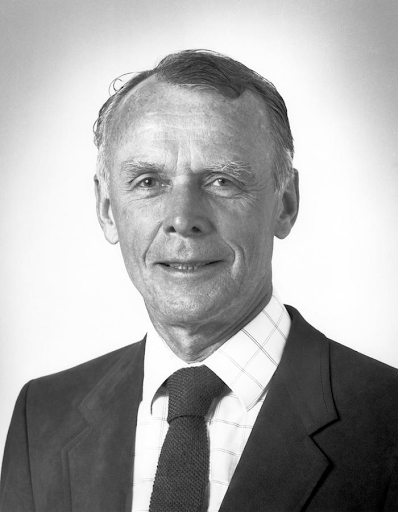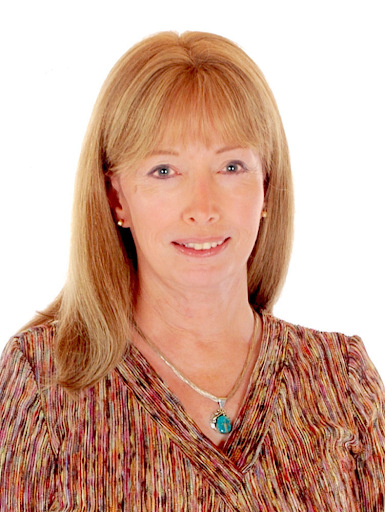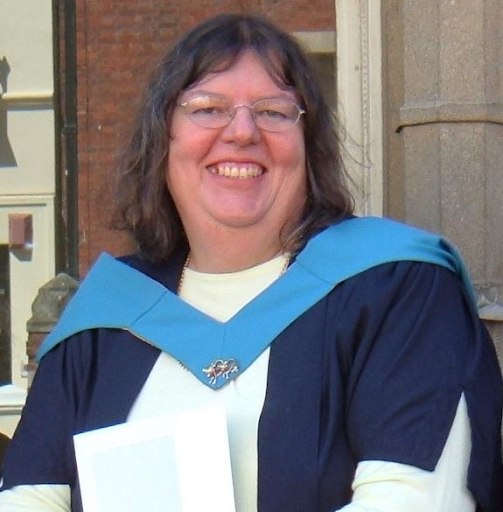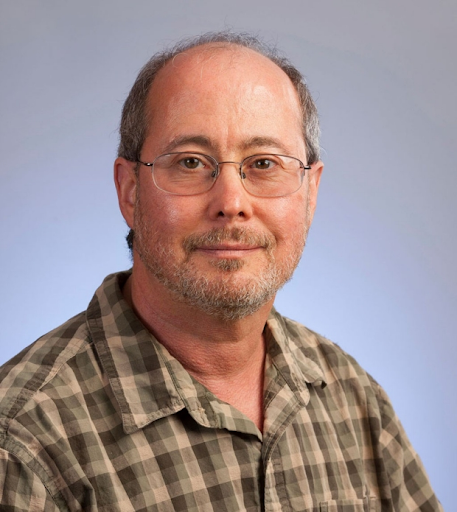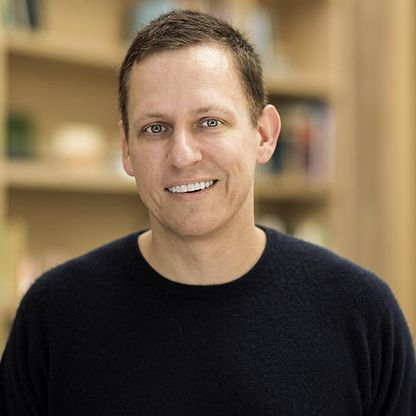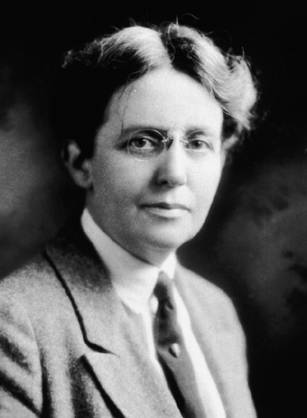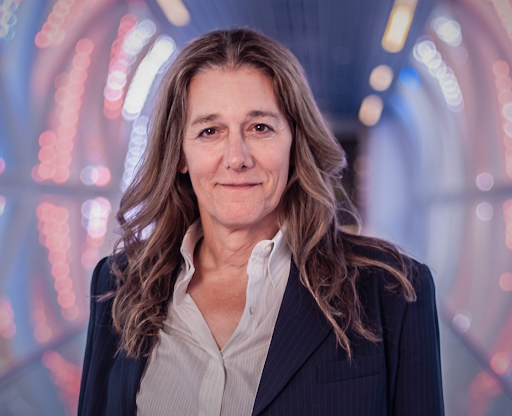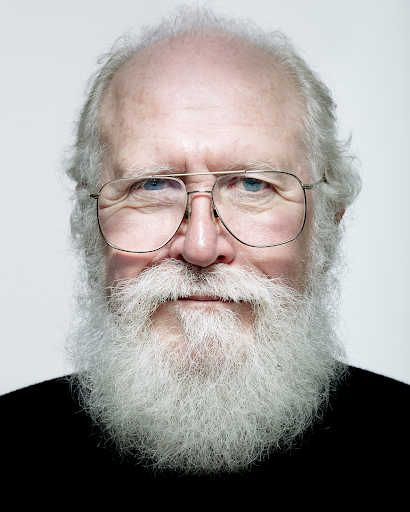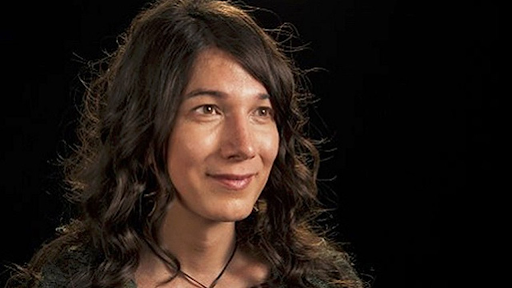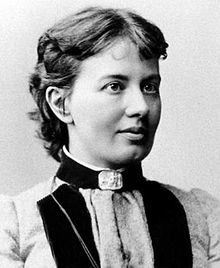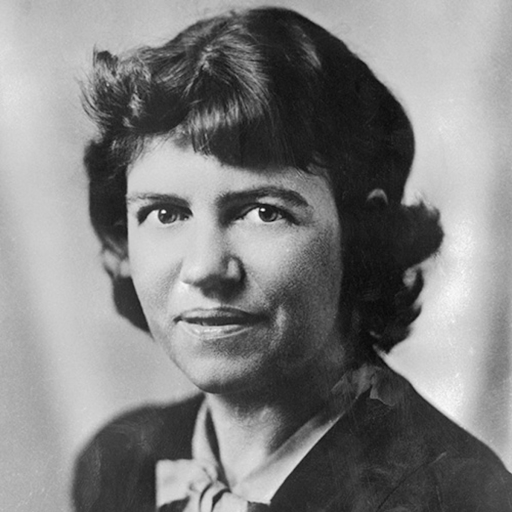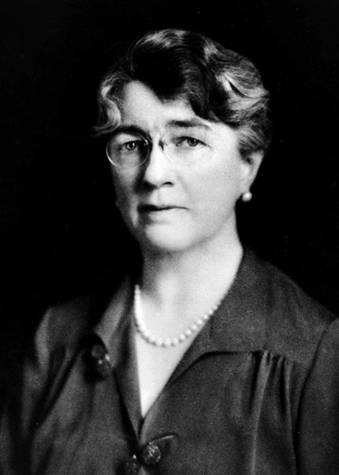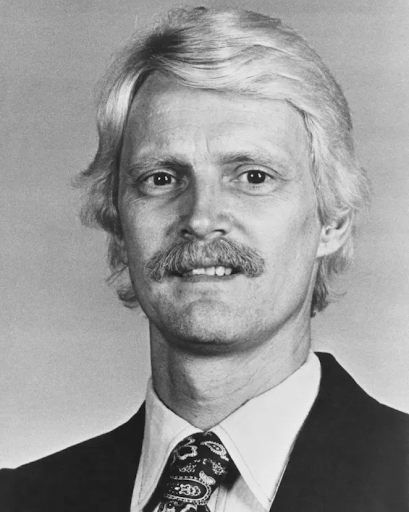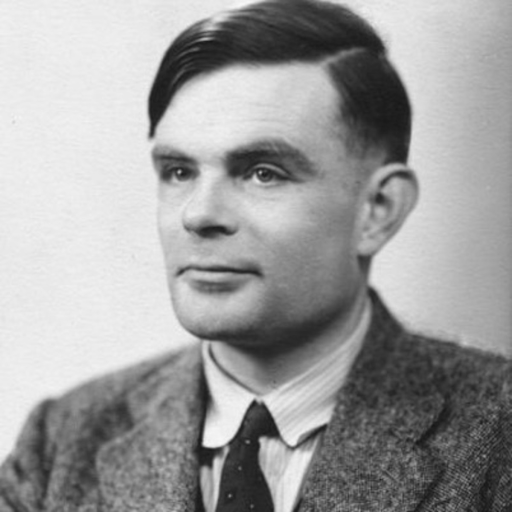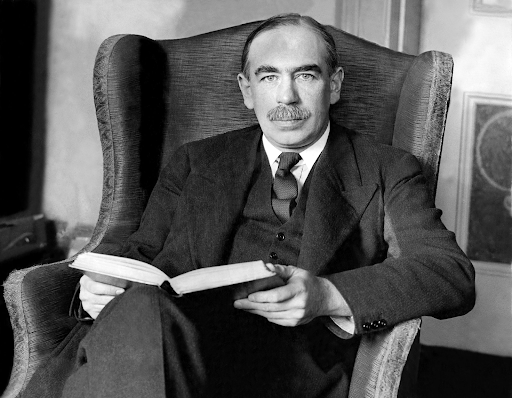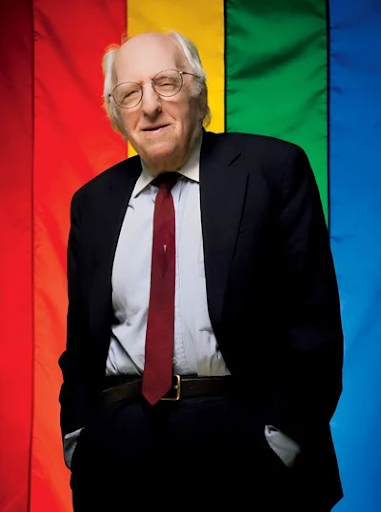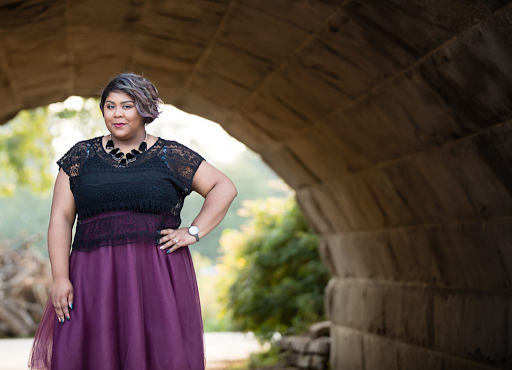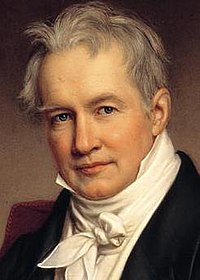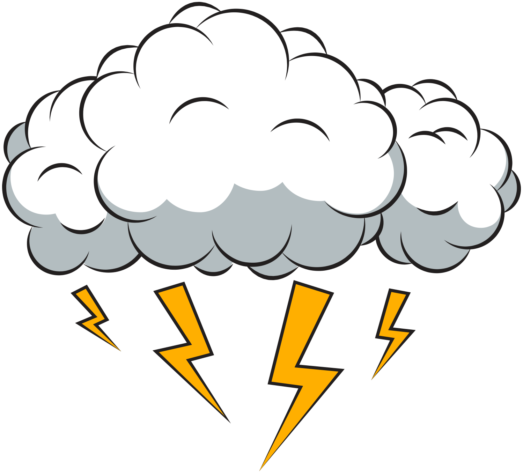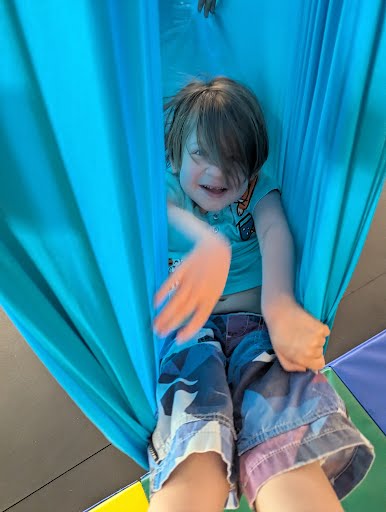
We had a *fantastic* summer in our new space. We’ve loved having an adventure area and more room to have fun. We moved in just two days before summer started and are really looking forward to cleaning and putting everything in its place. We’ve gotten to know some new families this year and it’s always a bunch of fun meeting new kids with such big personalities.
We received many results from our parent and staff survey and I wanted to address some of the topics below. I can’t do a clean summary because soooo much of the information was contradictory. If you didn’t get a chance to fill it out, then it is here: https://forms.gle/FGH1YPzTM9DqbHtY8
Changes we’re going to make:
* We’re going to bring back our weekly orientation with rules. This got dropped off this year because some of the rules were actively being developed, but it was definitely missed by both staff and kids.
* It was loud! We knew this. It’s really hard to hang sound absorbing material while the place is being used so much. We are *SO READY* to dampen the sound a bit. But also! We bought noise dampening headphones! Let your kids know that we’ll share them.
Changes we’re not going to make:
* Some parents would like us to take a more punitive approach with kiddos. We get it! Emotions can run high at STEAM Lab and sometimes kids can act out in frustration or are simply impulsive. Until we have cause to believe that a kiddo is being malicious, targeting someone, or a true danger to others we are not going to kick them out of our camp.
Adults with neurospicy kids still deserve to hold jobs. Neurospicy kids deserve a place that will work with them. Sometimes that comes at a cost for our quieter, shy kids, and we’re truly sorry for that, but we feel like they have a lot of options in town whereas many of our other kids do not.
We also have seen amazing empathy and understanding from our more typical kids as they learn co-regulation skills.. They also learn that it is safe for them to have a bad day and that taking an extra minute and withholding judgement can lead to forming an amazing friendship with someone whose uniquely wired brain comes up with some wildly creative ideas for games.
* We’ve gotten several requests for more structure. This isn’t something we’ll be fixing (mostly). Much of our feedback highlights our lack of structure in a positive way and we think its a good thing for *most* of our kids while recognizing that some fall through the cracks.
We did have people ask if we could push the theme harder for the kids and we’ll be thinking about how to do that while still allowing a lot of flexibility and choice. We may also start a list of which kids need a little more support with eating lunch and drinking water.
Changes coming down the road:
* Some folks are disappointed with our eating situation. We agree that eating out on the grass at our old location was better. We’re working on creating a side patio, but this is an expensive multi-year project. In the meantime, summer is busy and we do not have room to accommodate everyone at a table, so it will keep being the ground for now and we’ll keep sweeping and mopping.
Theme Suggestions (let us know which ones you love!):
* Mathematical Thinking,
* Game Jam,
* Architecture/Engineering,
* Science Experiements,
* Physics Challenges
Field Trip Suggestions (let us know which ones you love!):
* Animal Shelter,
* Fire Station,
* Lunch at the Senior Center,
* Longer day trips to Bandelier or SF,
* Hikes
Coming up!
After School: https://lasteamlab.com/shop/steam-lab-after-school-2025-6/
School Breaks: https://lasteamlab.com/shop/school-break-camps-2025-6/
Pre-K: https://lasteamlab.com/shop/pre-k-steam-classes-25-26/
We’ll be expanding our space even more to include the suite behind us. We’ll be adding more classes and also renting out classroom space at very affordable prices for local folks to teach and tutor. Let us know if you want to teach a class for us, or rent out the space!
Drop-ins!
This is a huge priority for us! But since we are no longer co-located with Samizdat Bookstore and Teahouse, we are hesitant to leave our teens in an empty building by themselves if we don’t have drop-ins show up. I know this was my summer job experience in HS, but age and time make me really uncomfortable doing that to my teens. We are looking for adults and families to volunteer to be building monitors. You have no job except to exist in the building and intervene in a truly emergency situation. Your kids will obviously get to come hang out for free. Let us know if you are interested.
Subscribe!
Keep up to date on blog posts and other important info by subscribing to our very infrequent newsletter: lasteamlab.com/subscribe

